Written texts are an essential element of diplomacy. Texts provide powers and accreditation for the diplomat. Texts contain his instructions and negotiating briefs. Texts are the main outcome of negotiations. For certain texts – or parts of texts – there exist stereotyped formulas: letters of accreditation, full powers, opening and final clauses of treaties, even diplomatic notes. For all texts that are meant to be shared with another party or other parties, there are traditional requirements of polite formulations. On the other hand, internal documents only follow the rules of the entity which employs them. For countries long active in international diplomacy, there used to be all sorts of regulations regarding the writing of dispatches, instructions, briefs, reports, etc. New forms and means of communicating have affected the manner in which documents of diplomacy are written today, be they internal or addressed to one or more external entities.
Documents exchanged between countries in the past were written in the single vehicular language then in use in Europe: Latin. In the 18th century French had become the generally accepted diplomatic language, so much so that even diplomatic notes addressed to the British Foreign Office by the Legation of the USA were written in that language. The 20th century saw a gradual emergence of English as a second and later even dominant diplomatic language. At the same time, a growing number of countries insisted on the use of their own language in diplomatic correspondence and joint diplomatic documents. As a result the United Nations admitted to five languages at its inception (Chinese, English, French, Russian and Spanish), to which Arabic has later been added by informal agreement. In the European Union, all twelve languages of the members are currently in use and their number is bound to grow as new members will be admitted. Translation and interpretation have therefore become a major element in present-day diplomatic life.
In this presentation, we will consider the issues of formal diplomatic documents, multi-language diplomatic texts, and the impact of information technology on diplomatic texts.
FORMAL DIPLOMATIC DOCUMENTS
Full powers were traditionally given by a proclamation addressed to no one in particular. Until recently at least, even the foreign secretary of the British government was provided with such powers by the queen, although practice and the Vienna Convention on Diplomatic Relations of 1961 have long admitted that a foreign minister, by virtue of his position, had all powers necessary to deal with foreign governments and to represent his government in international fora.
Letters of accreditation are always addressed to a specific destinatory, head of state or government, foreign minister, secretary-general of an international institution, etc. Their content is stereotyped, stating the full confidence of the accrediting actor in the accredited person and expressing the hope that the actor of accreditation will accord full credence to that accredited person. Full powers for specific purposes may be written in the same manner.
Diplomatic notes addressed by one entity to another had stereotyped beginnings and endings: XXX presents its compliments to YYY and has the honour to… XXX avails itself of this opportunity to renew to YYY the expression of its highest consideration. Each entity had to be presented with its full name, e.g. “The Ministry of Foreign Affairs of the Republic of”. In the operative text, shorter mentions, in particular “the Ministry”, would be used. Courtesy of language had to be respected even if the subject-matter was a strong protest or the notification of a rupture. Today, in most notes much of the formality is omitted and the style used is more reminiscent of the Aide-Mémoire of yore. Even where an agreement is embodied in an exchange of notes, it is no longer required that each side fully reproduces the content. It is considered sufficient if the note containing the offer states all relevant clauses whereas the note expressing acceptance simply refers to the offer and then states the terms of acceptance.
Treaties used to be written with much formality as regards the opening and the final clauses. The title mentioned the parties (two or more) in full and this was followed by an introductory statement again mentioning the parties in full as well as their representatives by name and title. This was mostly followed by a preamble and only then came the substantive clauses. The content of the final clauses varied but the style remained formal. For bilateral treaties there were two originals; each mentioning one of the parties first and being initialled and signed by the representative of that party on the left side. These originals were exchanged. Today, many treaties use simplified titles and mention of parties and omit the names of representatives altogether except at the bottom of the last page where the signatures have to be affixed.
Consent to be bound by a treaty other than by signature used to be expressed in a very formal document, known as an instrument of ratification or of accession (in the case of participation in a multilateral treaty by a non-signatory). Instruments of ratification of a bilateral treaty contained the full text of the national version followed by the statement of ratification. In the case of multilateral treaties the instrument was a proclamation of ratification or accession in stereotyped terms. It was handed over to the depository of the treaty in a formal ceremony. More recently, expression of consent to be bound has also been expressed by notification using the form of a diplomatic note. This possibility must be indicated in the final clauses of the treaty. The advantage of this approach is particularly evident in bilateral treaties, where it replaces the exchange of instruments of ratification by duly empowered representatives, an exchange that has to be minuted. Notification of consent to be bound can be forwarded by a diplomatic mission or even by mail.
MULTI-LANGUAGE DOCUMENTS
Except between countries using the same national or vehicular language, diplomatic documents, these days, tend to be written in two or more languages. In bilateral relations a difference is made between authentic languages and unofficial translations. If two languages are both authentic, the interpretation problems have to be solved by reference to both. Unofficial translations on the other hand have no value of authenticity. Sometimes, the unofficial translation is in the language of one party which is not used in international relations. Thus Israel used to insist that an unofficial translation in Hebrew be attached to bilateral agreements for which English would be used for the Israeli version. China on the other hand insists that all diplomatic documents emanating from it be written in Chinese, but accepts that an unofficial translation into English be attached to them.
The writing of treaties in several languages is a complex task, especially if one or more of these languages are not used during the actual negotiation. Versions in working languages are based on the records of simultaneous interpretation. Versions in other languages have to be prepared separately. All have to go before the drafting committee which therefore needs at least one member for each language. Preferably however members of a drafting committee should master two or more of the languages used so as to ensure proper concordance of texts. The drafts submitted to the committee are prepared by the secretariat of the negotiating body, which must check recordings of simultaneous interpretation and produce versions in languages which were not used as working languages. The complexity of the task of a drafting committee explains why, in some cases, it will re-convene after the treaty has already been authenticated, with the express competence of making linguistic adjustments between the various versions.
Problems akin to those encountered with multilingual texts may arise with diplomatic texts negotiated and written in a single language when two or more countries are involved. For German speakers from Austria, Germany and Switzerland the same word may not have exactly the same meaning. This is even more pronounced among countries using English as a vehicular language, or Spanish, whereas in the case of French the meaning attributed by France tends to be generally accepted.
THE IMPACT OF INFORMATION TECHNOLOGY
Information technology allows for working on a text which is displayed on computer screens or projected on a wall screen from a computer if the negotiation takes place in a conference room. This text can be directly amended, including by inserting versions in brackets on the display, or proposed amendments can be written into hypertext links. This last approach is particularly useful in multilateral negotiations conducted on the Internet, either in real time encounters or, even more, when negotiators can make their input in their own time and the secretariat from time to time sums up the situation.
The recourse to information technology is probably going to modify the presentation of bilateral agreements. These are likely to be written in a single version and no longer put down in two original documents. The lengthy mention of parties with their full names and the names of negotiators is likely to disappear. Consent to be bound may be expressed by notification over the Internet.
Multilateral treaties are always written in a single original, so recourse to information technology will not change anything in this regard. But ratification and accession can be notified over the Internet just as in the case of bilateral treaties.
Information technology is also likely to help with multilingual texts. There already exists software for translation, although this can at best produce a very rough draft that will have to be carefully edited. By working on texts accessible over the Internet, translators from various countries will be able to compare notes and thus help to produce better adjusted versions in the various languages of the treaty.
Information technology however also presents potential problems regarding the finalisation of an agreed text, in particular if this takes place over the Internet. Safeguards will have to be found to prevent a party from tampering with a finally agreed version.
SOME FINAL REMARKS REGARDING THE GENERAL IMPORTANCE OF LANGUAGE
We are living in a time when attention to good use of language tends to lapse. Media often use deplorable language, both spoken and written, and there is a definite danger that future diplomats will no longer master properly even their own mother tongue, let alone vehicular languages like English, French or Spanish. This will create additional difficulties in the implementation of existing agreements. As is well known, unclear language is often used to mask divergencies under the appearance of agreement. When these divergencies re-appear as a result of differing interpretation by the parties concerned, it is essential that those who may be entrusted with proposing solutions to such disputes fully master the language(s) concerned.
Information technology could provide help in solving insufficient mastery of languages. Interactive teaching can force the student to really grapple with the language he is learning and thus to achieve more than just superficial fluency. New texts negotiated with recourse to information technology can be better understood because all successive versions and the reactions to them remain documented. Hopefully this will lead to a newly enhanced linguistic culture in diplomacy.
You may also be interested in
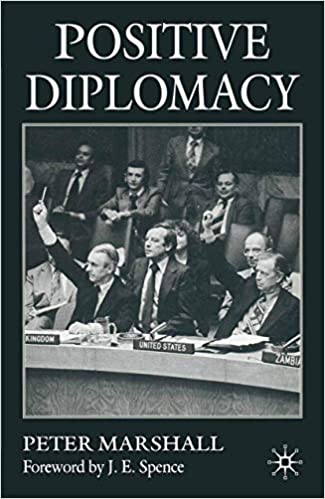
Positive Diplomacy
The message details how positive diplomacy serves as an effective tool in building relationships and resolving conflicts between nations. It emphasizes the importance of mutual respect, cooperation, and understanding in diplomatic interactions for achieving peaceful resolutions and fostering international cooperation. Using positive communication and dialogue, countries can work together to address common challenges and build a more stable and prosperous global community.

Wilton Park: sui generis knowledge organisation
In his paper, Colin Jennings describes the way Wilton Park – an executive agency of the British FCO – operates. He highlights some of the key reasons for its success, and identifies some specific outcomes of the conferences organised by Wilton Park. The author also offers a few reflection on knowledge management based on his many years of experience.

ConfTech Help Desk: Frequently asked questions
The resource contains a list of commonly asked questions about the set-up of online meetings and conferences and the use of online conferencing tools.
The School for Ambassadors
The School for Ambassadors" is a fictional story about a school that trains individuals to become diplomats and navigate international relations. The main character, Simona, faces challenges and grows through her experiences, learning valuable lessons about diplomacy and personal growth. The story highlights the importance of communication, cultural awareness, and adapting to new environments in the field of diplomacy.
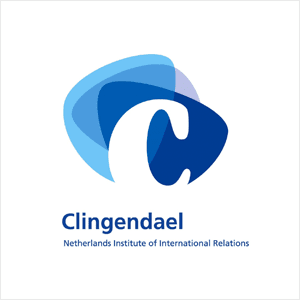
Dialogue-based Public Diplomacy: A New Foreign Policy Paradigm?
The text explores dialogue-based public diplomacy as a potential new foreign policy paradigm, analyzing its effectiveness and implications for diplomatic practice in contemporary international relations.
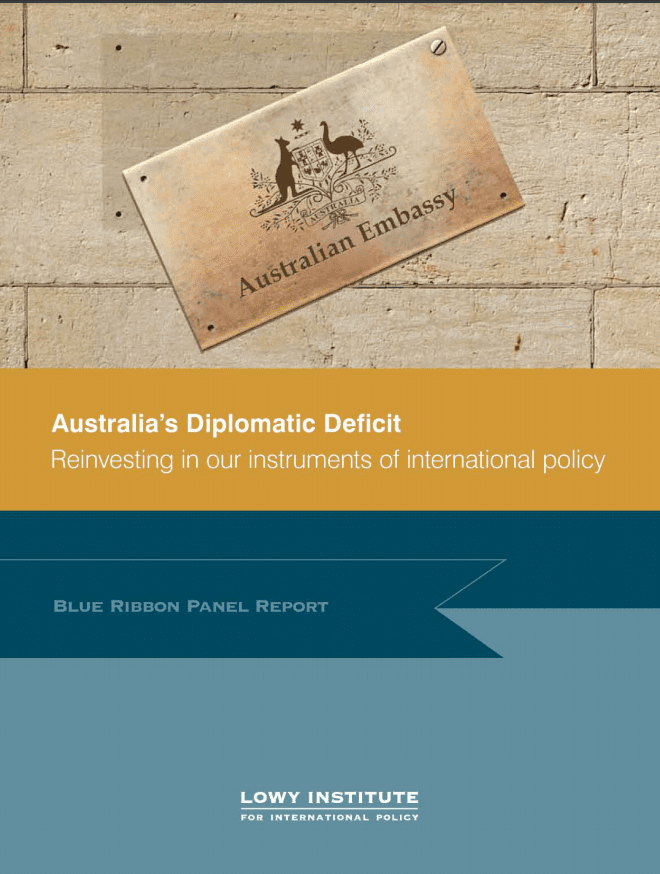
Australia’s Diplomatic Deficit: Reinvesting in Our Instruments of International Policy
The text discusses the importance of Australia re-investing in its instruments of international policy to address its diplomatic deficit.
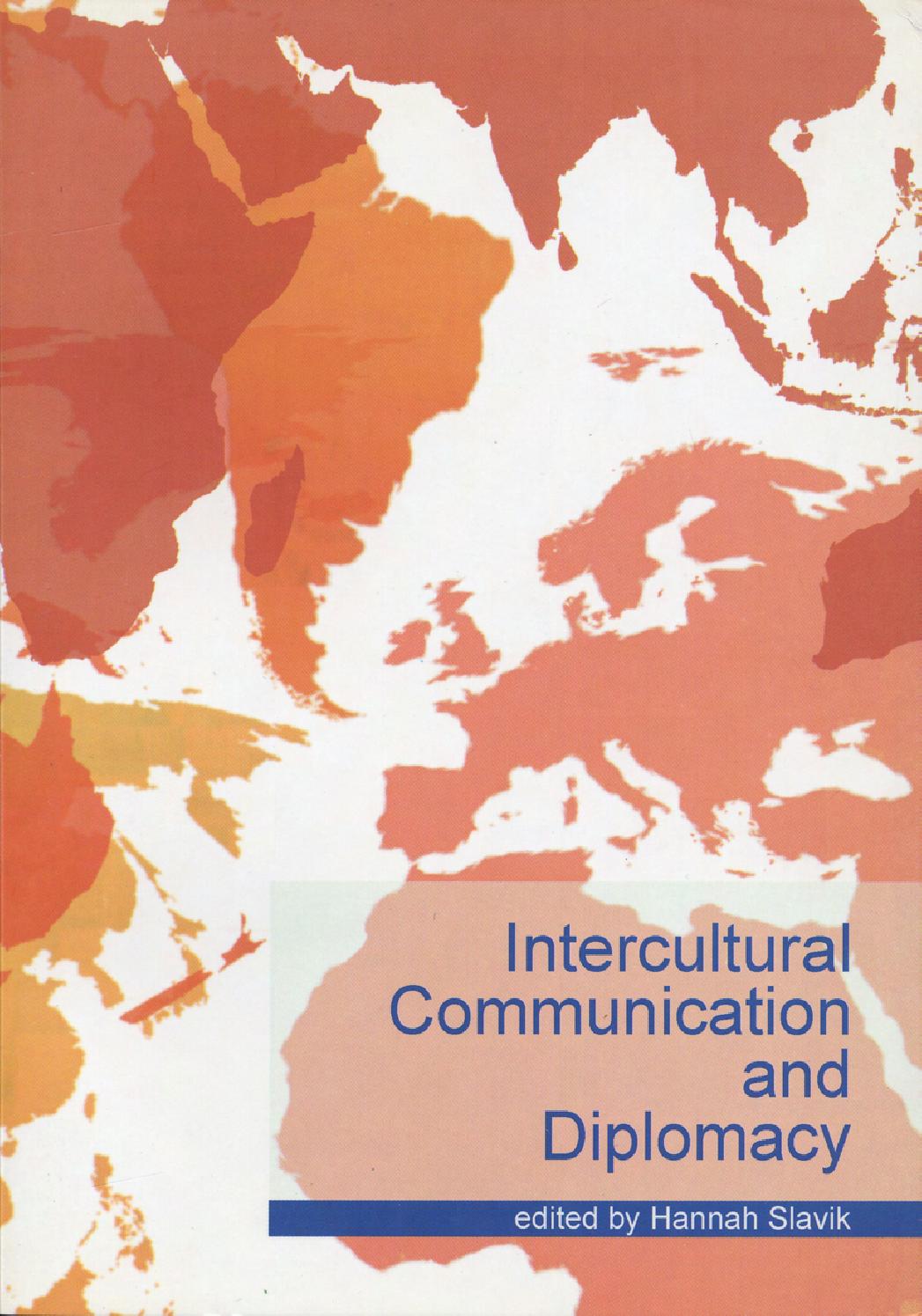
Lessons from two fields
A conversation between a diplomat and an interculturalist, combining real-life examples from the diplomatic field with intercultural theory.

[GUIDE] Who should be on your organising team?
Human resources is a common issue among event organisers. The size of your organising team depends on the size of your event (and your budget).
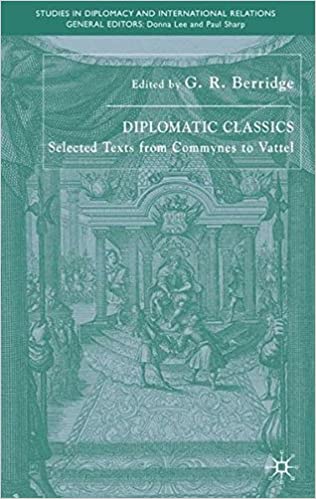
Diplomatic Classics: Selected texts from Commynes to Vattel
The message will focus on highlighting the importance of classic diplomatic texts from Commynes to Vattel in understanding diplomatic history and principles, fostering a deeper comprehension of international relations.
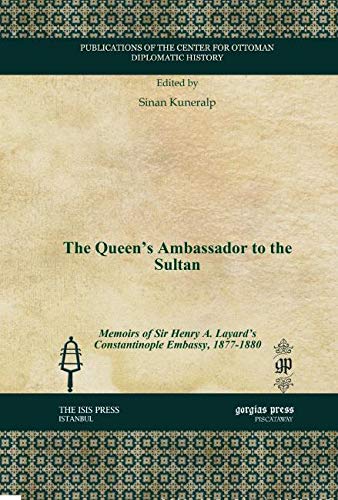
The Queen’s Ambassador to the Sultan: Memoirs of Sir Henry A. Layard’s Constantinople Embassy, 1877-1880
Once more students of Ottoman diplomatic history are in debt to the scholar-publisher, Sinan Kuneralp, for Sir Henry Layard was one of the most remarkable and controversial of British ambassadors to Turkey in the nineteenth century and served there during the Russo-Turkish War of 1877-8 – and yet the volumes of his memoirs dealing with this period have hitherto languished unpublished in the British Library, in part perhaps because of their size. (Layard admits himself to having been ‘somewhat minute, perhaps a great deal too much so’, p. 692.)They are here published almost in their entir...
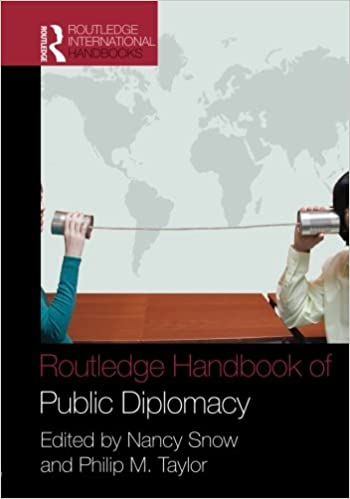
Routledge Handbook of Public Diplomacy
The Routledge Handbook of Public Diplomacy explores the field's evolution, challenges, and strategies in the modern interconnected world. It investigates the role of both state and non-state actors in shaping international relations through communication and cultural exchange, emphasizing the importance of building relationships and understanding diverse perspectives for effective public diplomacy efforts.

The role of diplomatic missions in Open Government
The purpose of this research paper is to assess the degree to which Open Government values and principles are being implemented by the diplomatic missions of Moldova and Malta, particularly in regards to their work with civil society and citizens' participation in policy-making.
The inertia of Diplomacy
Diplomacy is used to manage the goals of foreign policy focusing on communication. New trends affect the institution of diplomacy in different ways. Diplomacy has received an additional tool in the form of the Internet. In various cases of interdependence and dependence interference in a country’s affairs is accepted. Multilateral cooperation has created parliamentary diplomacy and a new type of diplomat, the international civil servant. States and their diplomats are in demand to curb the excesses of globalization. The fight against terrorism also brought additional work for diplomac...
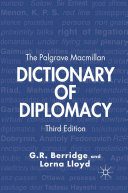
The Palgrave Macmillan Dictionary of Diplomacy
Book by Geoff Berridge

[HOW-TO] How to use Jitsi for hosting an event
Jitsi is a set of open-source projects that enables users to create secure video conferences easily.
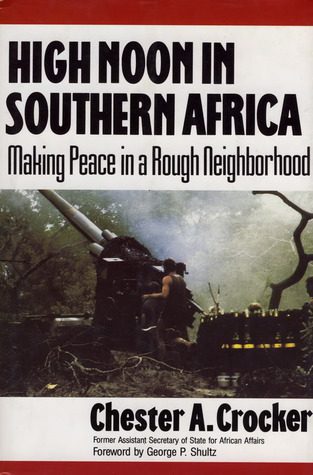
High Noon in Southern Africa: Making Peace in a Rough Neighbourhood
The text is about the challenges of achieving peace in Southern Africa amid regional conflicts and political instability.
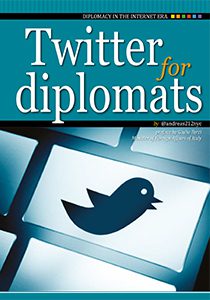
Twitter for Diplomats
Twitter for Diplomats is not a manual, or a list of what to do or not to do. It is rather a collection of information, anecdotes, and experiences. It recounts a few episodes involving foreign ministers and ambassadors, as well as their ways of interacting with the tool and exploring its great potential. It wants to inspire ambassadors and diplomats to open and nurture their accounts – and it wants to inspire all of us to use Twitter to also listen and open our minds.

Diplomacy, international intervention and post-War Reconstruction
This paper focuses on interactions between states, international organisations and local authorities in the implementation of the Dayton Accords for Bosnia and Herzegovina. It stresses the importance of reassessing the very mechanism of functioning of the international community and its efforts for post-war reconstruction, including the issues of mutual cooperation, elaboration of existing structures and vision and perspective for the future.
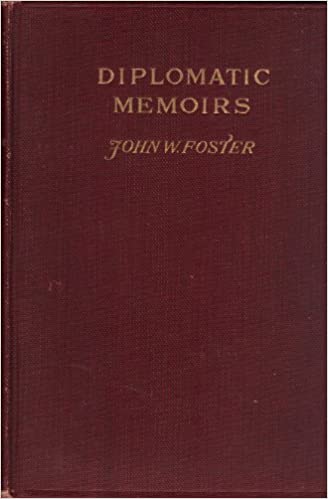
A Selection of New diplomatic memoirs
I have just written a review article on these six books of British diplomatic memoirs for the English Historical Journal, so here I shall just provide some notes on those that I believe to be most valuable to students of diplomacy.
Do the Experts Mean What Their Metaphors Say? An Exploration of Metaphor in Mediation Literature
The message explores the use of metaphor in mediation literature to determine if experts truly align with what their metaphors suggest.
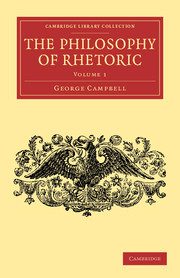
Philosophy of Rhetoric
The author introduces a series of Essays on Rhetoric, explaining their origins and interconnection. This work has been a lifelong pursuit since 1750 and is structured based on a plan laid out in the first two chapters.
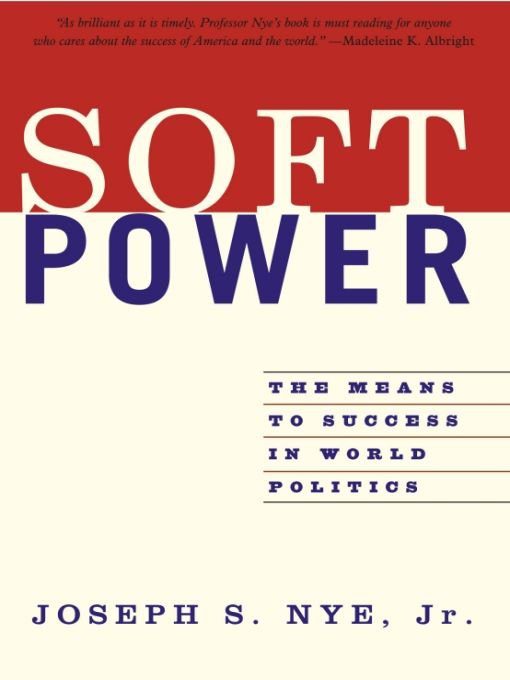
Soft Power by Joseph Nye
In his book, Nye reminds us that many countries have "soft power" to different extents. Their origins are different, but they work the same way as the "U.S.'s soft power."
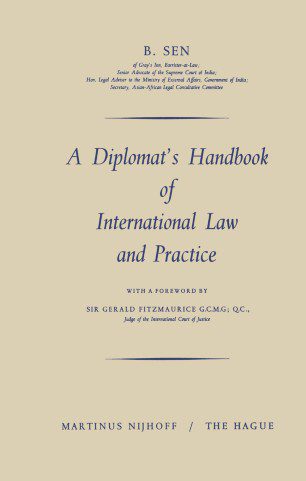
A Diplomat’s Handbook of International Law and Practice
The following text outlines guidelines for diplomats on international law and practice.
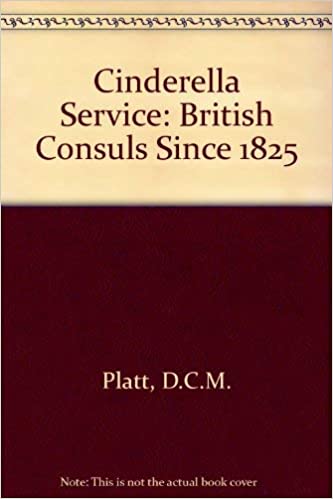
The Cinderella Service: British Consuls since 1825
The British Consul Service has evolved over the years since 1825, adapting to modern times while maintaining its traditional values and responsibilities.
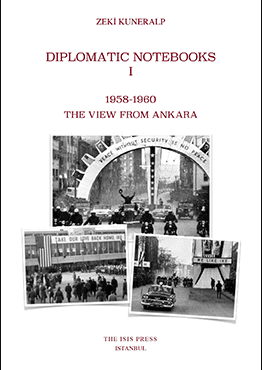
Just a Diplomat
Close students of the new, Conservative Party Mayor of London, the at once engaging and alarming Boris Johnson, will know that he has Turkish cousins. One of these is Sinan Kuneralp, a son of the late Zeki Kuneralp, probably the most distinguished and well liked Turkish diplomat of his generation. Sinan Kuneralp is a scholar-publisher and runs The Isis Press in Istanbul, a house at the forefront of publishing scholarly works and original documents on the Ottoman Empire, chiefly in English and French. The three works noticed here are all its products and reflect the publisher’s own special in...
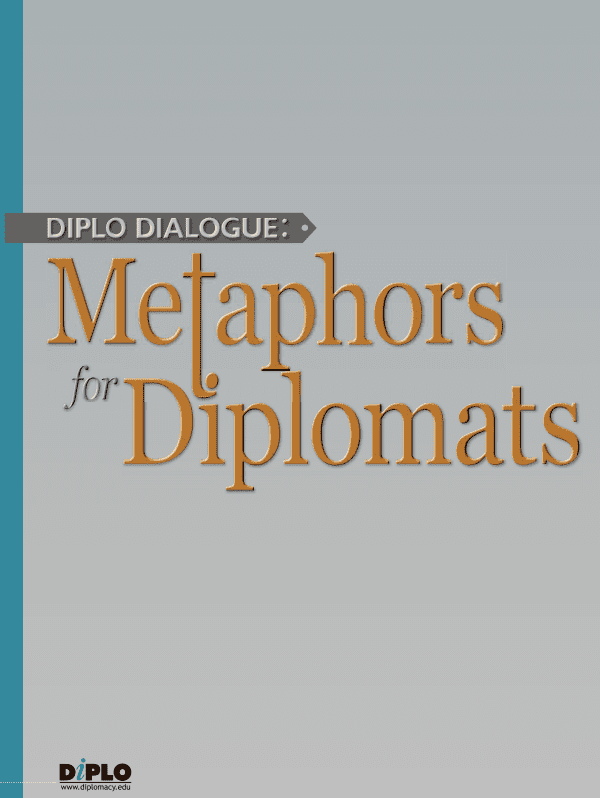
DiploDialogue – Metaphors for Diplomats
On Diplo’s blog, in Diplo’s classrooms, and at Diplo’s events, dialogues stretch over a series of entries, comments, and exchanges and may even linger. DiploDialogue summarises. It’s like in sports events: DiploDialogue aims to bring focus by deleting what, in hindsight, is less relevant. In this first DiploDialogue, Katharina Höne and Aldo Matteucci discuss the usefulness of analogies and metaphors for understanding international relations and diplomacy.

Language and Diplomacy: Preface
Part of Language and Diplomacy (2001): In the preface below, Jovan Kurbalija and Hannah Slavik introduce the chapters in the book, and extract the general themes covered by the various authors.
Diplomatic Reporting: No need to compete with media (CNN, BBC)
In the late 1990s, when Ambassador Nabil Fahmy became Egyptian ambassador in the United States, he decided to change diplomatic reporting from his embassy. Although it was in the early days of the Internet, most of his reasoning about diplomatic reporting is as relevant today as it was more than decade ago.

Visa Denial Diplomacy
The text discusses how diplomats can use visa denials as a diplomatic tool to express dissatisfaction or send a message to another country. It highlights that while visa denials can strain relations, they can also be a strategic way to convey disapproval or communicate diplomatic signals. Diplomats may utilize this tactic to convey a variety of messages to other nations, influencing their behavior or actions through the denial of visas.
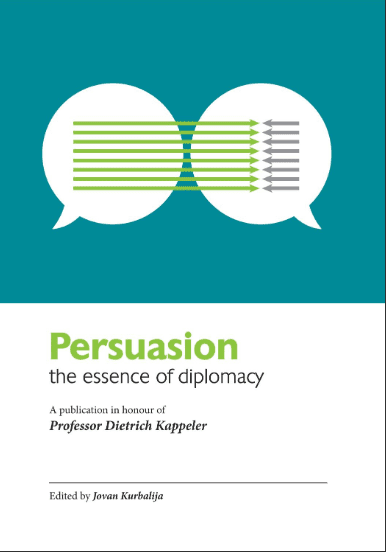
On the proper use of violence: reflections on the fall of the Soviet Union
Professor Andre Liebich approaches the potential and limits of persuasion through the analysis of the use of coercion in political life. Two concepts – persuasion and coercion – are usually seen in binary way, as Dr Vella indicates in his article Persuasion is winning over by argument; coercion is subjecting by compulsion. Prof.
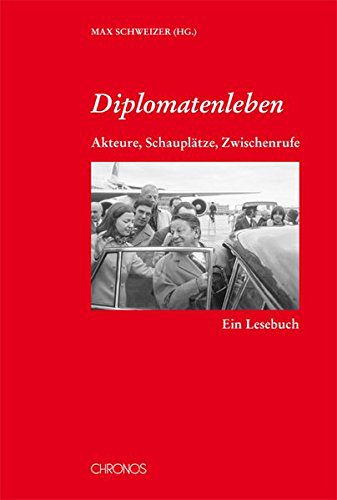
Diplomatenleben
A must-have for German-speaking students of Swiss diplomacy (and diplomacy generally) since the Second World War is Dr. Max Schweizer’s recently published Diplomatenleben.
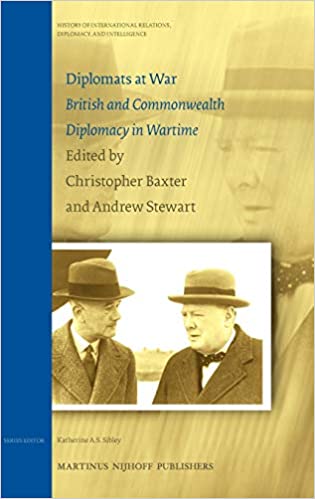
Diplomats at War: British and Commonwealth diplomacy in wartime
In their Preface, the editors of Diplomats at War say that the two world wars in the twentieth century had a “catalytic impact upon the practice of diplomacy”; among other things, they continue, this produced “an unprecedented revolution” in the way heads of mission conducted their business.
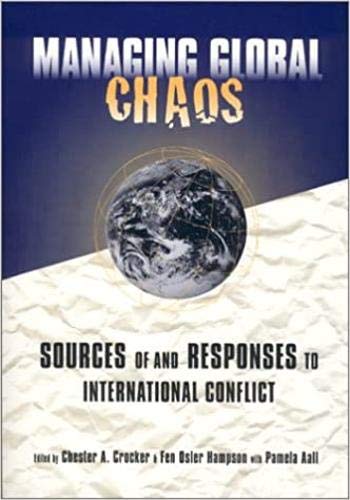
Managing Global Chaos
The message deals with strategies for managing global chaos. It discusses the importance of adaptability, resilience, and communication in navigating turbulent international waters. Leaders are advised to anticipate challenges, foster collaboration, and maintain a proactive approach to addressing crises on a global scale. The text emphasizes the need for flexibility and innovation to effectively manage chaos in a rapidly changing world.
[HOW-TO] Comment utiliser Zoom pour organiser des réunions en ligne
La facilité d'utilisation de Zoom l'a mérité une place de choix parmi les plateformes en ligne les plus populaires au monde. Dans ce guide, nous vous montrons comment l'utiliser.

[HOW-TO] Comment participer à une réunion sur Zoom
Zoom est l'un des outils en ligne les plus populaires. Si vous êtes novice, voici un guide simple pour accéder à votre salle en ligne en Zoom.

[GUIDE] Livestreaming on social media platforms
The number of social media users has increased exponentially. By livestreaming your meeting on social media, you can scale your outreach.

Global health diplomacy: Advancing foreign policy and global health interests
Attention to global health diplomacy has been rising but the future holds challenges, including a difficult budgetary environment. Going forward, both global health and foreign policy practitioners would benefit from working more closely together to achieve greater mutual understanding and to advance respective mutual goals.
Prenegotiation and Mediation: The Anglo-Argentine Diplomacy after the Falklands/Malvinas War (1983-1989)
This paper studies the process of prenegotiation and the role of mediators during the negotiations between the Argentine and British governments about the dispute over the sovereignty of the Falkland/Malvinas Islands from immediately after the war of 1982 to 1990. In this period, the relationship between both governments evolved from rupture and no-relations to the agreement on the conditions to negotiate the renewal of full diplomatic relations concluded in early 1990. In a preliminary process of prenegotiation, the governments of Switzerland, initially, and the United States played a ro...
The Matrix of Face: An Updated Face-Negotiation Theory
The message provides an in-depth discussion on the updated Face-Negotiation Theory, titled "The Matrix of Face.
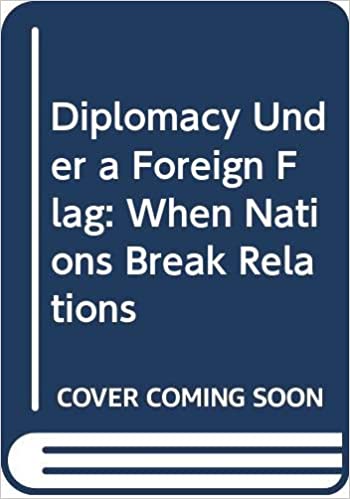
Diplomacy under a Foreign Flag: When nations break relations
The text is about diplomatic relations between countries and the implications of breaking these ties.

Persuasion, trust, and personal credibility
Ambassador Kishan Rana indicates the cultivation of relations and the credibility of diplomats as the basis for persuasion in diplomacy. He provides an initial taxonomy of the type of relations that diplomats should cultivate. When it comes to credibility, Ambassador Rana presents the main ways of developing and maintaining credibility in diplomatic relations. The more credible the diplomat, the more likely it is that their persuasion with local interlocutors will be successful.
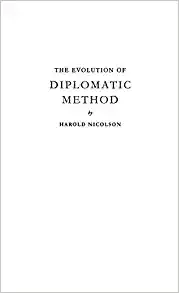
The Evolution of Diplomatic Method
The Evolution of Diplomatic Method discusses the changing nature of diplomacy over time. From traditional methods to modern practices, diplomacy has adapted to technological advancements and global challenges. The article emphasizes the importance of evolving diplomatic strategies to effectively address the complexities of the contemporary world.
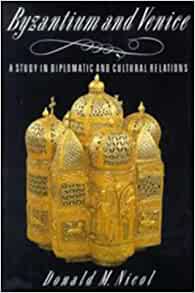
Byzantium and Venice: A study in diplomatic and cultural relations
This book traces the diplomatic, cultural and commercial links between Constantinople and Venice from the foundation of the Venetian republic to the fall of the Byzantine Empire. It aims to show how, especially after the Fourth Crusade in 1204, the Venetians came to dominate first the Genoese and thereafter the whole Byzantine economy. At the same time the author points to those important cultural and, above all, political reasons why the relationship between the two states was always inherently unstable.
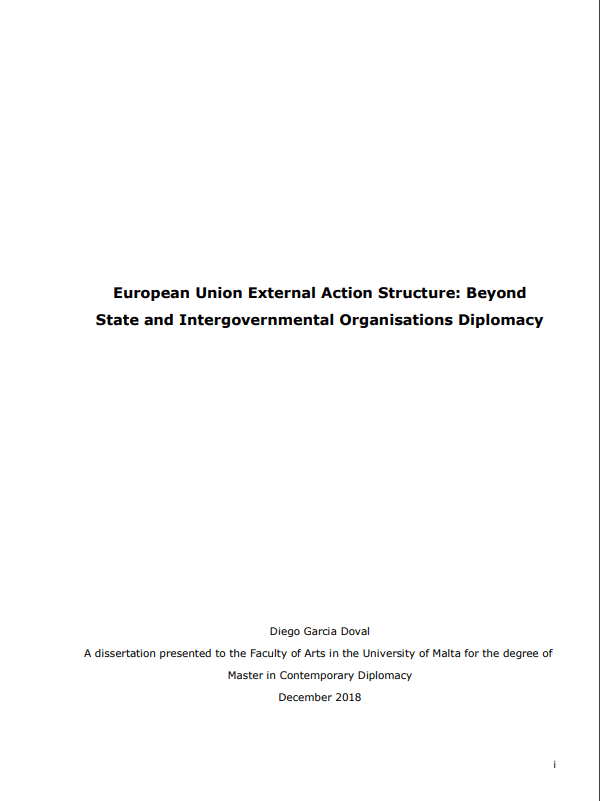
European Union external action structure: Beyond state and intergovernmental organisations diplomacy
This dissertation analyses the organisation of the external action structures of the European Union. As an international actor which is beyond a state, but also different to traditional international organisations, the EU has created a “diplomatic constellation” in which diplomacy from member states is not substituted but complemented by EU external action.

[HOW-TO] The 8 rules of conduct for online meetings
The online world has some unwritten but recommended rules of (good) behaviour. Keep them in mind when you're attending an online meeting or event.

The Permanent Under-Secretary of State: A brief history of the office and its holders
As the title of this booklet indicates, it is only a brief history of this increasingly influential office in the British Foreign & Commonwealth Office. Nevertheless, as one would expect from its provenance, it is completely authoritative, fluently written, draws on previously under-exploited archives, and includes many nineteenth century photographs never previously published.
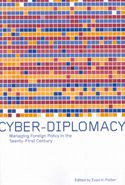
Cyber-diplomacy: Managing Foreign Policy in the Twenty-first Century
Cyber-diplomacy: Managing Foreign Policy in the Twenty-first Century" discusses the importance of digital diplomacy in modern international relations. It explores how governments can leverage technology to engage with other countries, protect national interests, and navigate cyber threats effectively. This book offers insights into how cyber-diplomacy is reshaping traditional diplomatic practices and the key role it plays in shaping foreign policy in the digital age.

Persuading and resisting persuasion
Dr Alex Sceberras Trigona stresses that not only persuasion but also resisting persuasion is highly important for small states, which tend to be seen as the ‘diplomatic prey’ of great powers. He analyses three examples of successful persuasion from Maltese diplomatic history. First were the negotiations on Maltese neutrality, which required a lot of persuasion of two major Cold War powers and numerous regional players in the Mediterranean.
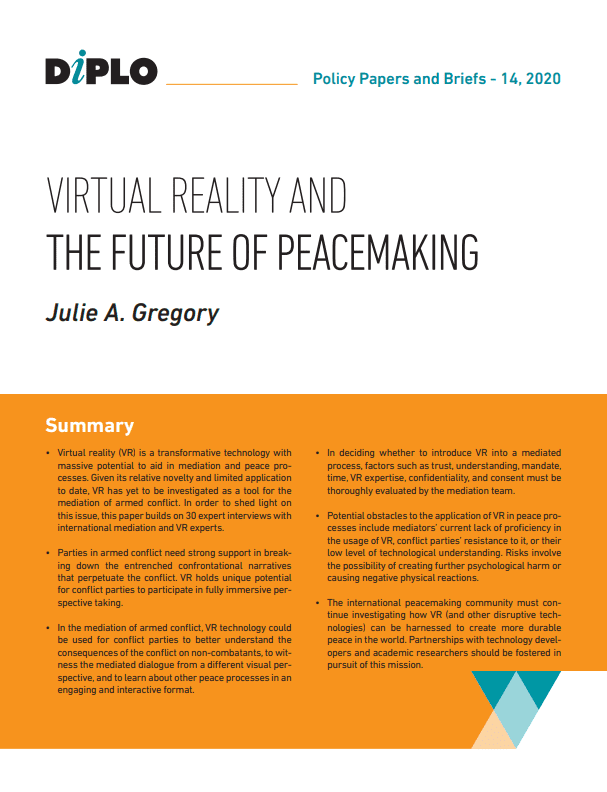
Virtual Reality and the Future of Peacemaking (Briefing Paper #14)
The briefing paper discusses the potential of virtual reality in fostering peacebuilding efforts worldwide. Through VR technology, individuals can develop empathy, understand different perspectives, and communicate effectively, facilitating conflict resolution. VR applications can simulate real-life scenarios, promote dialogue, and reduce prejudice by experiencing situations from another's point of view. This innovative approach has the potential to enhance peacebuilding initiatives and create a more connected and understanding global community.

The Work of Diplomacy
The message explores the importance and intricacies of the diplomatic process, emphasizing its pivotal role in negotiating peace, resolving conflicts, and fostering international relationships. Diplomacy requires skill, tact, and strategy to navigate complex political landscapes effectively, ultimately aiming to promote stability and cooperation between nations.

EU Turkey negotiations: Obstacles to Turkey’s application to join the EU
Turkey’s accession to the European Union is one of the most controversial topics the EU faces. There is a division both between EU Politicians and European citizens about Turkey’s accession to the EU. For a number of factors, the Turkish application has not been perceived by the EU in the same way as other applications. In fact, various Chapters are blocked due to the uneasy relationship which exists between Turkey and some EU Member States.
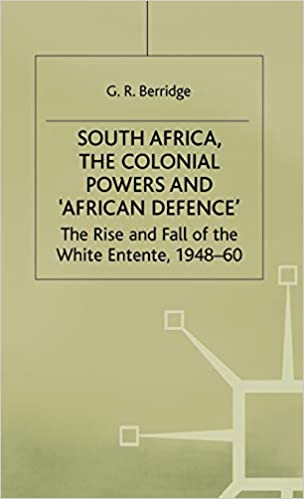
South Africa, the Colonial Powers and ‘African Defence’: The rise and fall of the white entente, 1948-60
This book describes the fate of South Africa's drive, which began in 1949, to associate itself with Britain, France, Portugal and Belgium in an African Defence Pact. It describes how South Africa had to settle for an entente rather than an alliance, and how even this had been greatly emasculated by 1960. In light of this case, the book considers the argument that ententes have the advantages of alliances without their disadvantages, and concludes that this is exaggerated.
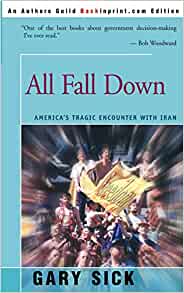
All Fall Down: America’s fateful encounter with Iran
All Fall Down is the definitive chronicle of Americas experience with the Iranian revolution and the hostage crisis of 1978-81. Drawing on internal government documents, it recounts the controversies, decisions and uncertainties that made this a unique chapter in modern American history. From his personal experiences, the author draws revealing portraits of the people who engaged in this test of wills with an Islamic revolutionary regime.
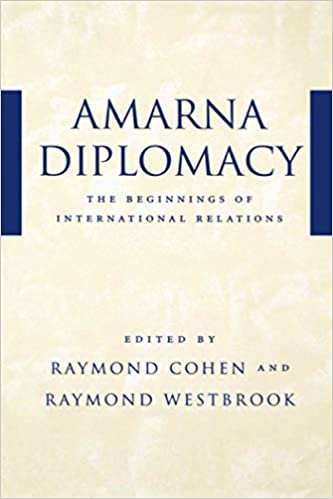
Amarna Diplomacy: The Beginnings of International Relations
The text discusses the emergence of diplomatic relationships during the Amarna period, highlighting how this era marked the start of international relations.
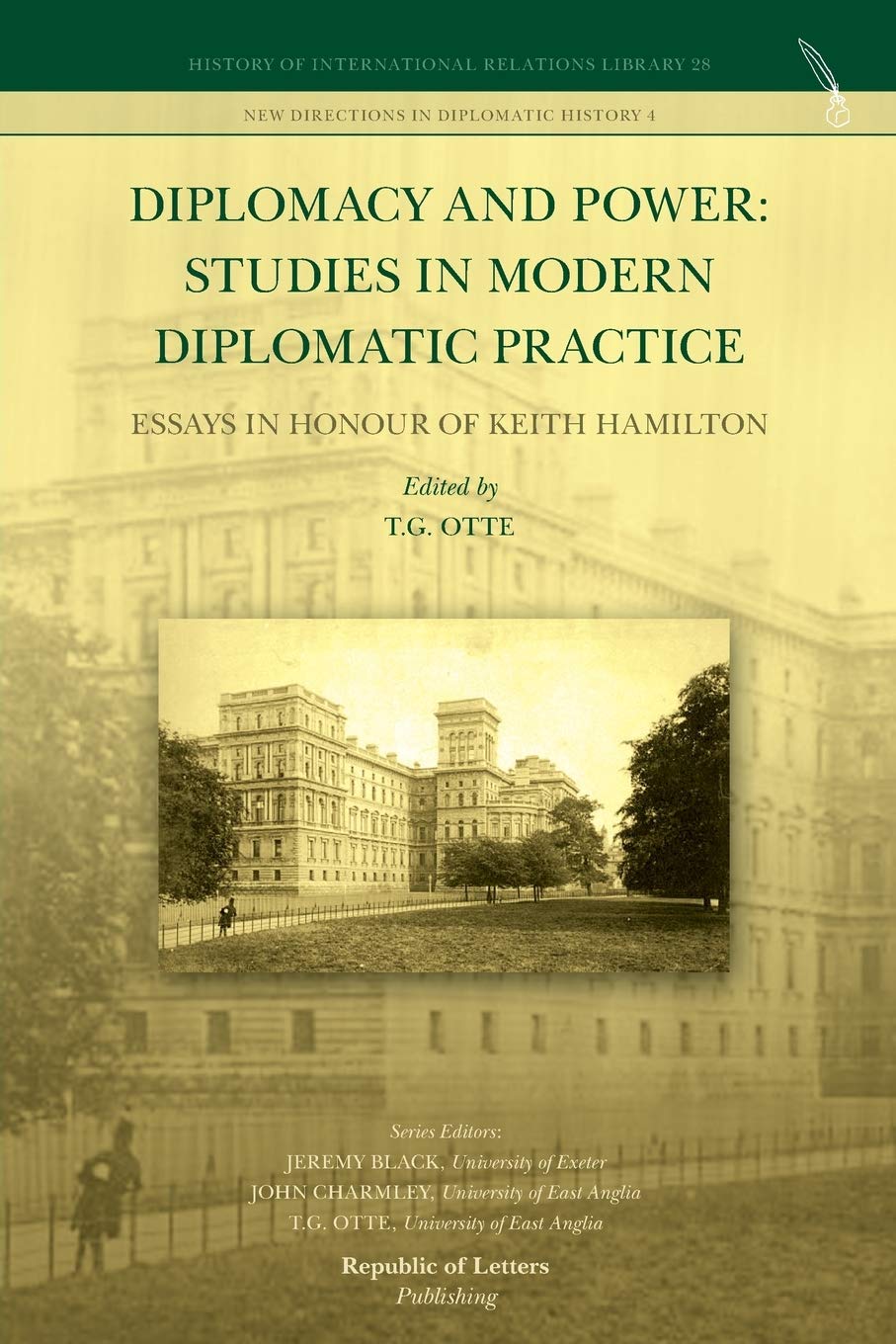
Diplomacy and Power: Studies in Modern Diplomatic Practice
The text explores the complex relationship between diplomacy and power, analysing their interconnectedness and interactions on the global stage.

The Role of Nigeria in Restoring Peace in West Africa
Remmy Nweke attempts a search into the rationale behind Nigeria‟s decision to make Africa the cornerstone of her foreign policy.
The Death of Ambassador Chris Stevens, the Need for ‘Expeditionary Diplomacy,’ and the Real Lessons for U.S. Diplomacy
The text discusses the death of Ambassador Chris Stevens, emphasizes the necessity of "Expeditionary Diplomacy," and highlights key lessons for U.S. diplomacy.

Persuasion
In "Persuasion", the protagonist, Anne Elliot, faces societal pressures and second chances as she navigates love and relationships. This classic novel by Jane Austen explores themes of social class, family dynamics, and the consequences of past decisions on one's future. Anne's character development and resilience in the face of adversity are central to the story, making it a timeless tale of love, perseverance, and personal growth.
Intractable Syria? Insights from the Scholarly Literature on the Failure of Mediation
The article discusses the challenges and reasons behind the failure of mediation efforts in Syria based on scholarly literature.
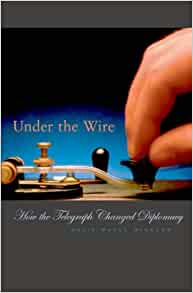
Under the Wire: How the Telegraph Changed Diplomacy
Review by Geoff Berridge
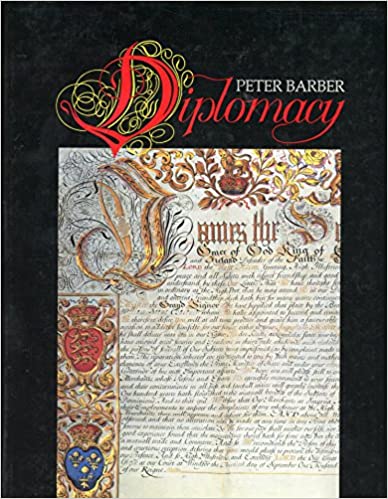
Diplomacy: The world of the honest spy
In a world of diplomacy, honesty is key even for spies.
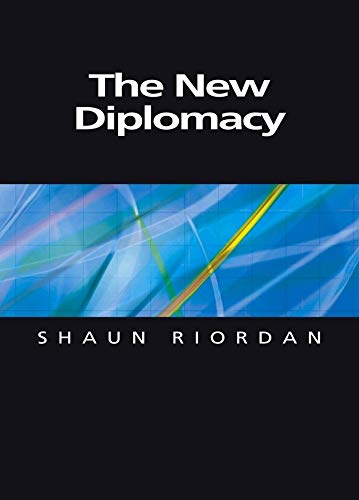
The New Diplomacy
Shaun Riordan was a British diplomat for 16 years before resigning in 2000 to take up private consultancy work and journalism in Spain, where he had ended his diplomatic career as political officer in the embassy. He has written a conceptually flawed, often vague, sometimes contradictory, and essentially polemical attack on 'traditional diplomacy'. It is also peppered with New Labour jargon ('stakeholders', 'global governance', 'civil society'), has its fair measure of superficially examined mantras, misquotes Clausewitz, and sports a shop-soiled title - is he not aware that Abba Ebban publish...

Persuasion through negotiation at the Congress of Vienna 1814-1815
Dr Paul Meerts discusses persuasion in the context of the Vienna Congress (1814–1815), one of the most successful diplomatic events in history. The Vienna Congress created long-lasting peace and set the basic rules of multilateral diplomacy and protocol. Dr Meerts’s paper focuses on how the Vienna Congress addressed one of the main challenges of any negotiations: the more actors you have around the table, the less effective those negotiations are.

Tech Diplomacy: Actors, Trends, and Controversies
In today’s world, tech diplomacy bridges governments and tech companies, focusing on governance, policy, and cooperation in digital technologies and AI. This publication examines its definition, relevance, key actors, methods, and global hubs. It builds on prior reports and highlights Denmark’s pioneering efforts in establishing a dedicated tech diplomacy policy.

[GUIDE] Using FOSS platforms for your online meetings
Free and open source software (FOSS) platforms are a great option for those who prefer a tool developed in a collaborative and public manner.

Conflict resolution and peace building (disseration by Unisa Sahid Kamara)
Unisa Kamara's dissertation seeks to give an account of the Sierra Leone conflict and the different measures and strategies including diplomatic attempts and efforts that were employed by various parties in trying to secure a peaceful and durable solution to it. The paper discusses the peace building measures and activities that were employed in sustaining the Sierra Leone peace process after the attainment of a negotiated settlement.

Message on Switzerland’s International Cooperation in 2013-2016
The text discusses Switzerland's international cooperation activities from 2013 to 2016.

Regional water cooperation in the Arab – Israeli Conflict: A case study of the West Bank
The conflict between Israel and Arab countries, with several devastating wars, is about territory and land, and maybe just as crucially on the water that flows through that land. This dissertation, an analysis of the management of water in the West Bank, as a case study, seeks to underline the possibility of using soft power diplomacy, in addition to mediation and water cooperation, for a more collaborative kind of approach to the conflict.
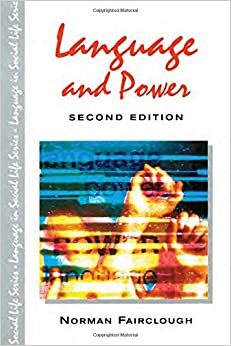
Language and Power
The text discusses the relationship between language and power, highlighting how language can be used to manipulate and control individuals and societies. It explores how those in power often dictate the norms and values through language, influencing perceptions and behaviors. The text also emphasizes the importance of recognizing and challenging power dynamics embedded in language to promote equality and social change. Language is portrayed as a tool that can both reinforce and challenge power structures within a society.

Talking to Americans: Problems of language and diplomacy
Part of Language and Diplomacy (2001): Professor Paul Sharp discusses negotiation with American mediators. He notes that most literature on negotiation is written to advise Americans and other Westerners about negotiating with foreigners.

Beyond diplomatic – the unravelling of history
In his paper, Robert Alston travels through time to rekindle an important highlight – as well as a personal highlight – in the history of knowledge management. His journey takes him back to the 1850s, which saw Antonio Panizzi’s efforts in creating a universal repository of knowledge in the British Museum; and to the 1990s, a time in which he acquired first-hand experience at the same museum, drawing conclusions on the various available ways of navigating large bibliographical and archival databases.

Framing an argument
Dr Biljana Scott’s article on framing an argument introduces the linguistic and rhetoric aspects of persuasion. The way in which we frame an issue largely determines how that issue will be understood and acted upon. By dissecting Obama’s Nobel Prize acceptance speech of December 2010, Dr Scott illustrates the main techniques for framing an argument.
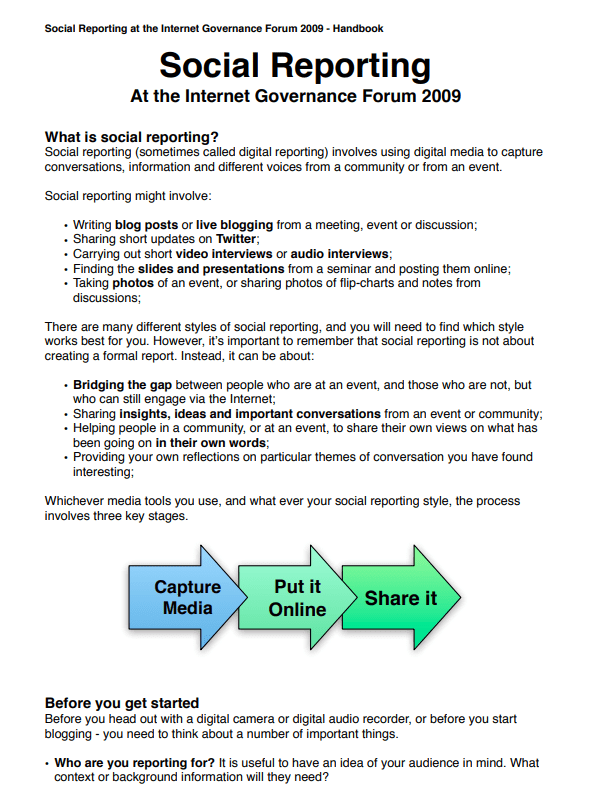
Handbook on Social Reporting
A Social Reporting Handbook was created in response to the growing trends and needs of E-participation during important global and regional policy forums: it provided useful guidance on what social reporting is, why it is needed, and how to report from the events. The international and regional policy forums are not only taking place inside conference centres, but also across the world via Internet tools such as remote participation and social media. It is important to help involve professionals to embrace social media tools in order to extend their personal and institutional capabilities to l...
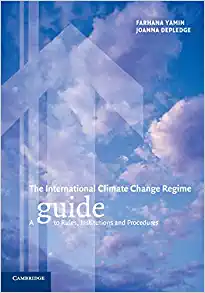
The International Climate Change regime: A Guide to Rules, Institutions and Procedures
The International Climate Change regime is a comprehensive guide that outlines the rules, institutions, and procedures related to addressing climate change on a global scale.
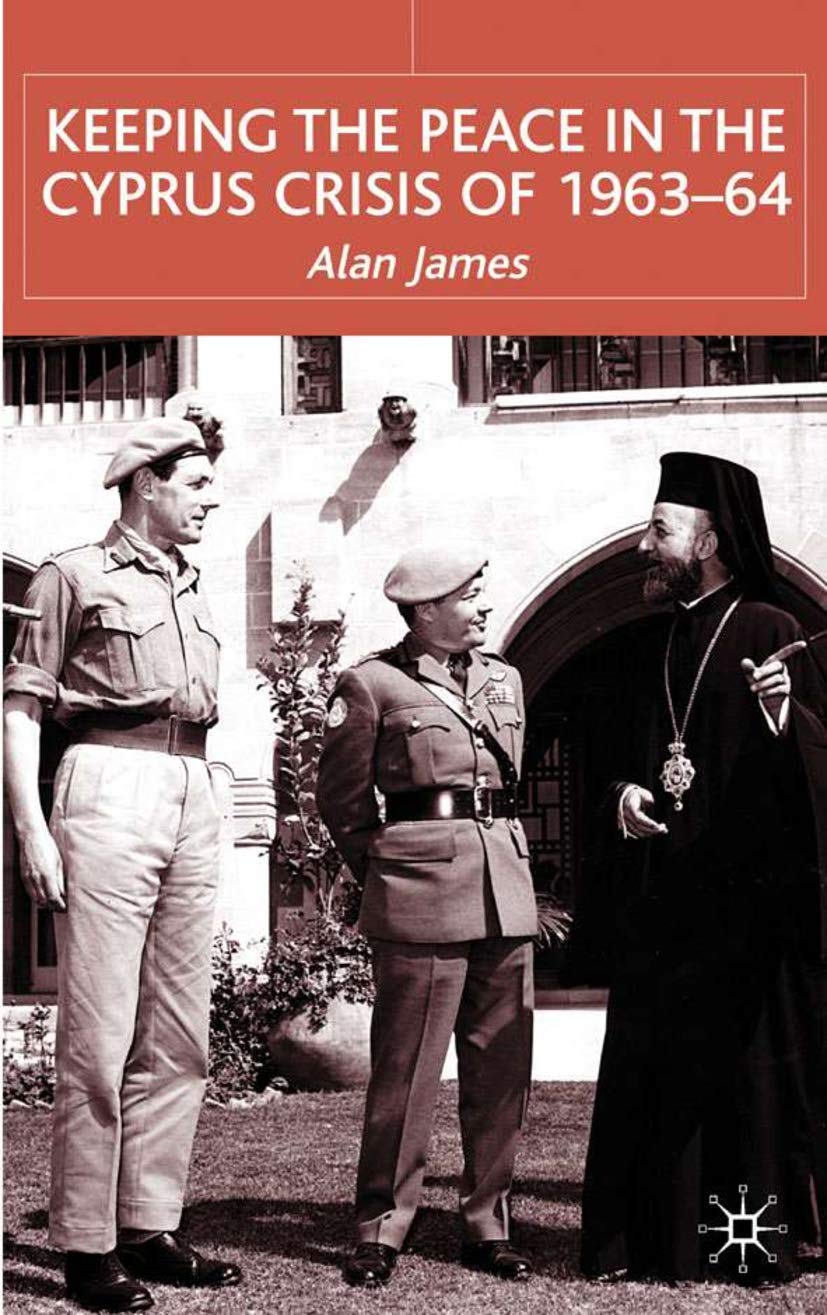
Keeping the Peace in the Cyprus Crisis of 1963-64
After some difficulties, a UN force was established in Cyprus (UNFICYP) following the collapse of the bicommunal independence constitution of this former British colony - a constitution which the Greek Cypriots had always felt too favourable to the Turkish minority - at Christmas 1963. In this book, Alan James, Professor Emeritus of Keele University and leading authority on peacekeeping, provides what is likely to be regarded as the definitive history of the creation of this force.

Persuasion as a social phenomenon
Aldo Matteucci explores the relevance of social context for persuasion. Since persuasion leads to change, we should look into the mechanisms of change in society. Change is a social phenomenon. Change occurs when the intentionalities of individuals transmute into ‘collective intentionalities’. In this process, enablers play a key role.
Action-Forcing Mechanisms
The message following this prompt will discuss the concept of Action-Forcing Mechanisms, which are tools or processes designed to prompt individuals or organizations to take specific actions or make decisions within a certain timeframe. These mechanisms are often put in place to ensure accountability, compliance with regulations, or timely responses to important issues.

How the ‘inscrutables’ negotiate with the ‘inscrutables’: Chinese negotiating tactics vis-à-vis the Japanese
I had the opportunity to participate in the five major negotiations between China and Japan from 1972 to 1975 (i.e., the talks over the normalization of diplomatic relations, and the aviation, trade, shipping and fishery agreements), and to observe the tactics, both offensive and defensive, used by the Chinese participants. Personal impressions are bound to be biased, but fortunately there are at least two books which give us detailed accounts of negotiations between China and Japan in the post-war period. These are The Record of Fishery Talks between China and Japan and The Secret Memorandum ...
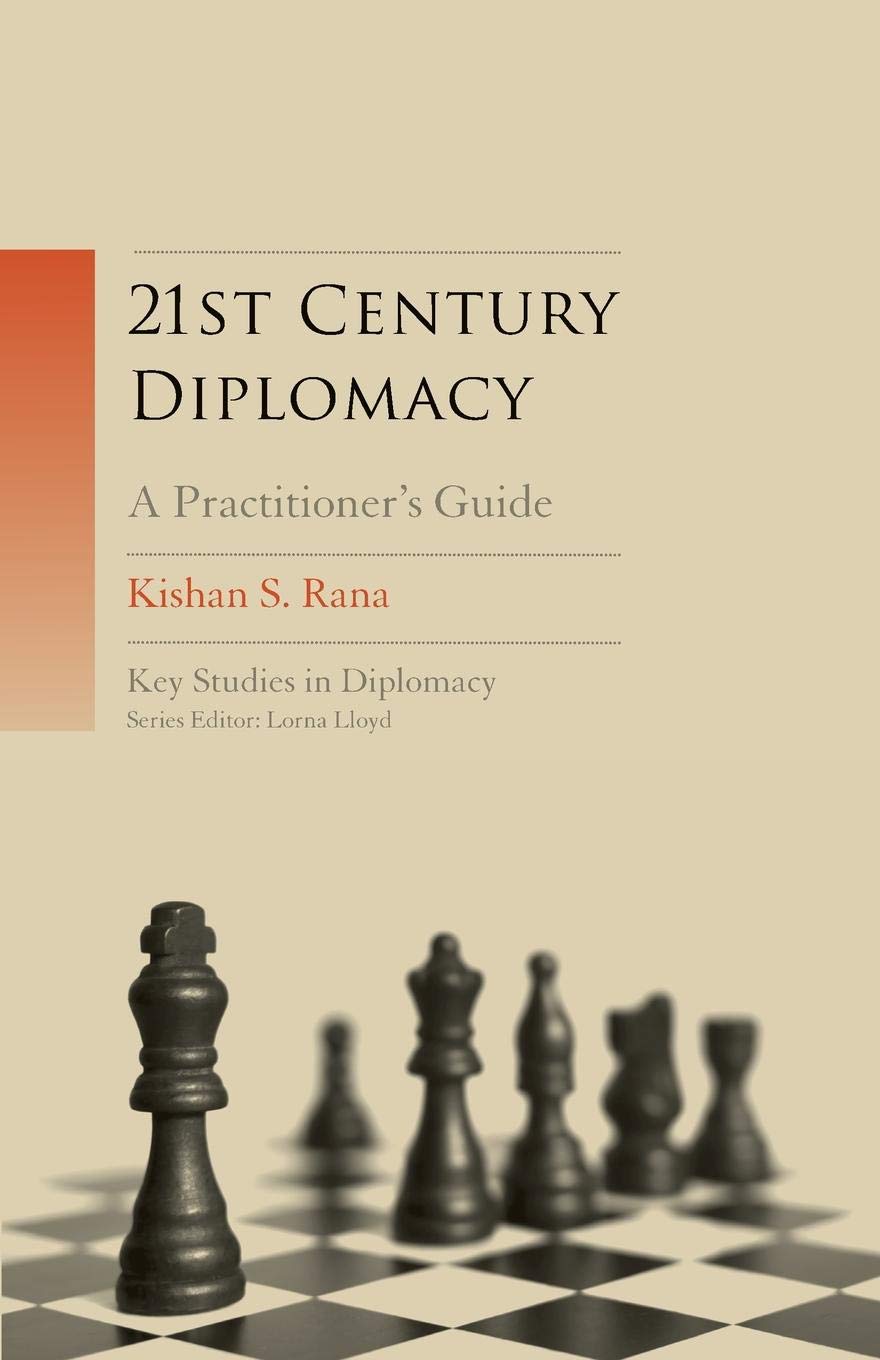
21st Century Diplomacy: A practitioner’s guide
Kishan Rana is a man of lengthy and varied experience in the Indian Foreign Service, ending his career as ambassador to Germany. Since then he has spent many years as a globe-trotting trainer of junior diplomats on behalf of DiploFoundation. Few people, therefore, are as well placed to write a practitioners’ guide to the diplomatic craft; and, insofar as concerns the content of his book, which can be found described here, he has not disappointed.
Interplay between Telecommunications and Face-to-Face Interactions: A Study Using Mobile Phone Data
The study explores the relationship between telecommunications and face-to-face interactions using mobile phone data.

Language and negotiation: A Middle East lexicon
Part of Language and Diplomacy (2001): Professor Raymond Cohen writes that "when negotiation takes place across languages and cultures the scope for misunderstanding increases. So much of negotiation involves arguments about words and concepts that it cannot be assumed that language is secondary." With numerous examples of the culturally-grounded references, associations and nuances of certain words and phrases in English and the Middle Eastern languages (Arabic, Turkish, Farsi and Hebrew), Cohen introduces his project of developing a negotiating lexicon of the Middle East as a guide for condu...

The Internet and diplomats of the 20th century
The Internet and diplomats of the twenty century: how new information technologies affect the ordinary work of diplomats.
Diplomacy by other means
Diplomacy by other means
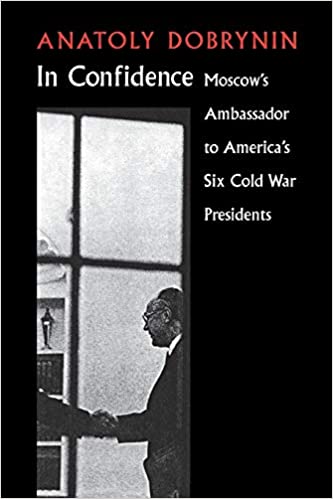
In Confidence: Moscow’s Ambassador to Six Cold War Presidents
The book "In Confidence: Moscow's Ambassador to Six Cold War Presidents" gives an inside look at diplomatic relations during the Cold War by sharing the experiences of Moscow's ambassador to the United States.
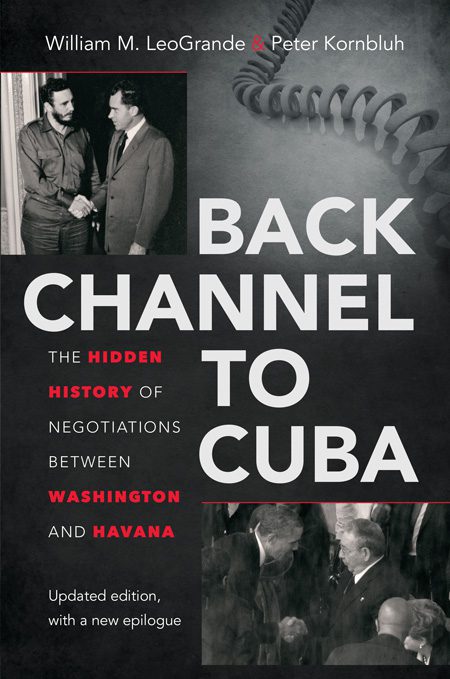
Back Channel to Cuba: The hidden history of negotiations between Washington and Havana
This book went to press after the much-publicised handshake between US president Barack Obama and Cuban president Raul Castro at the memorial service for Nelson Mandela in December 2013 – but before their historic, simultaneous announcements a year later, assisted by a prisoner exchange and the good offices of the Vatican, that they were resolved to end their 50 years of estrangement and normalise relations.
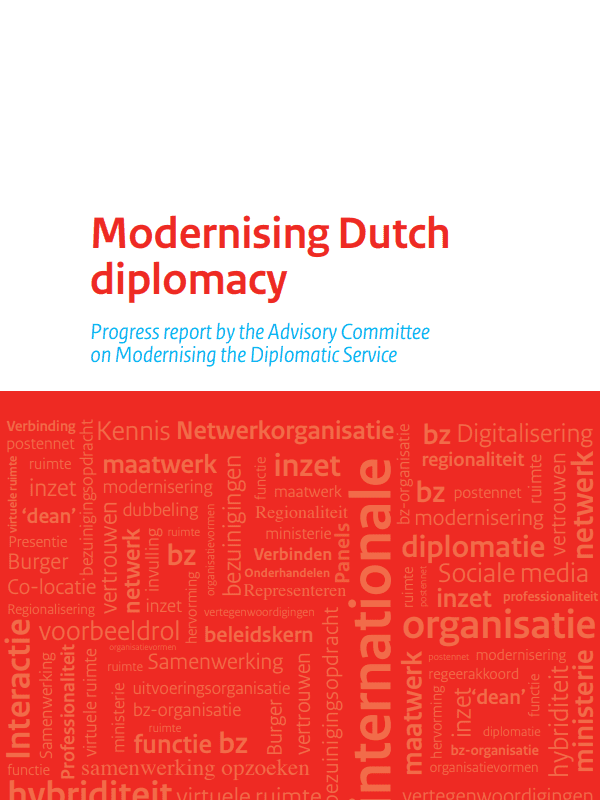
Modernising Dutch Diplomacy
The Dutch government is making investments in the modernization of its diplomatic services to enhance its efficiency, effectiveness, and digital capabilities. This upgrade aims to position the Netherlands as a leader in global diplomacy by adapting to the changing international landscape and embracing innovation.
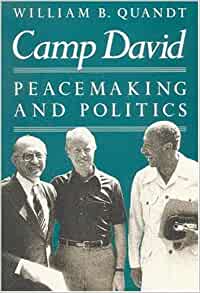
Camp David: Peacemaking and Politics
The Camp David Accords were pivotal in bringing peace between Israel and Egypt, mediated by President Carter in 1978, despite challenges and initial reluctance. This historic agreement demonstrated the value of diplomatic efforts and personal relationships in resolving conflicts.
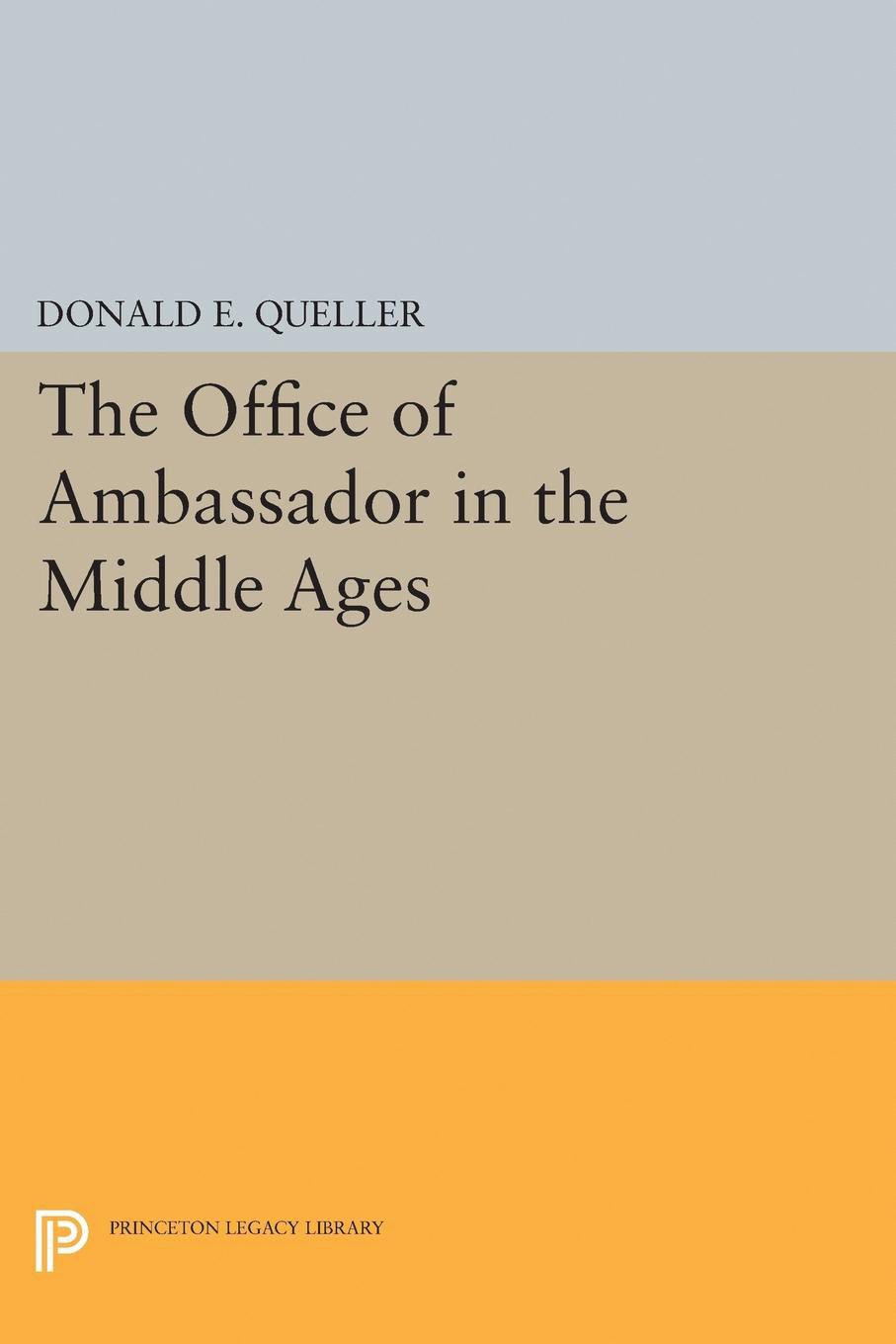
The Office of Ambassador in the Middle Ages
The text discusses the role and responsibilities of an ambassador in the Middle Ages. It touches upon the importance of diplomatic skills, cultural awareness, and the power dynamics involved in representing a kingdom or ruler in foreign territories. The text emphasizes the ambassador's role in negotiation, communication, and fostering positive relationships to advance their country's interests.
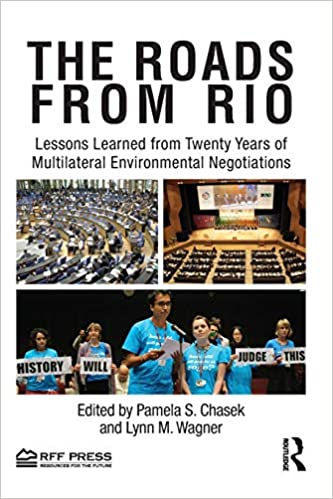
The Roads from Rio: Lessons Learned from Twenty Years of Multilateral Environmental Negotiations
The text discusses key lessons learned from two decades of multilateral environmental negotiations, emphasizing insights gained since the Rio conference.
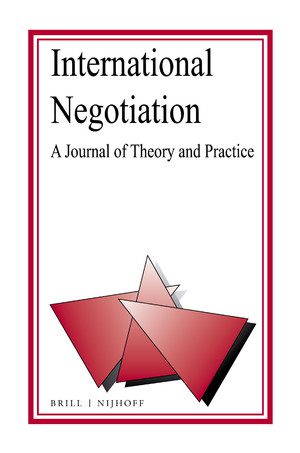
Ripeness theory and the Oslo talks
The text discusses the relevance of ripeness theory in the context of the Oslo talks.

Last Man Standing: Memoirs of a political survivor
Jack Straw was the ablest and wisest of Tony Blair’s foreign secretaries and served in this capacity from 2001 until he was ungratefully dumped without warning by his leader in 2006. Afterwards he hit the headlines by courageously publishing his dislike of the full veil worn my some Muslim women, on the grounds that this was such a visible statement of separation and difference that it complicated community relations and was, in any case, a cultural preference rather than a religious obligation. (Straw was then and still is the Labour MP for a Bradford constituency with a large Muslim popula...

Foreign Ministries: Managing Diplomatic Networks and Optimizing Value
This is a collection of papers presented at the 2006 Conference on Foreign Ministries hosted by DiploFoundation in May 2006, in Geneva. The overarching theme is the adaptation and reform that these ministries have undertaken, in the shape of country experiences and the transformation implemented in specific areas such as the application of information technology for outreach to domestic publics, adaptation in consular services and outsourcing options. Some of the challenging issues addressed cover relations between civil servants and politicians, the role of sub-state entities in diplomacy, an...

Cyprus: the search for a solution
Lord Hannay, a senior British diplomat with great experience of multilateral diplomacy, retired in 1995 but was then persuaded to accept the position of Britain’s Special Representative for Cyprus. In this role he played an influential part in the UN-led effort to broker a settlement to the Cyprus conflict until the negotiations temporarily foundered in May 2003, when, with a mixture of relief and regret, he stepped down. (There is a postscript on the referendums held on the island in 2004 on the fifth version of Kofi Annan’s settlement plan.) He has written a brilliant account of the cour...

[GUIDE] An in-depth survey of online meeting platforms
Your starting point to choosing the right platform is: how many people will connect to my meeting or event? Or how much will I have to pay for my monthly subscription? If you're organising several meetings, or in charge of your organisation's events, you might consider a mix of platforms. Keep your options open to ensure maximum flexibility.
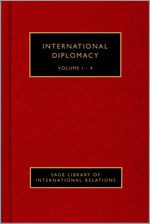
International Diplomacy Volume I: Diplomatic Institutions
The message provides information related to international diplomacy found in "International Diplomacy Volume I: Diplomatic Institutions.
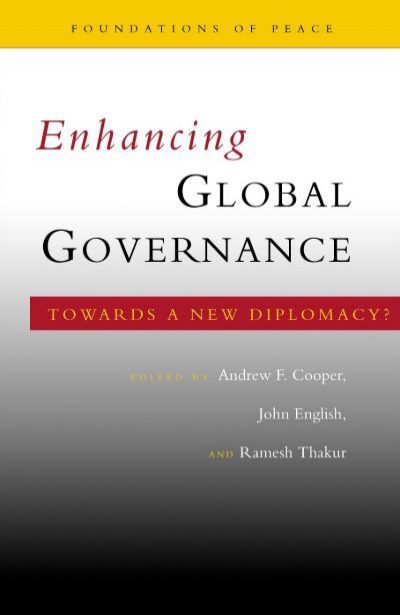
Enhancing Global Governance: Towards a New Diplomacy
The text is about the importance of improving global governance through a new approach to diplomacy.
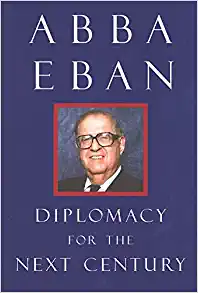
Diplomacy for the New Century
The text discusses the importance of diplomacy in the modern era, emphasizing the need for updated approaches and strategies in international relations. Diplomacy plays a crucial role in addressing global challenges and fostering cooperation among nations in the 21st century.

The UN and the world diplomatic system: lessons from the Cyprus and US- North Korea talks
In Bourantonis, D. and M. Evriviades (eds), A United Nations for the Twenty-First Century(Kluwer Law International, 1996), pp. 105-16

[HOW-TO] How to use Join.me for hosting an event
Join.me is a user-friendly video conferencing platform that allows users to connect to video calls by phone or internet (VoIP).

Leaders’ rhetoric and preventive diplomacy – issues we are ignorant about
In this paper, Drazen Pehar analyses the argumentation made by George Lakoff of the University of California at Berkeley in his seminal paper on ‘Metaphor and War’, in which he tried to deconstruct the rhetoric U.S. president George Bush used to justify the war in the Gulf. He also analyses a reading by psycho-historian Lloyd deMause, whose theory differs from Lakoff’s. Throughout his analysis, Pehar describes the role of rhetoric in diplomatic prevention of armed conflicts, and its several functions, and concludes that the methods of preventive diplomacy depend heavily on the theory of...

Influence: The Psychology of Persuasion
Influence: The Psychology of Persuasion" explores the principles of influence and persuasion, delving into why people say yes to requests. Through research and examples, it sheds light on the factors that influence decision-making and offers insights on how to navigate these tactics in everyday interactions. Understanding these principles can help individuals become more aware of subtle persuasion techniques and make more informed choices in various situations.
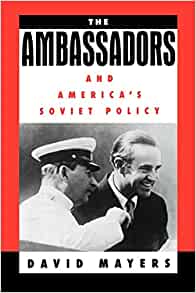
The Ambassadors and America’s Soviet Policy
The Ambassadors and America's Soviet Policy discusses the roles of three prominent American ambassadors in shaping U.S. policy towards the Soviet Union during the early Cold War period. These diplomats employed various strategies to navigate the complexities of Soviet-American relations, including engaging in diplomacy, intelligence gathering, and negotiation. Overall, their efforts helped influence U.S. foreign policy towards the Soviet Union and contributed to the eventual end of the Cold War.
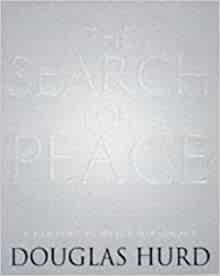
The Search for Peace
The text discusses the importance of seeking peace within oneself and in the world around us. It emphasizes the impact of personal inner peace on creating a harmonious environment globally. The text suggests that by finding peace within ourselves, we can contribute to fostering peace on a larger scale.
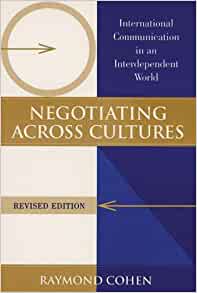
Negotiating across cultures
The text is about the importance of understanding cultural differences in negotiations. It highlights the need for awareness of varying communication styles, etiquette, and values when engaging in cross-cultural negotiations. By acknowledging and respecting cultural nuances, negotiators can build trust, establish rapport, and achieve successful outcomes in diverse settings.

Ambiguity versus precision: The changing role of terminology in conference diplomacy
Part of Language and Diplomacy (2001): Of central concern in the field of negotiation is the use of ambiguity to find formulations acceptable to all parties. Professor Norman Scott looks at the contrasting roles of ambiguity and precision in conference diplomacy. He explains that while documents drafters usually try to avoid ambiguity, weaker parties to an agreement may have an interest in inserting ambiguous provisions, while those with a stronger position or more to gain will push for precision.

Pragmatics in diplomatic exchanges
Part of Language and Diplomacy (2001): Edmond Pascual interprets diplomatic communication with the linguistic tools of pragmatics. He begins by reminding us that while the diplomat is a "man of action," the particular nature of the diplomat's action is that it consists of speech. Pascual applies three concepts of pragmatics to diplomatic discourse: speech as an intentional act; the effects of the act of speech; and the role of the unsaid in the act of speech.
German Strategy for International Digital Policy
The German government's Strategy for International Digital Policy outlines their commitment to safeguarding democracy and freedom online, promoting human rights, advocating for a global, open, free, and secure internet, enhancing technology partnerships, supporting cross-border data flows, shaping international standards, ensuring sustainable and resilient digital societies, and utilizing digitalization to address global challenges. This strategy aligns with various policy goals and emphasizes the importance of cooperation at global, regional, and national levels to advance digital governance,...

[HOW-TO] How to use the Mentimeter app in Zoom
Mentimeter has recently become available in the Zoom Marketplace, making it easier to use during online meetings. Mentimeter is an online voting tool that enables more effective and interactive meetings. You can use this powerful combination of Zoom and Mentimeter together whilst remote working or distance teaching. Mentimeter integrated into Zoom enables live polls, live brainstorming, engaging whiteboards, or simple voting. This encourages participants to engage and interact with the session.

Documenting diplomacy, Evaluating documents: The case of the CSCE
Part of Language and Diplomacy (2001): Rather than individual documents, Dr Keith Hamilton looks at the process and purpose of compiling collections of documents. He focuses on his own experience as the editor of Documents on British Policy Overseas, and particularly on his work publishing a collection of documents concerning the Conference on Security and Cooperation in Europe from 1972 until 1975.
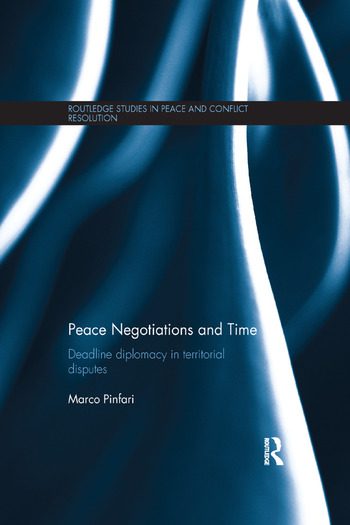
Peace Negotiations and Time: Deadline Diplomacy in Territorial Disputes
The text discusses the importance of time in peace negotiations for territorial disputes, emphasizing how deadlines can impact diplomacy and the need for effective time management in reaching agreements.
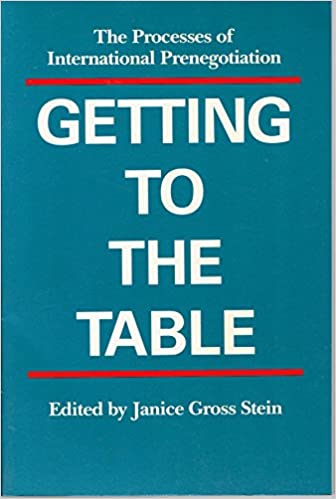
Getting to the Table: The Process of International Prenegotiation
The discussed text focuses on the process of international prenegotiation, highlighting the importance of understanding the dynamics and relationships between parties before formal negotiations begin.
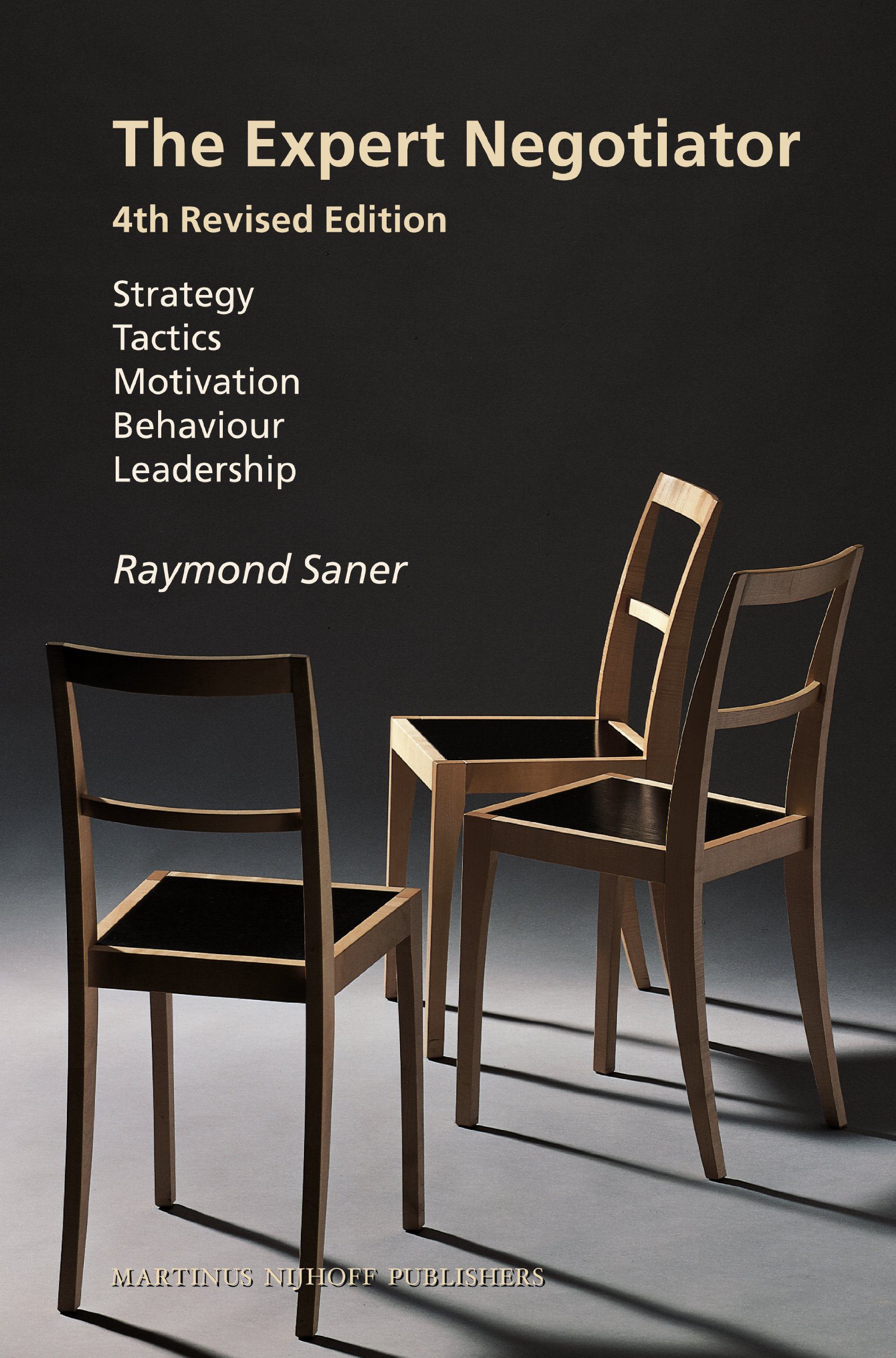
The Expert Negotiator: Strategy, Tactics, Motivation, Behaviour and Leadership
The key points on negotiation strategies, tactics, motivation, behavior, and leadership are covered in the book "The Expert Negotiator." It provides valuable insights and guidance on enhancing negotiation skills.
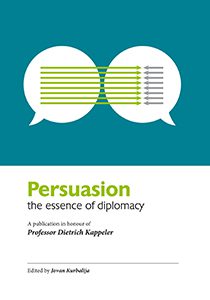
Persuasion, the Essence of Diplomacy
This journey through persuasion in diplomacy was initiated by Professor Kappeler’s long experience in both practicing diplomacy and in training diplomats.
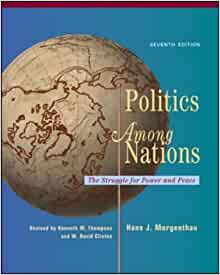
Politics Among Nations
The text "Politics Among Nations" discusses the nature of international relations, emphasizing the importance of power and national interests in shaping diplomatic interactions. It explores the role of diplomacy and military endeavors in maintaining stability and resolving conflicts on a global scale. "Politics Among Nations" delves into the complexities of state behavior and strategic decision-making within the framework of the international system.
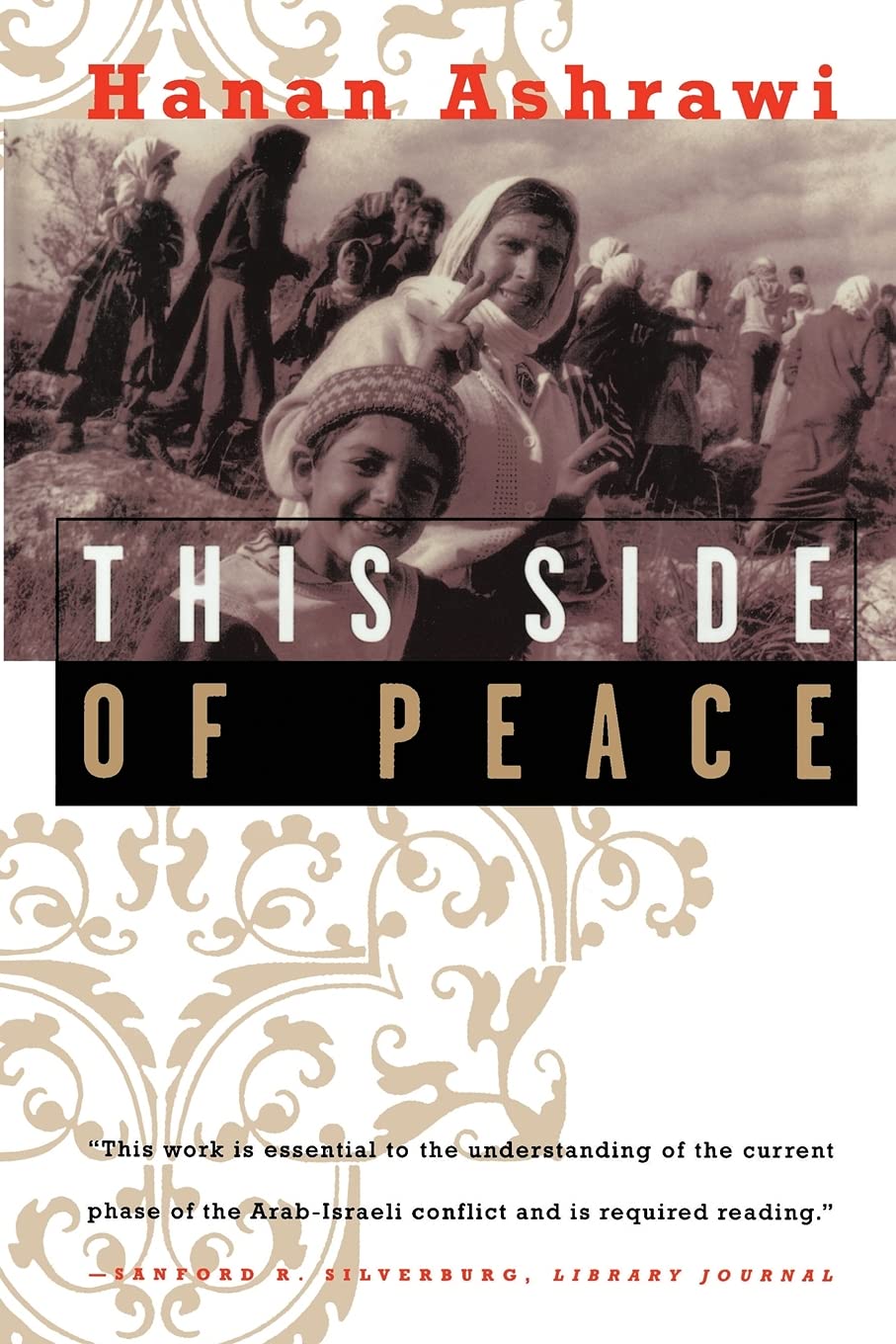
This Side of Peace: A Personal Account
This Side of Peace: A Personal Account" provides an insightful narrative detailing personal experiences related to peace.
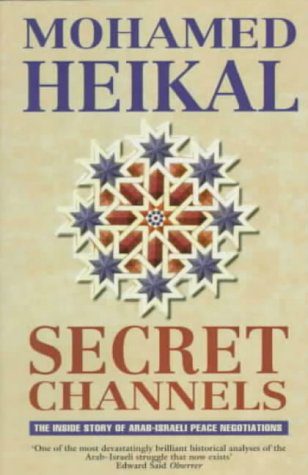
Secret Channels: The Inside Story of Arab-Israeli Peace Negotiations
Secret Channels: The Inside Story of Arab-Israeli Peace Negotiations" delves into the clandestine negotiations that paved the way for peace agreements between Arab nations and Israel. It provides insight into the complexities, challenges, and breakthroughs that occurred during these diplomatic efforts, offering a behind-the-scenes look at the intricate process of brokering peace in the Middle East.
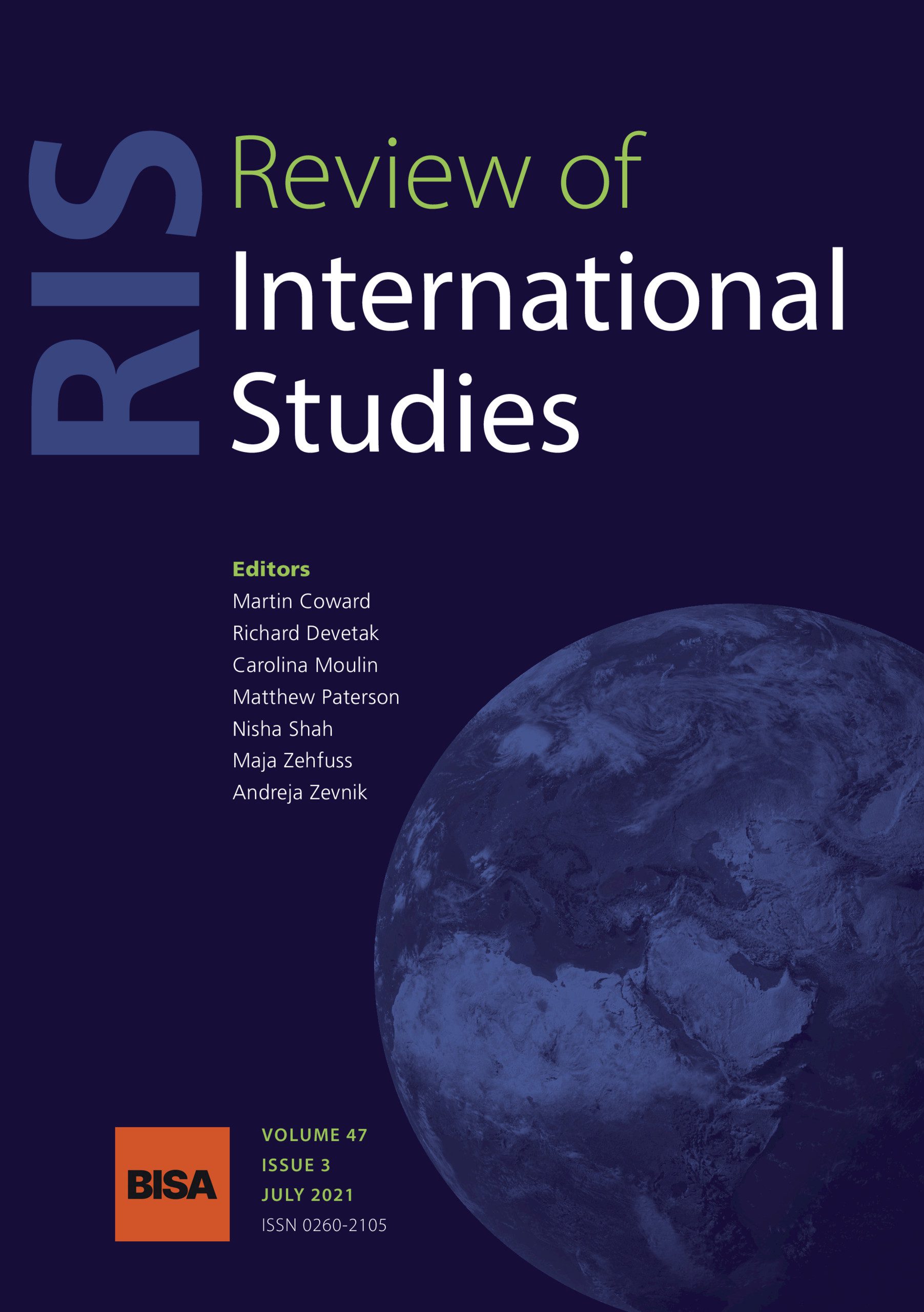
Health, security and foreign policy
Over the past decade, health has become an increasingly important international issue and one which has engaged the attention of the foreign and security policy community. This article examines the emerging relationship between foreign and security policy, and global public health. It argues that the agenda has been dominated by two issues – the spread of selected infectious diseases (including HIV/AIDS) and bio-terror. It argues that this is a narrow framing of the agenda which could be broadened to include a wider range of issues. We offer two examples: health and internal instability,...
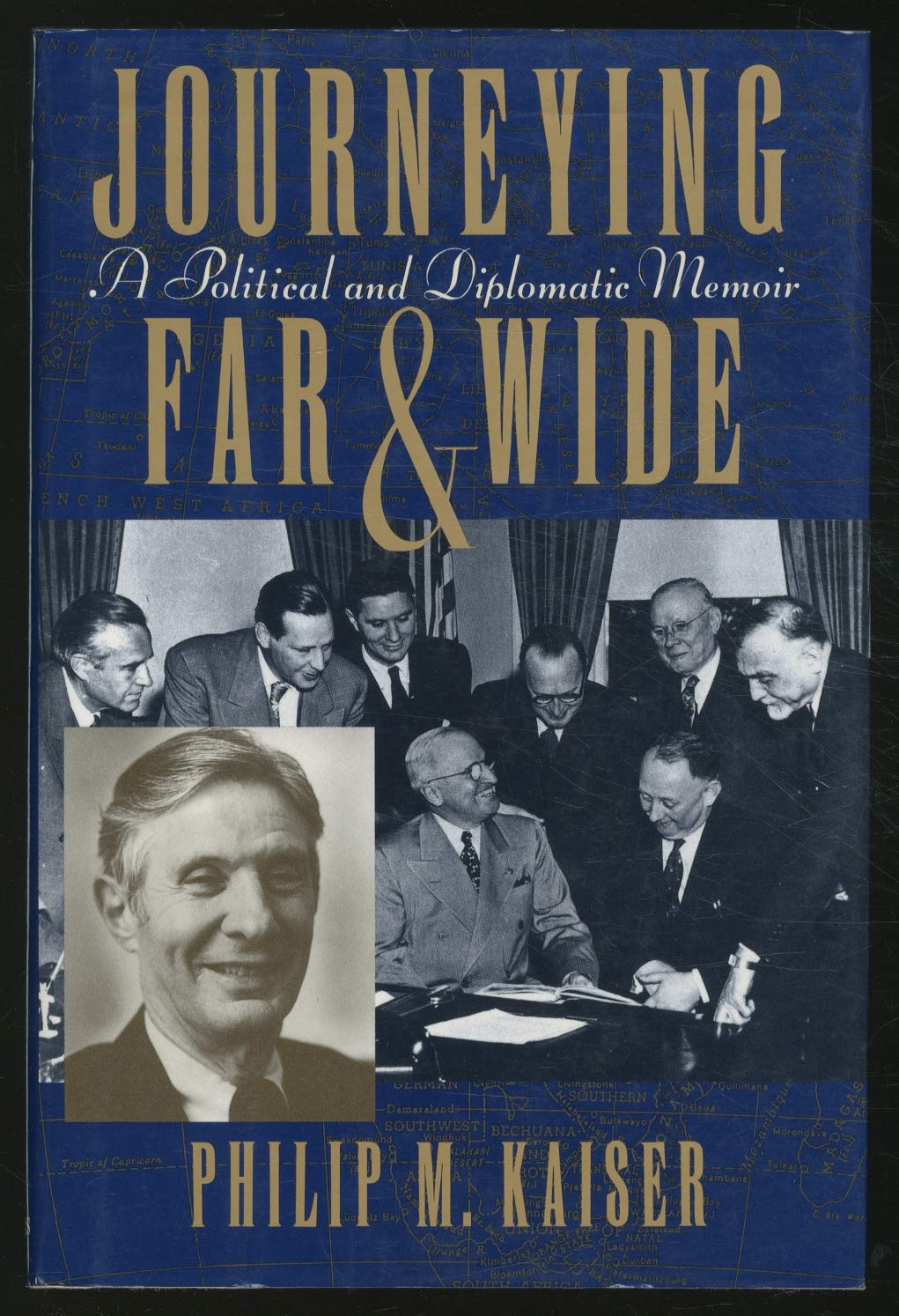
Journeying Far and Wide: A Political and Diplomatic Memoir
Kaiser was an active Democrat and 'noncareer officer' in the US Foreign Service under three Democratic presidents: Kennedy, Johnson, and Carter. His memoir, which is uncluttered with the trivial detail sometimes found in this genre and written with great verve, will be valued by diplomatic historians of the whole period since the Second World War. (Kaiser had served earlier as Assistant Secretary of Labor for International Affairs in the Truman administration.)

Governance and conflict in the Mano River Union States: Sierra Leone a case study
The MRU states (Côte d’Ivoire, Guinea, Liberia and Sierra Leone) experienced more than two decades of bitter conflicts. With the exception of Guinea which was spared a full-scale civil war, the other three neighbouring MRU states went through violent civil conflicts which resulted in massive human suffering, social dislocation and the destruction of the region's economy.
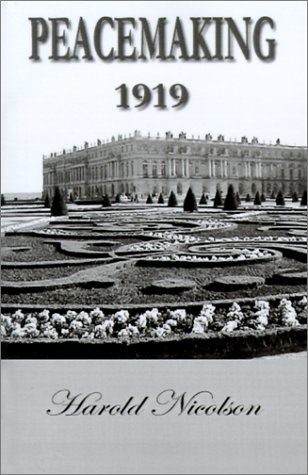
Peacemaking 1919
The message examines the peacemaking efforts of 1919, reflecting on the challenges faced during the time and lessons learned from the process.

[HOW-TO] How to use UberConference for hosting an event
This guide will provide basic information on the use of UberConference video communication platform.
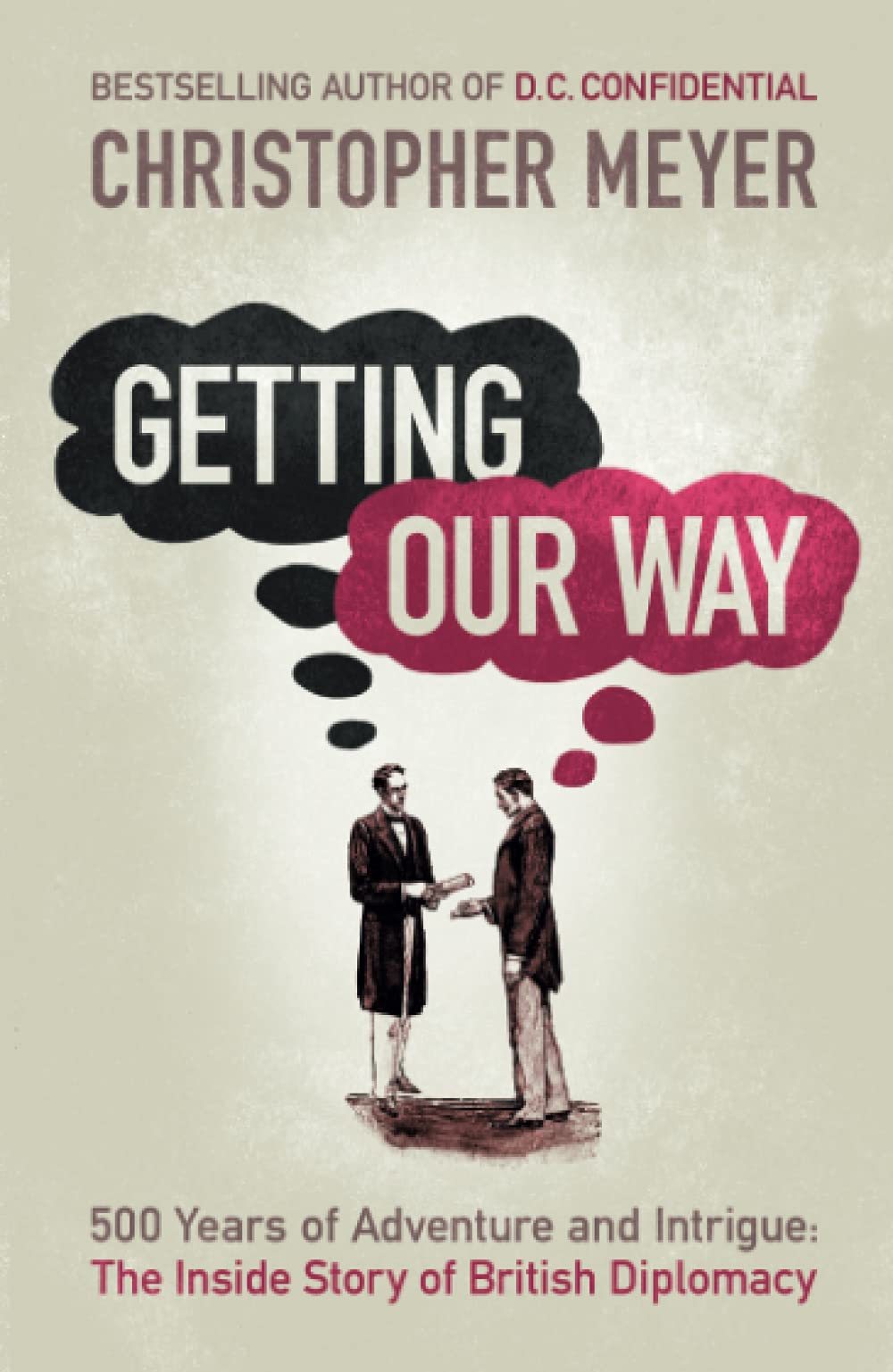
Getting Our Way: 500 Years of Adventure and Intrigue: The Inside Story of British Diplomacy
The message summarizes the book "Getting Our Way: 500 Years of Adventure and Intrigue: The Inside Story of British Diplomacy.
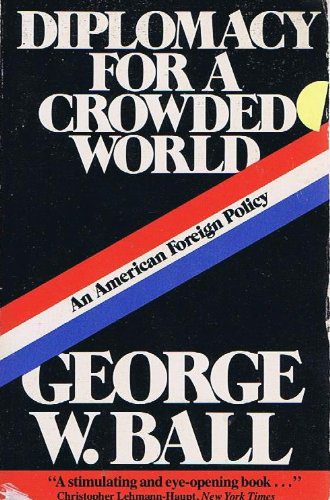
Diplomacy for a Crowded World
The message emphasizes the importance of diplomacy in a world facing increasing population growth and competition for resources. Diplomacy is portrayed as a crucial tool for navigating the complexities of a crowded world, fostering cooperation, and finding peaceful solutions to global challenges.

Frontline Diplomacy: The U.S. Foreign Affairs Oral History Collection on CD-ROM
The ADST is a private, non-profit organization whose mission is ‘to spread knowledge about the practice and history of modern American diplomacy’. To this end, its Oral History Project, created in 1985 under the direction of former Consul-General Stuart Kennedy, has devoted considerable resources to conducting, recording, and editing interviews with retired members of the US Foreign Service, among others.
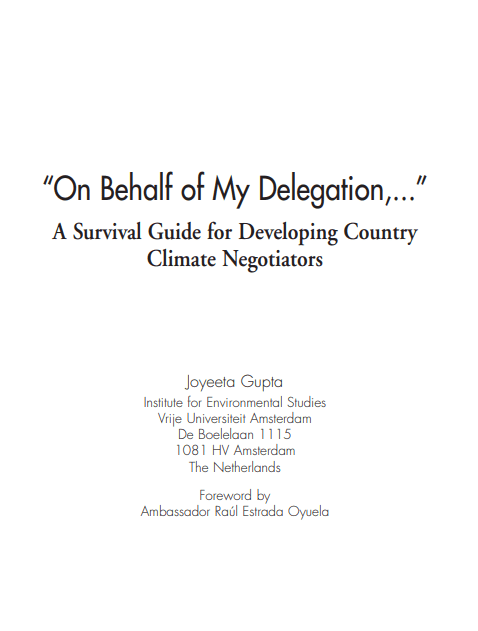
On Behalf of My Delegation,…: A Survival Guide for Developing Country Climate Negotiators
The one hundred pages of this book are in fact a useful Survival Guide for those approaching climate change negotiations for the first time. It has been written for developing country delegates, but delegates from other countries can also profit from its reading the same way that a similar survival guide for industrialized country delegates would be useful for those coming from developing countries, because it is necessary to know both sides of the story

Secret, lies and diplomats
The text discusses confidential conversations between diplomats including secrets and falsehoods.
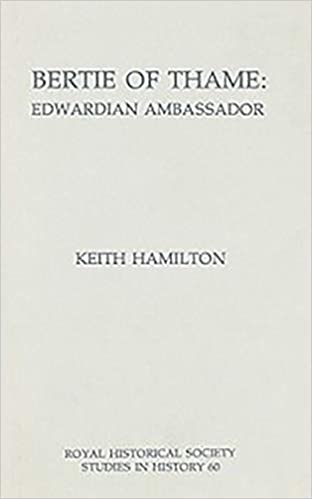
Bertie of Thame: Edwardian Ambassador
Explore the life of Bertie of Thame, an Edwardian ambassador, to gain insights into his diplomatic achievements and the impact he had on international relations during his time.
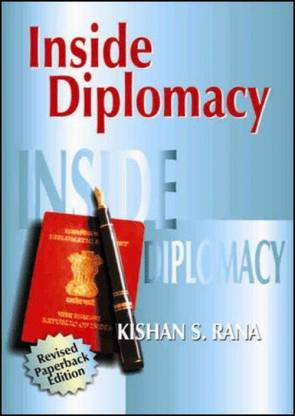
Inside Diplomacy
This is a book on diplomacy in general and the Indian Foreign Service (IFS) in particular. It is also a gem, and a large gem. It breathes life, wisdom, and good humour, and is full of rich detail. I found it thoroughly absorbing. Students of diplomacy at all stages of their careers will find it immensely useful, while those in a position to influence the future shape of the IFS will discover a whole raft of constructive suggestions for reform fearlessly advanced.
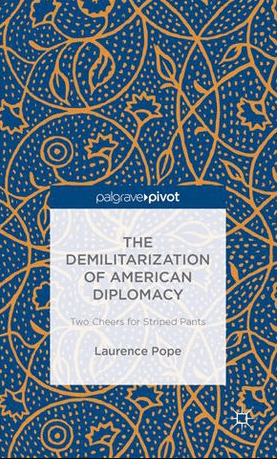
The Demilitarization of American Diplomacy: Two cheers for striped pants
The trenchant contribution to this subject of the outstanding American scholar-diplomat Laurence Pope is published in Palgrave’s ‘Pivot’ series of short books designed to be brought out quickly.
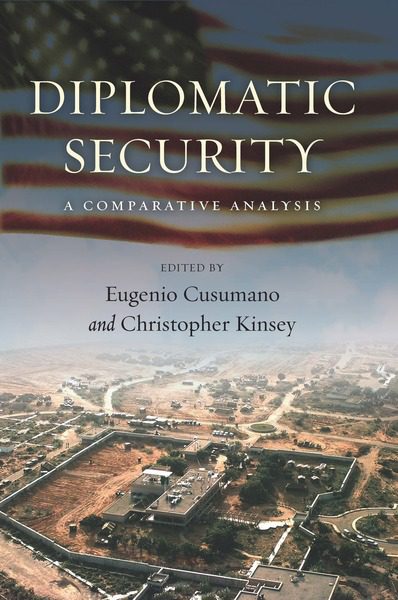
Diplomatic Security under a Comparative Lens – Or Not?
“Diplomatic security” is the term now usually preferred to “diplomatic protection” for the steps taken by states to safeguard the fabric of their diplomatic and consular missions, the lives of their diplomatic and consular officers, and the integrity of their communications; it has the advantage of avoiding confusion with the controversial legal doctrine of diplomatic protection.

Diplomacy and Journalism in the Victorian era: Charles Dickens, the Roving Englishman and the “white gloved cousinocracy”
The Victorian era saw the convergence of diplomacy and journalism, with figures like Charles Dickens embodying this relationship. Dickens, known as the Roving Englishman, navigated political and social landscapes, shedding light on the "white gloved cousinocracy" of the time.
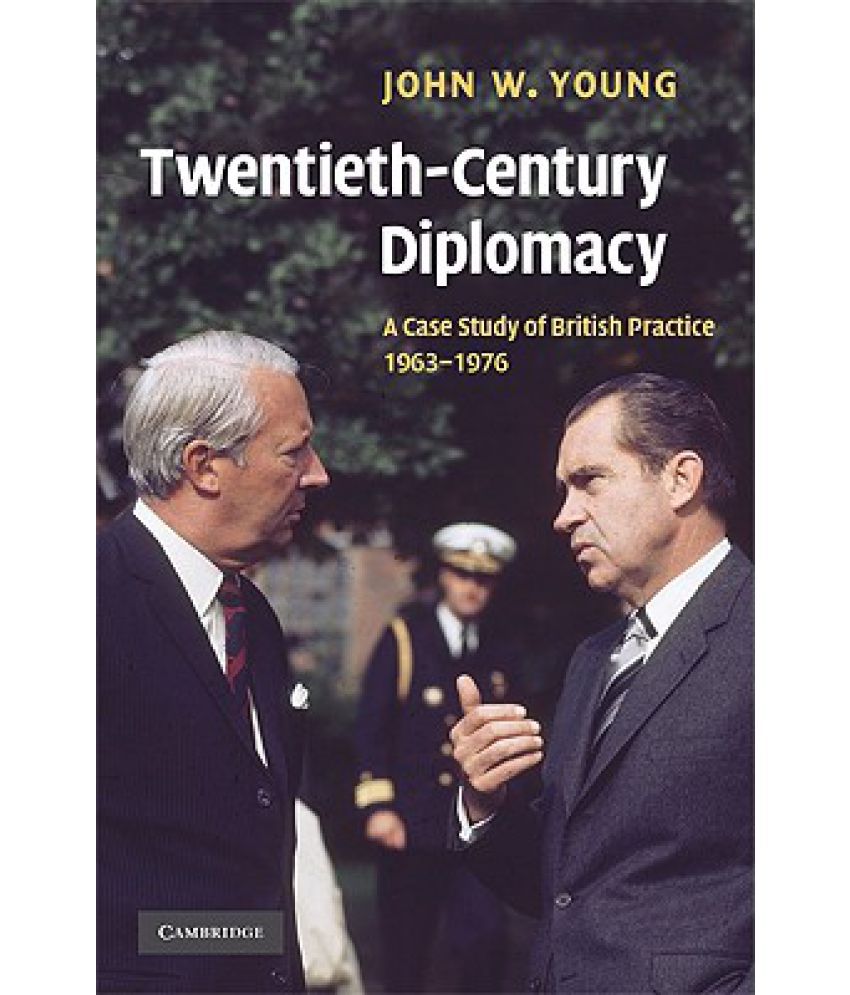
Twentieth-Century Diplomacy: A Case Study of British Practice, 1963-1976
Some years ago, John Young, Professor of International History at the University of Nottingham and long-serving Chair of the British International History Group, turned his thoughts and research in the direction of diplomatic procedure. This is the first monograph to be the product of his shift in direction and it is to be most warmly welcomed. It is original in focus, impeccably researched (private papers and oral history transcripts have been sifted as well official documents in The National Archives), crisply written, and altogether a major contribution to the contemporary history of diplom...
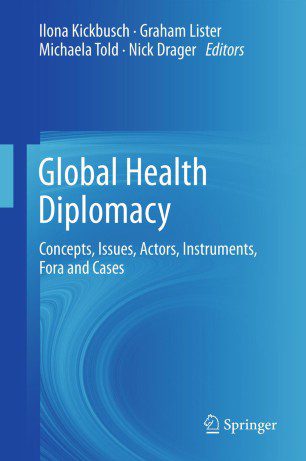
Global Health Diplomacy: Concepts, Issues, Actors, Instruments, Fora and Cases
The message provides information on global health diplomacy, covering concepts, issues, actors, instruments, fora, and cases.
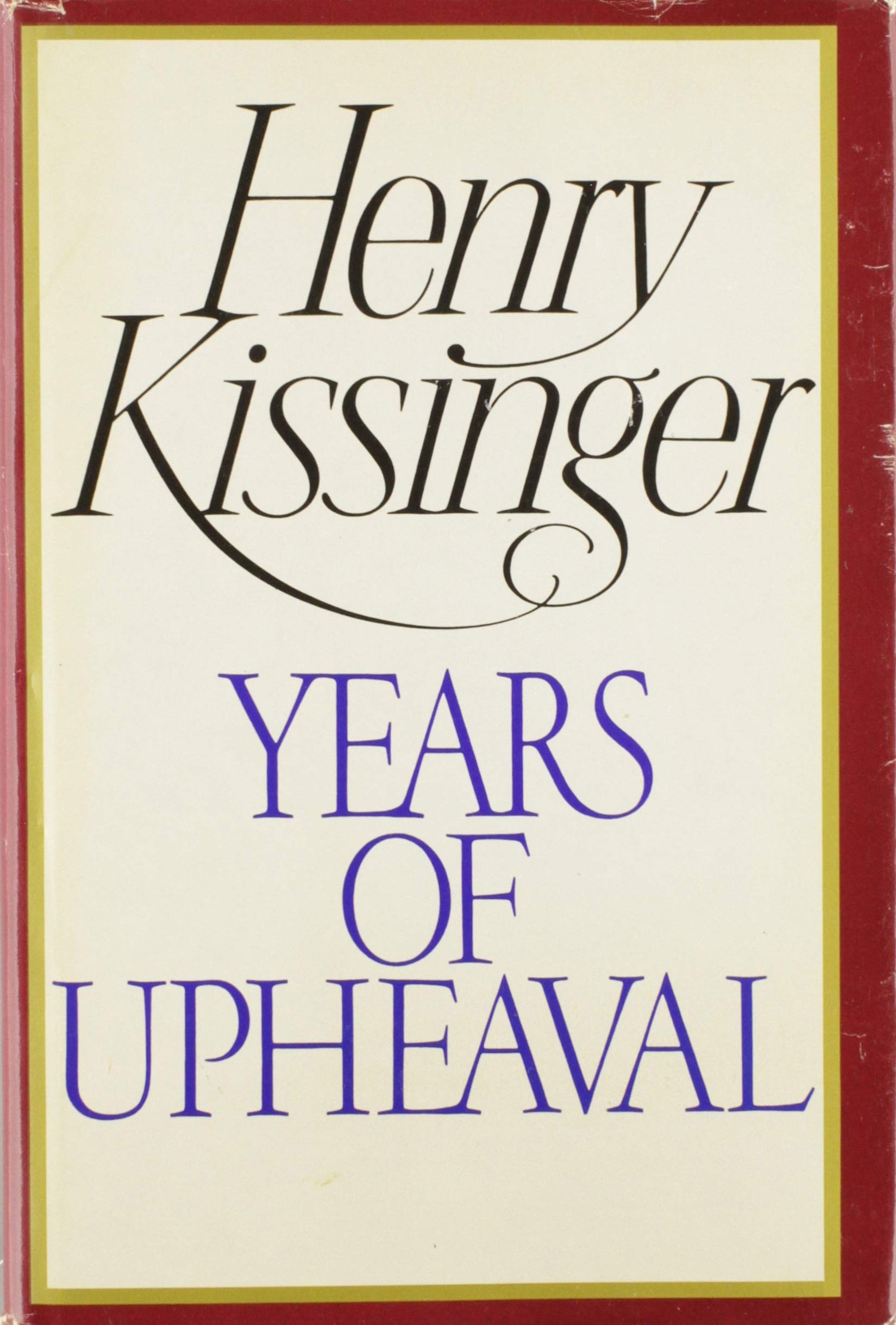
Years of Upheaval
The text discusses the challenges and changes experienced over several years.

On the importance and essence of foreign cultural policy of states
Foreign cultural policy is in itself vital for establishing long lasting and deep relations between countries in international intercourse. But what we should equally bear in mind is that it is important to preserve the variety and the diversity of cultures in our efforts to bring about global cultural communication. Uniform culture is not culture and cannot be communicated.

The Yugoslav diplomatic service under sanctions
Sanctions adversely affect all the structures of the state and society, and render difficult, if not impossible, the normal operation of services, including the Foreign Service.This paper discusses the challenges faced by the Yugoslav diplomatic service when the country was under sanction.

Persuasion as the step towards convergence in negotiations
Ambassador Victor Camilleri argues that the essence of diplomacy is a search for a point of convergence. Persuasion is one of the methods through which a point of convergence can be reached. He gives central relevance in diplomacy to the firm grasp of the essential points of negotiation, including assessment of balance of force. This article analyses persuasion in multilateral diplomacy through a case study the Maltese initiative on the ‘Common heritage of mankind’.

[HOW-TO] How to use Mozilla Hubs for hosting an event
Hubs is a place where you can meet people in a 3D environment.
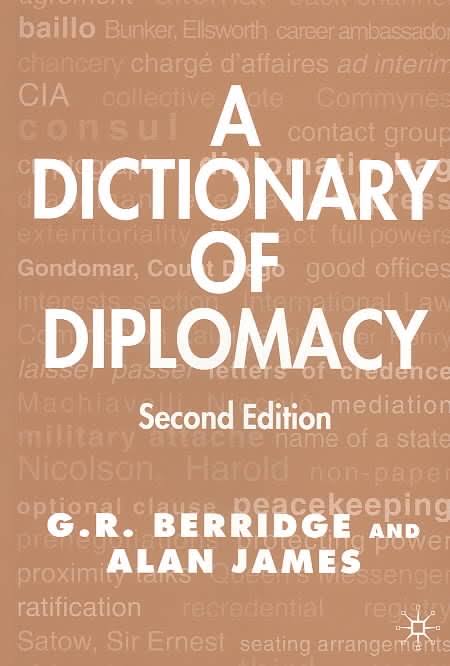
A Dictionary of Diplomacy
Like all professions, diplomacy has spawned its own specialized terminology, and it is this lexicon which provides A Dictionary of Diplomacy's thematic spine. However, the dictionary also includes entries on legal terms, political events, international organizations and major figures who have occupied the diplomatic scene or have written influentially about it over the last half millennium. All students of diplomacy and related subjects and especially junior members of the many diplomatic services of the world will find this book indispensable.
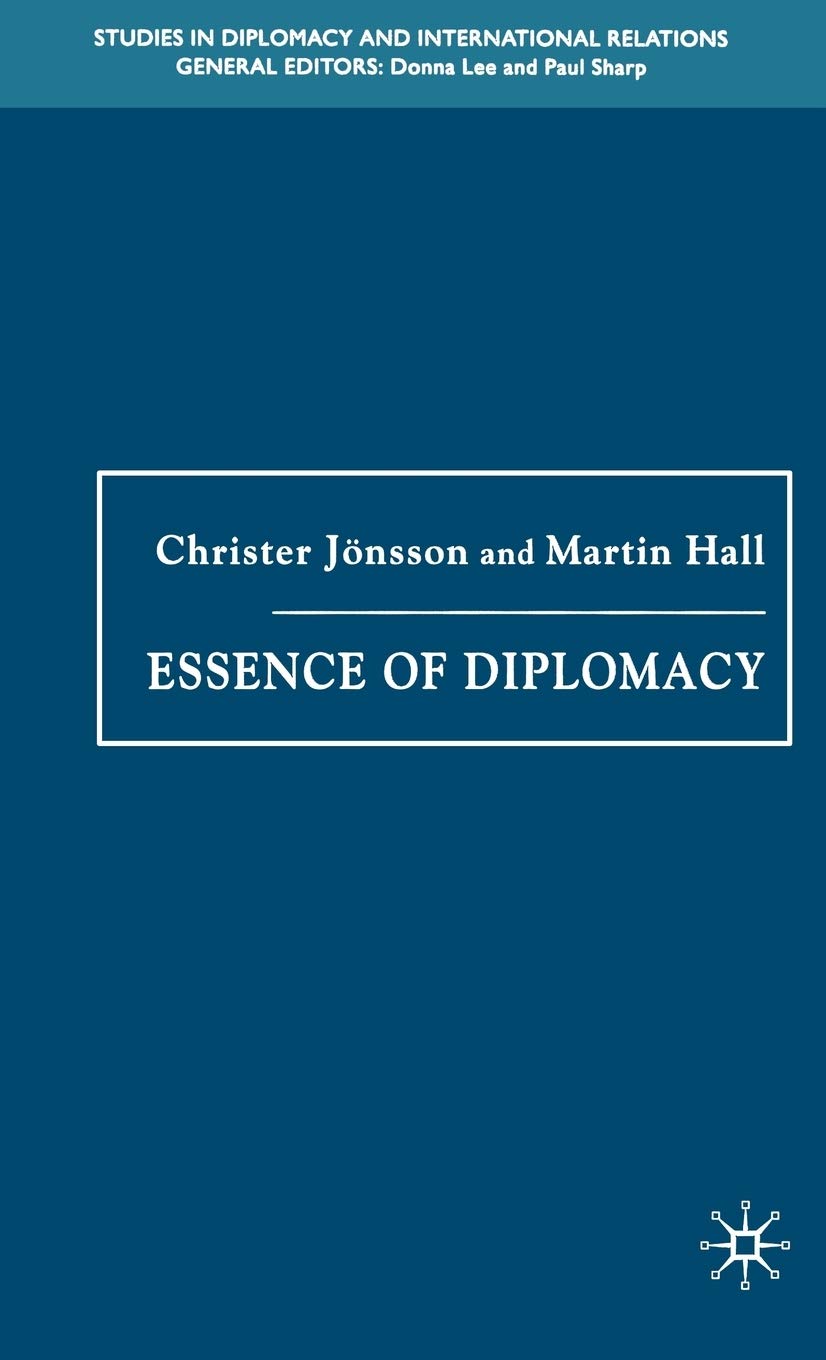
Essence of Diplomacy
Christer Jönsson is Professor of Political Science at Lund University in Sweden, where Martin Hall is a Researcher. Their book is described as an exercise in ‘theorizing’ diplomacy, that is, an attempt to provide a general account of its causes and consequences. (The authors are thus severe in denying the title of ‘theory’ to the ‘prescriptive tracts’ which scholar-diplomats have written about their art over hundreds of years, though I notice that they are more indulgent to the use of the term ‘political theory’ as in, for example, ‘liberal political theory’.)

I’ll be with you in a Minute Mr. Ambassador: The Education of a canadian Diplomat in Washington
The message shares insights from the book "I'll be with you in a Minute Mr. Ambassador: The Education of a Canadian Diplomat in Washington.
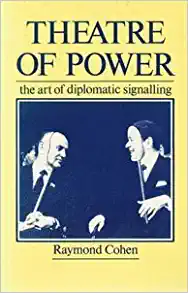
Theatre of Power: The Art of Signaling
Theatre of Power: The Art of Signaling discusses how strategic signaling plays a vital role in navigating power dynamics. Leaders can use various techniques to convey strength and influence, such as body language, attire, and other symbols. Mastering the art of signaling can help individuals assert dominance and command respect in various settings.
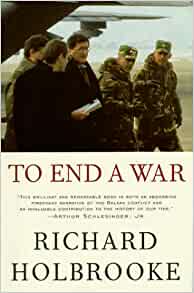
To End a War
The text is about the importance of peace negotiations as a way to end a war, highlighting the complexity and challenges involved in reaching a resolution through dialogue and compromise. It emphasizes the need for both parties to prioritize understanding and cooperation in order to achieve a lasting peace.
Equity and state representations in climate negotiations
The text examines the dynamics of equity and state representations within climate negotiations, highlighting the complexities and challenges of addressing fairness and inclusivity in global climate governance.

The origins – where is the connection between persuasion and rhetoric?
As ancient rhetoricians believed that language was a potent force for persuasion, they insisted that their students develop copia in all spheres of their art. Copia denotes an abundant and ready supply of language in any situation that arises. Why did ancient teachers of rhetoric insist on this practice? Well, they knew that training their students in different rhetorical arts prepared them for the multitude of communicative and persuasive possibilities that exist in language.

True Brits: Inside the Foreign Office
True Brits: Inside the Foreign Office" offers an in-depth look into the workings of the British Foreign Office, shedding light on the complexities of international relations and diplomacy.

The geopolitics of access to oil resources: The case of Uganda
Ten years ago, Uganda joined other sub-Saharan African Countries with new discoveries of oil; and just as the case always is, this news comes with high prospects for development and economic transformation. These ambitious projections are always based on the success stories of oil money in other countries without prejudice to the fear of the infamous oil curse that results from poor exploitation of oil revenues. With these aspirations at hand, Uganda has clearly stated in its national polices and development plans the fact that the country's development in the next 30 years shall be largely de...
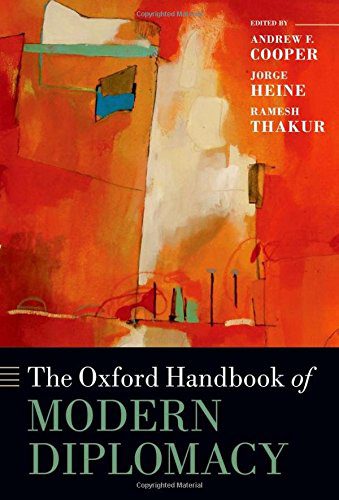
The Oxford Handbook of Modern Diplomacy
The message provides information on modern diplomacy from The Oxford Handbook of Modern Diplomacy.
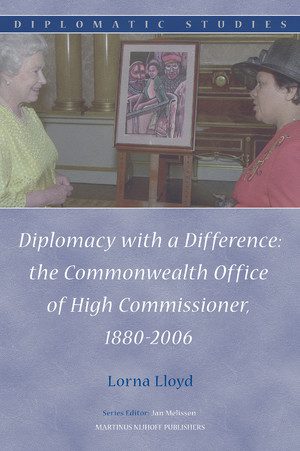
Diplomacy with a Difference: The Commonwealth Office of High Commissioner, 1880-2006
Book review by Geoff Berridge

Reflections on Persuasion in Diplomacy by Ambassador Joseph Cassar
In our families, in our jobs, in our political dynamic at a national level, we always try to persuade others, first and foremost. Since, diplomacy is part of the global human existence, it is natural that persuasion is an essential part and an essential tool of diplomacy … as much it is in your family life, in my family life, when you try to sort out trouble within your family, between your brothers and sisters, between your children and between your grandchildren at my age.
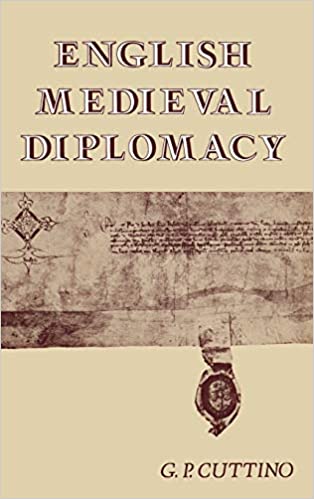
English Medieval Diplomacy
The text discusses English Medieval Diplomacy.
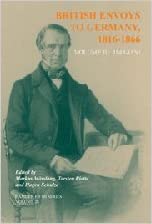
British Envoys to Germany 1816-1866
The text discusses the role and activities of British envoys in Germany from 1816 to 1866.
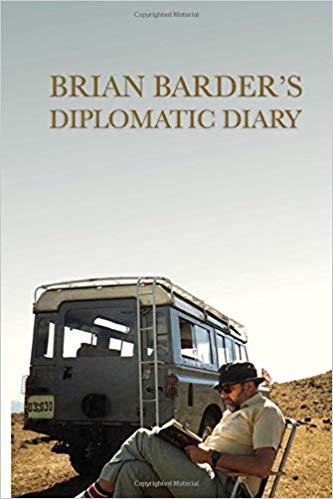
Brian Barder’s Diplomatic Diary
Sir Brian Barder, the senior British diplomat and author of the always sage and sometimes gripping What Diplomats Do, died in 2017 but, courtesy of the professional editorial hand of his daughter Louise, has left us another treat. This is what he called a diary and which for the most part has the form of a diary (dated daily entries), although originally it was a series of letters sent to friends from foreign parts. Compared to diplomatic memoirs, diplomatic diaries are a rarity. And since this one is the product of an acute observer who loved the English language and used it in a vigorous and...

The impact of the Internet on diplomatic reporting: how diplomacy training needs to be adjusted to keep pace
Over the last 20 years, the Internet has changed the ways in which we work, how we socialise and network, and how we interact with knowledge and information.
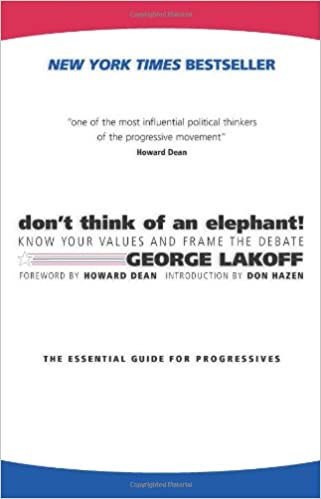
Don’t Think of an Elephant: Know Your Values and Frame the Debate
In "Don't Think of an Elephant: Know Your Values and Frame the Debate," the author emphasizes the importance of understanding values and framing in shaping debates effectively.
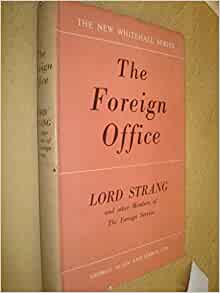
The Foreign Office
This book contains a comprehensive description of the British Foreign Office and the Foreign Service since the important Eden reforms of 1943.
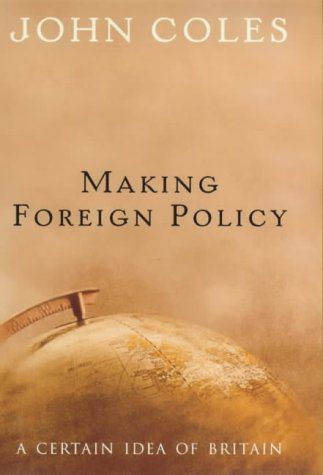
Making Foreign Policy: A Certain Idea of Britain
In the course of his distinguished diplomatic career Sir John Coles worked in the Cabinet Office and was Private Secretary to the Prime Minister, Margaret Thatcher. At the time of his retirement in 1997 he was concluding over three years as Permanent Under-Secretary at the Foreign Office. His views on the problems now faced by British foreign policy-making and what might be done to correct them, which it is the main object of this book to present, thus demand close attention.
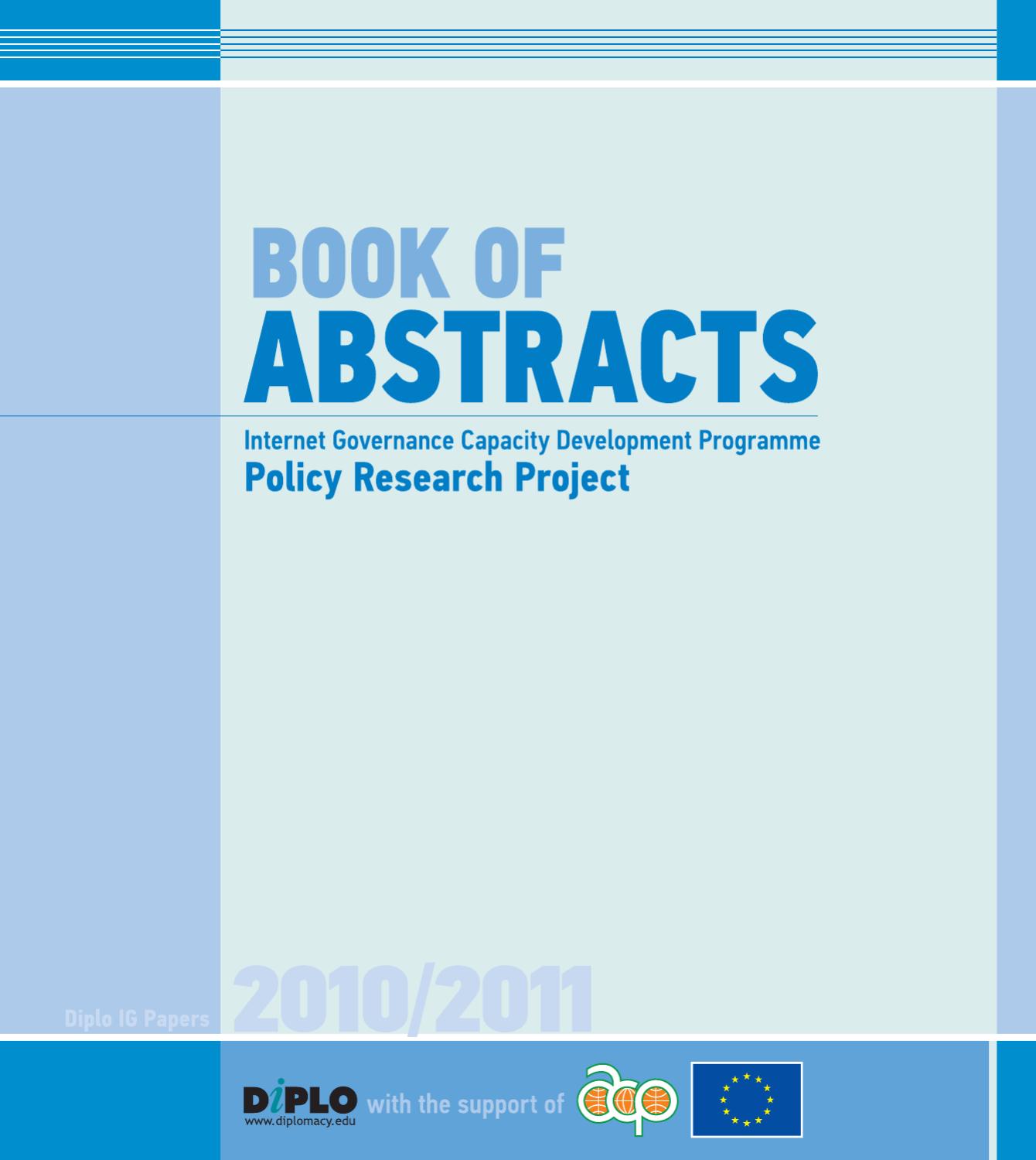
Le code du travail burkinabé face au télétravail: Comment adapter le code du travail burkinabé pour qu’il réponde aux exigences du travail à distance?
Les TICs et l’Internet particulièrement ont étouffé le fondement de la nécessaire présence physique du travailleur dans l’entreprise. Au Burkina Faso, ce contexte a créé de nouvelles opportunités dont le travail à distance, depuis l’accession du pays au cyberespace en 1996.
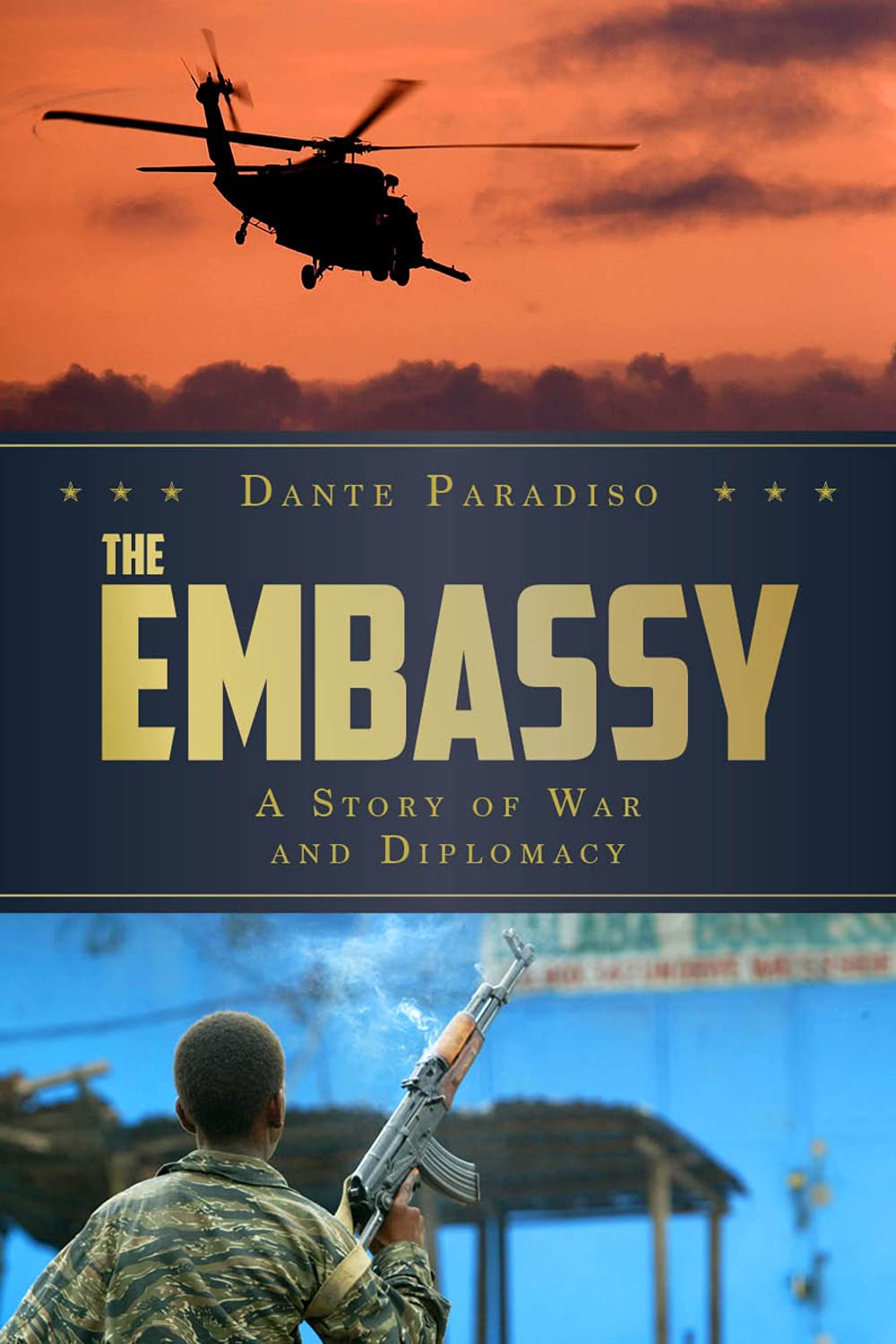
The Embassy: A story of war and diplomacy
This book tells the story of the vital role played by the US Embassy in Monrovia in helping to mediate an end to the brutal, 14-year civil war in Liberia in 2003.
From U Thant to Kofi Annan: UN Peacemaking in Cyprus, 1964-2004
2004 marked the fortieth anniversary of the United Nations presence in Cyprus. Since March 1964, the UN has been responsible for addressing and managing both peacekeeping and peacemaking efforts on the island.

[GUIDE] How to set up your online conferencing presentation
This tutorial will help you set up the scene, lighting, camera, and audio in your home office or studio environment for the optimal videoconference experience.

[HOW-TO] How to use Wonder for hosting an event
Wonder is a video communication platform that allows for larger online group gatherings that mirror on-site meetings.
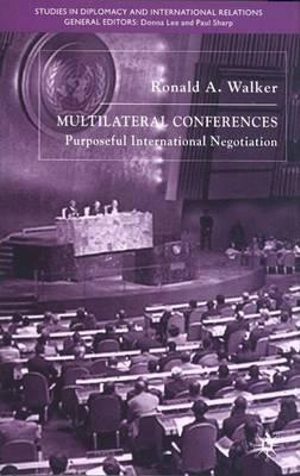
Multilateral Conferences: Purposeful International Negotiation
The message will provide insights on the purpose and significance of multilateral conferences in facilitating international negotiations.

Digital Diplomacy as a foreign policy statecraft to achieving regional cooperation and integration in the Polynesian Leaders Group
Established in 2011, the Polynesian Leaders Groups serves to fulfill a vision of cooperation, strengthening integration on issues pertinent to the region and to the future of the PLG. Its nine – American Samoa, French Polynesia, Niue, Cook Islands, Tokelau, Tuvalu, Tonga and Wallis Futuna, is argued to have strength in numbers, resources and diversity, and a positive addition to the growing regional diplomacies in the South Pacific.
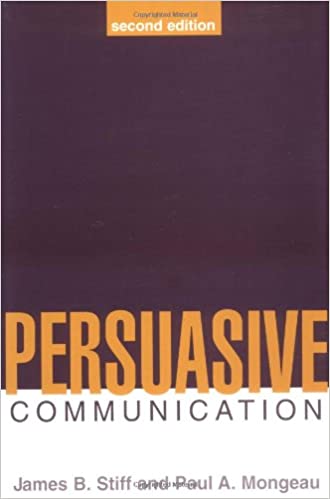
Persuasive Communication
The message provides insights and tips on Persuasive Communication. It emphasizes the importance of being clear, concise, and confident in communication to influence others effectively. It also highlights the significance of understanding the audience and tailoring the message to their needs and preferences. Overall, the message aims to help individuals improve their persuasive communication skills for better outcomes in various interactions.

Diplomatic culture and its domestic context
Is there a specific, distinctive diplomatic culture? Given the fact that the conduct of diplomacy is regulated by international law and by custom, and since the structures through which states conduct their external relations, both bilateral and multilateral, are standardized, it is fair to say that both the institutions and the process form a pattern of their own, unique to this profession. The professional diplomatist actors on the international stage, and their institutions, display certain shared characteristics.
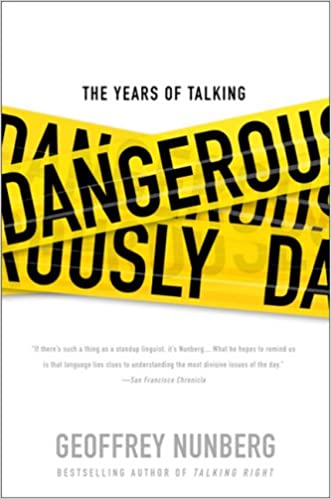
The Years of Talking Dangerously
In "The Years of Talking Dangerously," the author delves into the complexities of communication in modern times, exploring how words can impact relationships, society, and even global events. The book examines the power of language to shape perceptions and provoke change, emphasizing the importance of thoughtful dialogue in navigating the challenges of today's world.

Building relations through multi-dialogue formats: Trends in bilateral diplomacy
The text discusses the importance of building relationships through various dialogue formats in bilateral diplomacy.

Language, signaling and diplomacy
Part of Language and Diplomacy (2001): Ambassador Kishan Rana introduces the dimension of diplomatic signalling. Beginning with a reference to the Bhagwad Gita, one of the sacred texts of the Hindus, Rana outlines the qualities of good diplomatic dialogue: not causing distress to the listener, precision and good use of language, and truthfulness.

The Blair Years: Extracts from the Alastair Campbell diaries
Until his resignation amid huge controversy in August 2003, Alastair Campbell was Tony Blair’s official spokesman and director of communications and strategy – ace spin doctor, closest confidante, and constant travelling companion. His diaries have probably been mined chiefly for their astonishing revelations about the internal machinations of his government and the run-up to the invasion of Iraq in 2003. However, they should also be read for the sharp and often amusing light they throw on certain aspects of diplomacy.

Developments in protocol
As times change so do customs generally. In diplomacy protocol too changes and develops, mirroring broader societal norms. This paper discusses developments in protocol and how it provides the commonly accepted norms of behaviour for the conduct of relations between states.
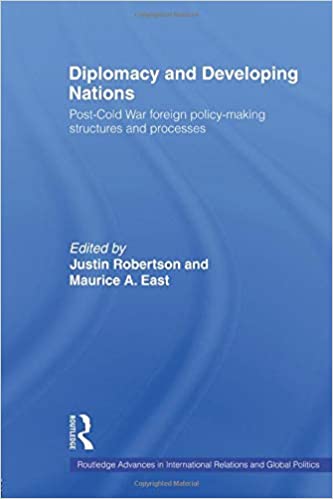
Diplomacy and Developing Nations: Post-Cold War foreign policy-making structures and processes
The text discusses how post-Cold War foreign policy-making structures and processes impact diplomacy with developing nations.
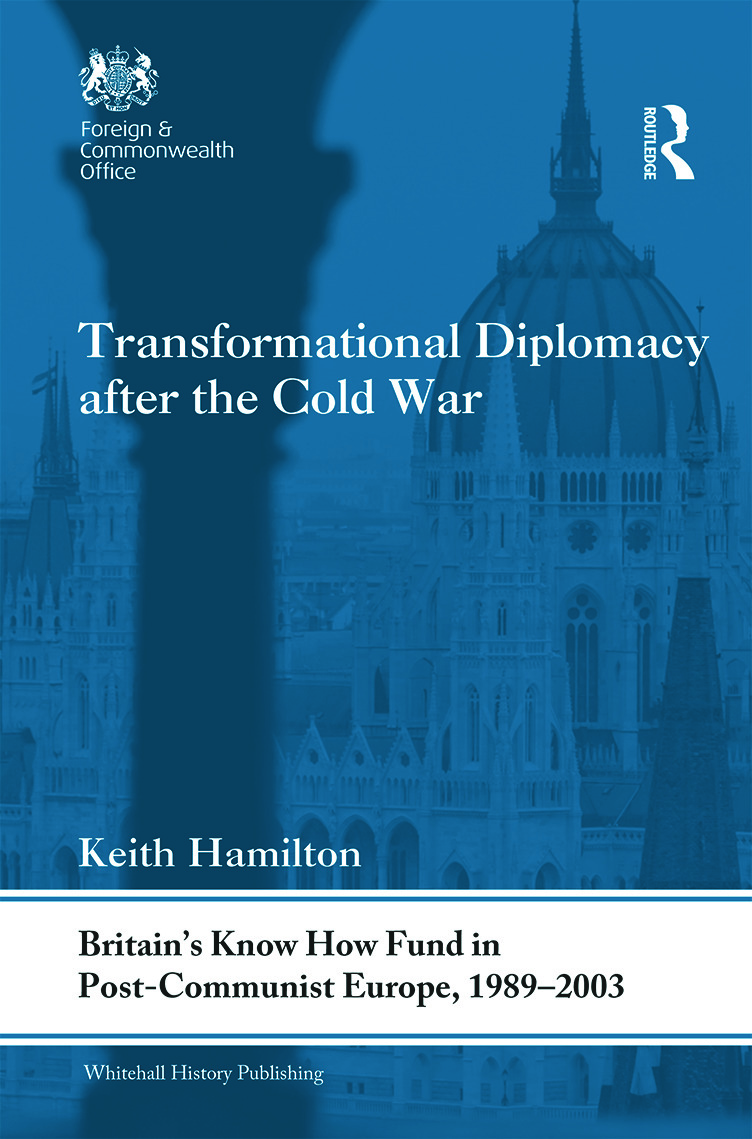
Transformational Diplomacy after the Cold War: Britain’s Know How Fund in Post-Communist Europe, 1989-2003
This is the long awaited history of the Know How Fund (KHF) produced by the recently retired Foreign and Commonwealth Office historian Keith Hamilton. Like other FCO ‘internal histories’, it was initially written ‘to provide background information for members of the FCO, to point out possible lessons for the future and evaluate how well objectives were met.’
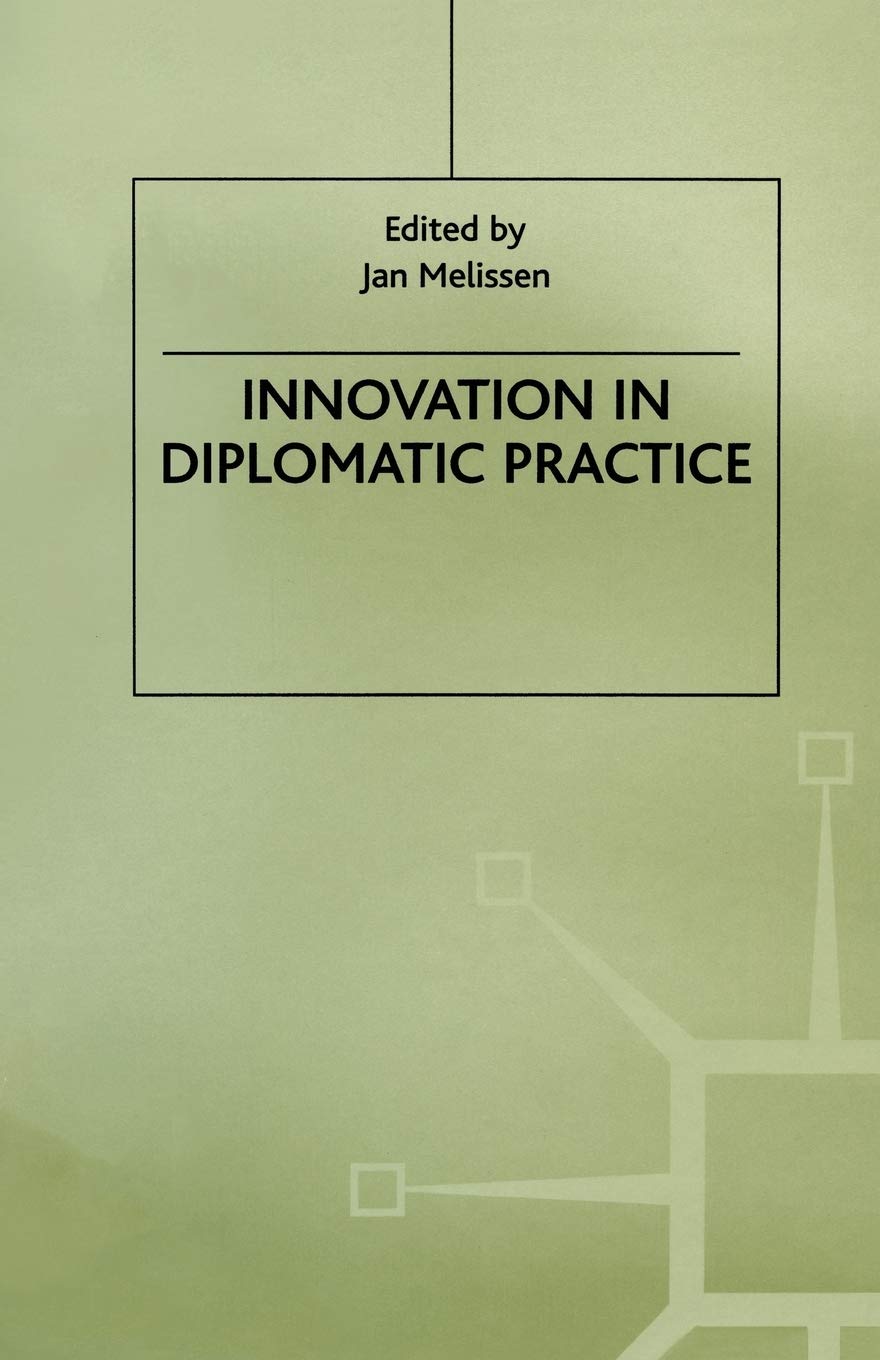
The role of the diplomatic corps: the US-North Korea talks in Beijing, 1988-94
In J. Melissen (ed.), Innovation in Diplomatic Practice, pp. 214-30 (Macmillan, London, 1999), ISBN 0-333-69122-9/
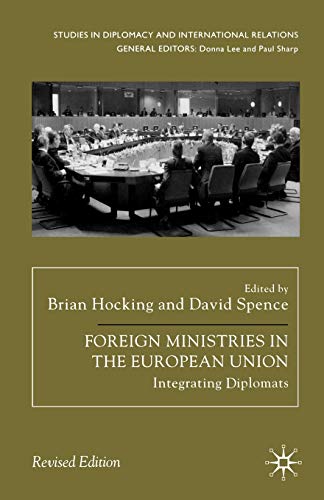
Foreign Ministries in the European Union
Foreign Ministries in the European Union collaborate on a range of global issues, focusing on effective diplomacy, promoting human rights, and fostering peace and security. Regular meetings and coordinated efforts help countries in the EU amplify their impact on the international stage. By working together, they aim to address challenges such as climate change, terrorism, and conflicts around the world. These foreign ministries play a crucial role in shaping EU policies and strategies while representing the collective interests of member states.
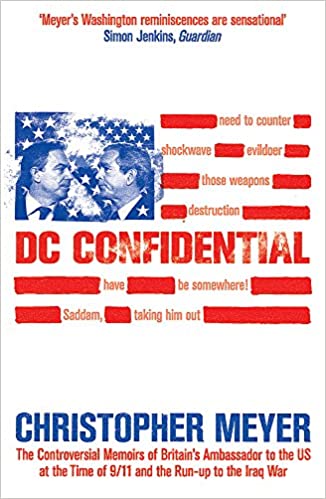
DC Confidential: The controversial memoirs of Britain’s ambassador to the U.S. at the time of 9/11 and the Iraq War
DC Confidential: The controversial memoirs of Britain's ambassador to the U.S. at the time of 9/11 and the Iraq War.
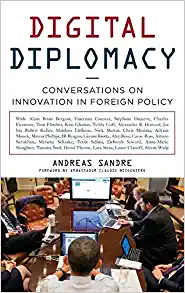
Digital diplomacy: Conversations on Innovations in Foreign Policy
The text discusses the role of digital diplomacy in shaping innovative foreign policy strategies.

Room For Diplomacy: Britain’s Diplomatic Buildings Overseas 1800-2000
Mark Bertram joined the Ministry of Public Buildings and Works after reading architecture at Cambridge and remained in the civil service as architect, project manager, administrator, estate manager and – in his own words – ‘quasi diplomat’ for the next thirty years. He was the ministry’s regional architect in Hong Kong in the 1970s, moved to the Foreign and Commonwealth Office when it secured control of its own buildings abroad (the ‘diplomatic estate’) in 1983, and was soon head of the estate department. On surrendering that role in 1997, he became a professional adviser to the ...
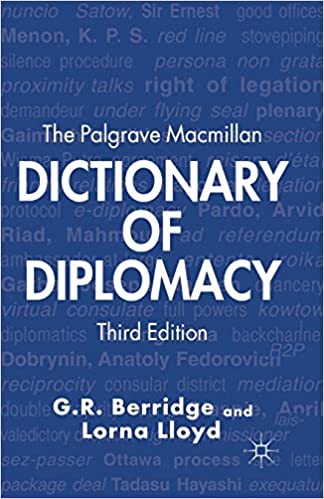
The Palgrave Macmillan Dictionary of Diplomacy, Third Edition
Indispensable for students of diplomacy and junior members of diplomatic services, this dictionary not only covers diplomacy's jargon but also includes entries on legal terms, political events, international organizations, e-Diplomacy, and major figures who have occupied the diplomatic scene or have written about it over the last half millennium.
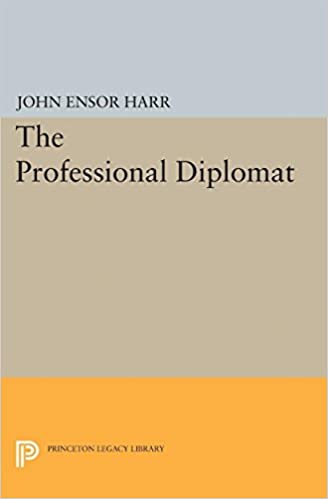
The Professional Diplomat
The message provides guidance and advice on professionalism and diplomacy in interpersonal interactions. It emphasizes the importance of maintaining composure, being respectful, and considering others' perspectives in order to navigate social situations effectively.
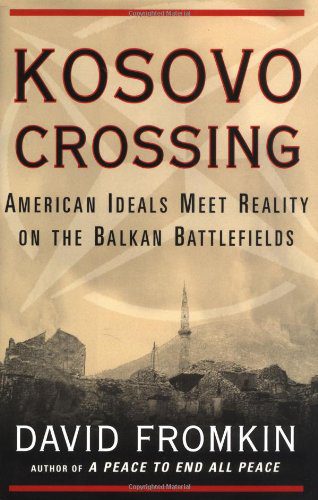
Kosovo Crossing: American Ideals meet Reality on the Balkan Battlefields
The author of this review compares Noam Chomsky's A New Generation Draws the Line: Kosovo, East Timor and the Standards of the West and David Fromkin's Kosovo Crossing: American Ideals meet Reality on the Balkan Battlefields.
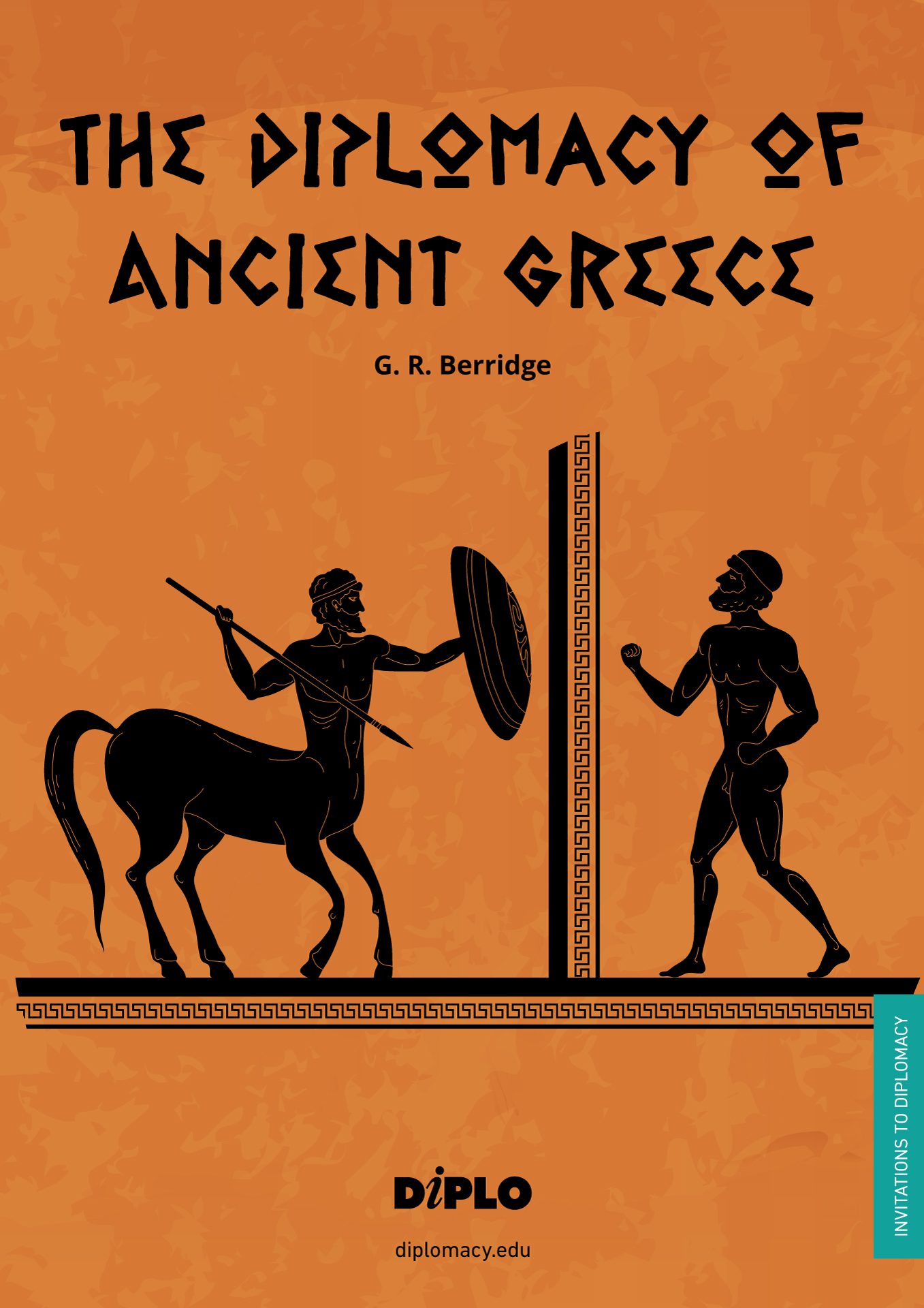
The Diplomacy of Ancient Greece – A Short Introduction
Employed against a warlike background, the diplomatic methods of the ancient Greeks are thought by some to have been useless but by others to have been the most advanced seen prior to modern times.
The Norwegian ‘model’ for conflict resolution
The Norwegian 'model' for conflict resolution involves a focus on communication, consensus-building, and promoting peace through dialogue and negotiation. This approach is characterized by inclusivity, trust-building, and a commitment to finding mutually beneficial solutions to disputes. Norway's successful track record in mediating international conflicts has made it a respected global leader in peacebuilding efforts.

[HOW-TO] How to participate in a meeting on Zoom
Zoom is one of the most popular tools. It's no wonder that so many meetings are taking place on Zoom. If you're a first-timer, here's an easy guide on how to access your online room.
Negotiating the Balkans: The Prenegotiation Perspective
The issues, the activities and the relations preceding the formal international negotiations have increasingly become an area of a special theoretical interest.
The impact of communication media on negotiation outcomes
Our need to understand the impact of communication media on negotiation is growing as technological advances offer negotiators more communication options.

Persuasion: bad practices and … others
Persuasion is a very relative concept. Like beauty, persuasion is the eye of the beholder. Admittedly, persuasion does not exist in the absence of results. One can say that persuasion can be defined as such, if and only if it is effective and reaches its goals. If we accept this prerequisite, we may find persuasion where we least expect it.

Diplomatic Education
Diplomatic Education’ was published as Chapter 11 in: An Anthology Celebrating the Twentieth Anniversary of the Higher Colleges of Technology, ed. Tayeb A Kamali, (HCT Press, UAE, 2007).

Humanitarian Negotiations with Armed Groups: A Manual and Guidelines for Practitioners
The manual provides guidance for practitioners engaging in negotiations with armed groups in humanitarian settings, emphasizing the importance of effective communication, building trust, and understanding the motivations of armed groups. It outlines key principles and strategies to ensure successful humanitarian negotiations and highlights the critical role of negotiation skills in securing access to deliver aid to vulnerable populations.

Diplomatic Privileges and Immunities
The text discusses the distinctions between privileges, immunities, and facilities in the context of diplomatic relations. It explains how privileges exempt diplomats from certain laws, while immunities protect them from legal processes in the receiving state. Diplomatic facilities are provided to aid in the duties of diplomatic missions. The history of diplomatic privileges and immunities is traced from ancient times to modern diplomacy, highlighting the role these concepts play in international relations. The text also touches on the evolution of diplomatic practices, from the Renaissance to...
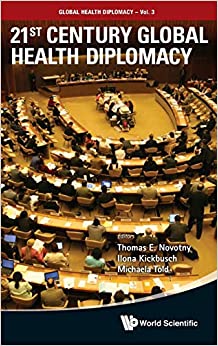
21st century health diplomacy: A new relationship between foreign policy and health
The 21st century sees a shift towards the integration of foreign policy and health, emphasizing the importance of health diplomacy in global affairs.
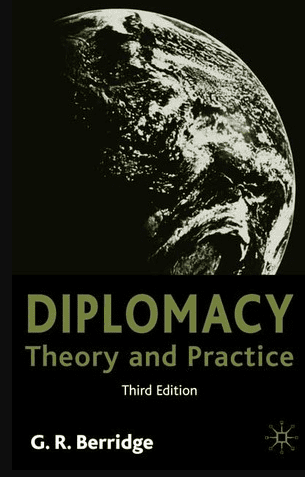
Diplomacy: Theory and Practice
Let us suppose that you are left, like Robinson Crusoe, on a deserted island, under instructions to learn about diplomacy. To that elevated purpose you would be allowed to keep one book only, the rest of the luggage consisting of things more essential for your physical survival, like a gun and gunpowder. The choice of that particular book may not be that difficult, if you had at hand the third edition of Diplomacy: Theory and Practice by G.R. Berridge.
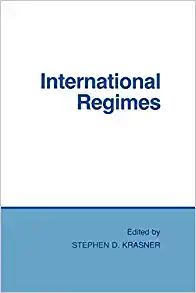
International Regimes
The text analyzes the formation, function, and effectiveness of international regimes in regulating global issues and facilitating cooperation among states.
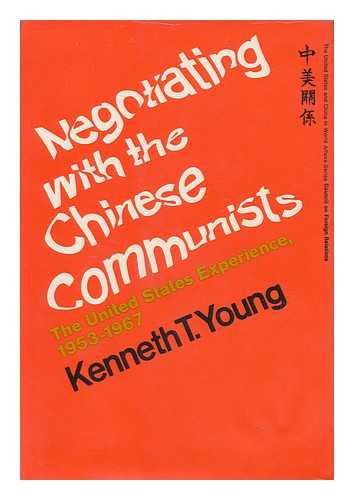
Negotiating with the Chinese Communists: The United States Experience, 1953-1967
The message provides a summary of the negotiation process with the Chinese Communists between 1953 and 1967, focusing on the United States' experience.

Why Persuasion? Reflections after 50 years of practising, teaching and studying diplomacy
From the faraway days when representatives of fighting tribes tried to arrange for a truce, thereby risking their head, to the often derided endless discussions within present day international frameworks, the common aim of diplomacy has remained persuasion. The better a diplomat is at persuading, the more successful he will be in furthering the cause he represents.

Renegotiating Health Care: Resolving Conflict to Build Collaboration
In the text "Renegotiating Health Care: Resolving Conflict to Build Collaboration," the author elaborates on the importance of resolving conflicts within the healthcare system to foster collaboration and improve patient care.
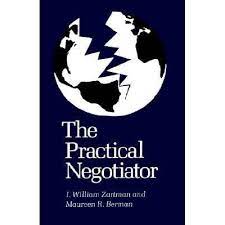
The Practical Negotiator
The Practical Negotiator offers insights and strategies for effective negotiation, emphasizing the importance of preparation, understanding the other party, and maintaining a win-win mindset. It highlights the significance of communication, flexibility, and problem-solving in achieving mutually beneficial agreements. The book aims to enhance negotiation skills and deliver practical guidance for successful outcomes in various scenarios.
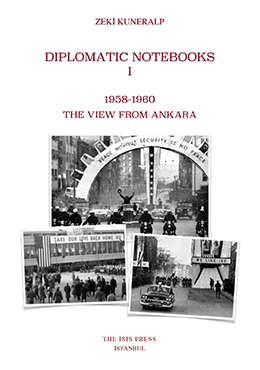
Diplomatic Notebooks 1, 1958-1960: The view from Ankara
Zeki Kuneralp (1914-1998) was one of Turkey’s most gifted, well-liked and influential diplomats of the second half of the twentieth century. This book, dispassionately edited, introduced and annotated by his son, the scholar-publisher Sinan Kuneralp, is the first of a promised series of six volumes. Beginning in January 1958 and ending in August 1960, when Zeki Kuneralp became ambassador to Switzerland, it covers all but the first seven or eight months of the period when he was assistant secretary-general for political affairs in the Turkish foreign ministry in Ankara (in May 1960 he was ele...

Guerrilla Diplomacy: Rethinking International Relations
In a previous book review for DiploFoundation, Petru Dumitriu described G. R. Berridge’s Diplomacy: Theory and Practice as 'a Robinson Crusoe’s book on diplomacy'. Suppose one is left on a deserted island and allowed only one book to study diplomacy; in that case, Dumitriu recommends Diplomacy: Theory and Practice. Without doubt, I wholeheartedly support this recommendation.
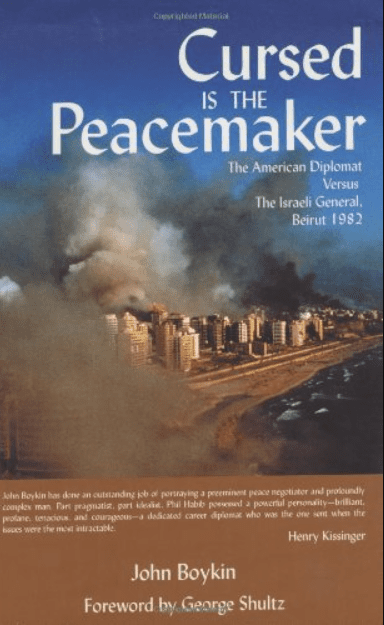
Cursed is the Peacemaker: The American Diplomat Versus the Israeli General, Beirut 1982
Philip Habib, a Brooklyn-born son of Lebanese immigrants, joined the US Foreign Service in 1949. Tough, direct, highly intelligent, and a gifted negotiator, by 1965 he had achieved the position of political counsellor in the hottest of all US embassies, Saigon. Thereafter – with an interlude as ambassador to South Korea – he rose quickly to the top of the bureau of East Asian and Pacific affairs. In 1976 he was appointed undersecretary of state for political affairs, the number three job in the State Department. Such was his diplomatic reputation by this time that, despite having been appo...
Negotiating the International Health Regulations
The International Health Regulations require effective negotiation to address global health issues, focusing on building consensus among countries, ensuring transparency, and fostering cooperation to promote public health security and response to health emergencies.

The Role of Religion in Shaping Saudi Arabia’s Foreign Policy Towards Sub Saharan Africa: A Case Study of Uganda
Cultural and geographical proximity between Saudi Arabia and Sub-Sahara African region makes the relations between the two sides an interesting and wanting area of study. It was against this backdrop that this researcher decided to investigate into this important area.

[HOW-TO] How to use SpatialChat for hosting an event
SpatialChat is a virtual space where people can meet and talk about different topics. The experience is similar to Zoom breakout rooms, but SpatialChat might be an easier solution for online social events since it allows participants to move freely between groups or form new groups by simply dragging their avatar.

Intermediaries: impartiality, multiple mediation and other questions
The topic discusses the role of intermediaries in maintaining impartiality, engaging in multiple mediations, and addressing related queries.
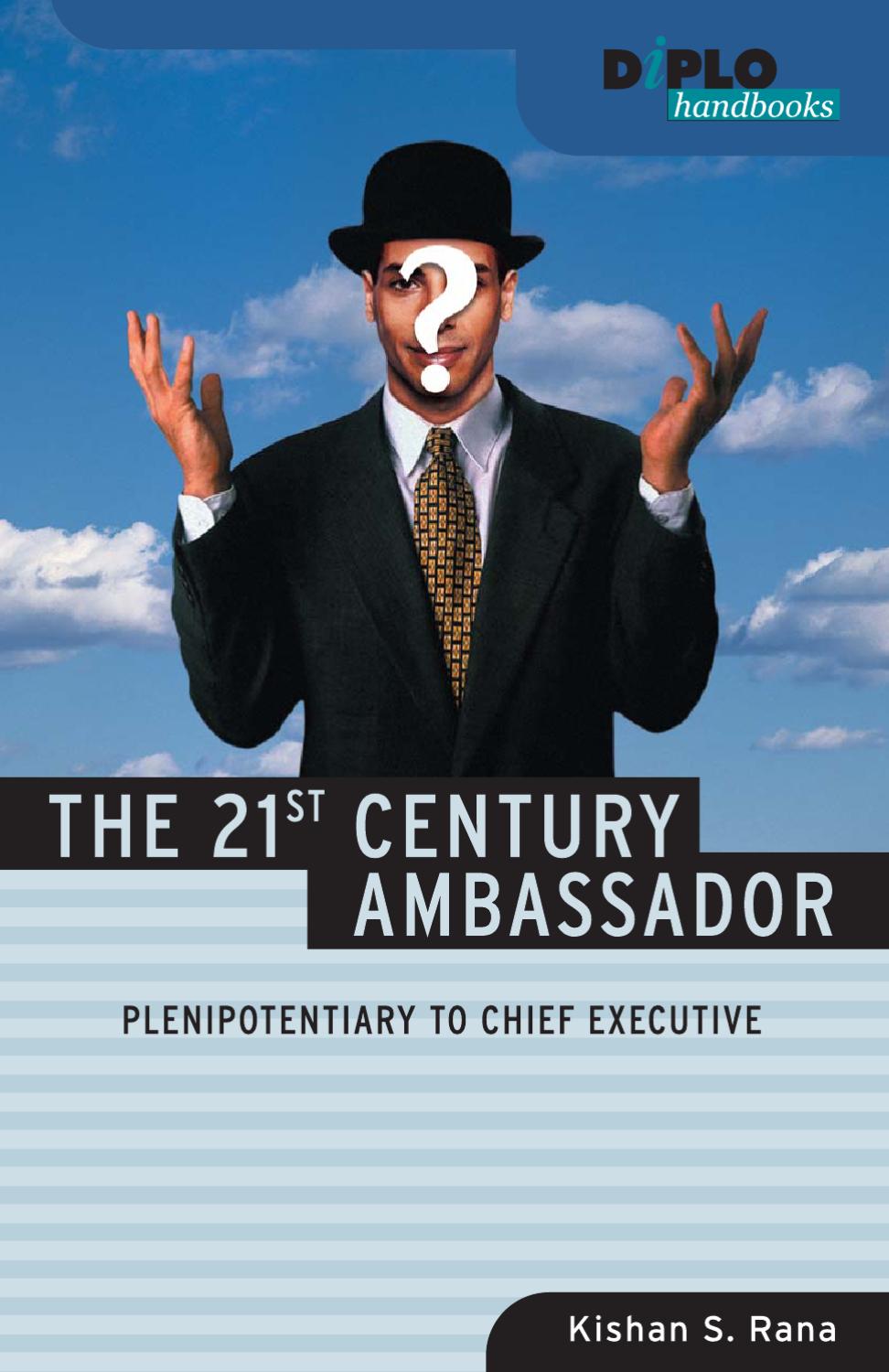
Feedback in Diplomatic Reporting
Extracts from The 21st Century Ambassador, by Ambassador Kishan Rana (DiploFoundation, 2005) – Chapter 3: "On Feedback in Diplomatic Reporting".
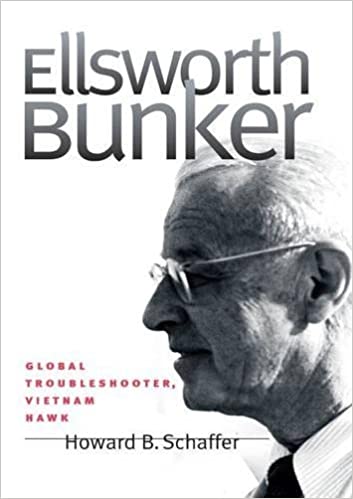
Ellsworth Bunker: Global Troubleshooter, Vietnam Hawk
The message focuses on the life and career of Ellsworth Bunker, depicting him as a global troubleshooter and a Vietnam Hawk.
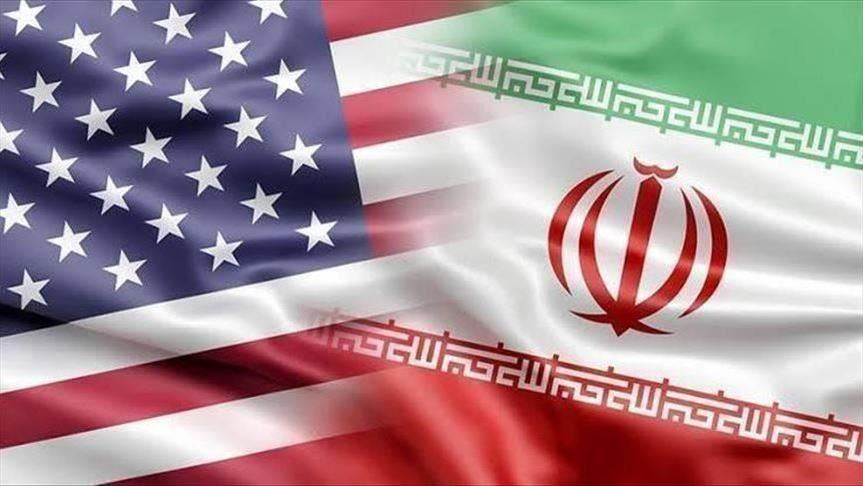
Public Diplomacy in the Middle East: A Comparative Analysis of the U.S. and Iran
The message provides a comparative analysis of public diplomacy strategies employed by the United States and Iran in the Middle East.
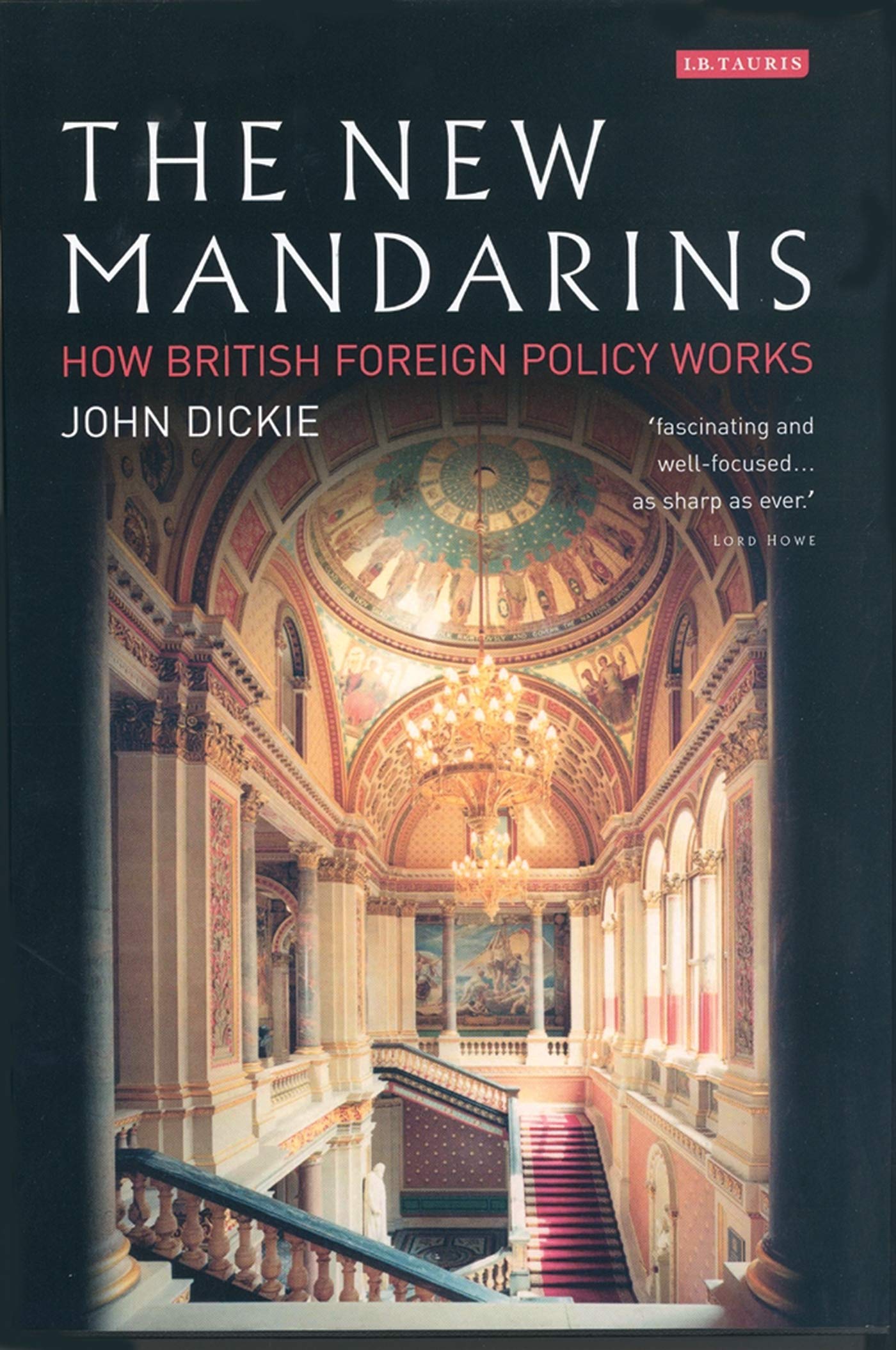
The New Mandarins: How British foreign policy works
The message delves into how British foreign policy operates, examining the role of the "new mandarins" in shaping decisions and strategies.
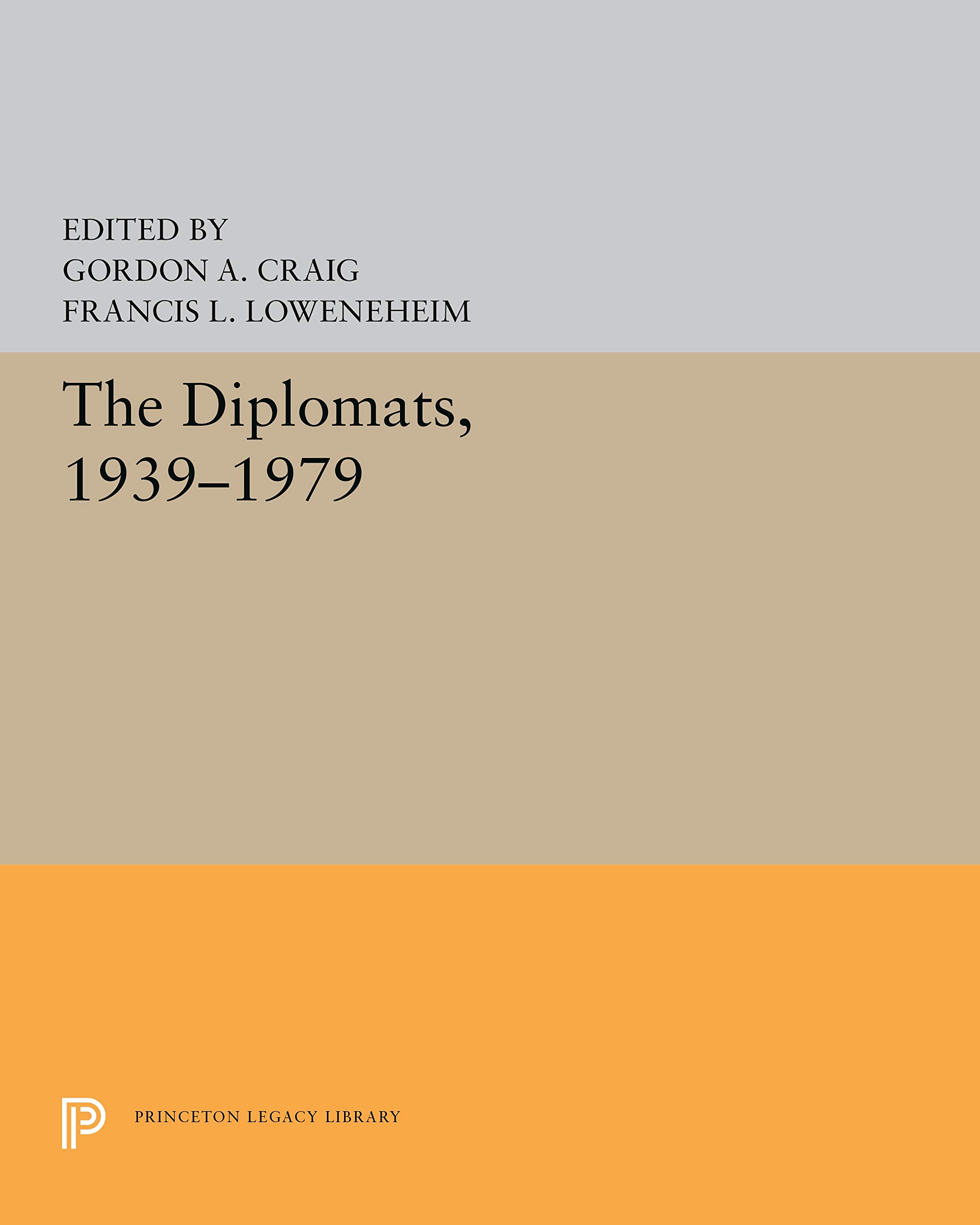
The Diplomats, 1939-1979
The message provides a brief overview of a diplomatic history spanning the years from 1939 to 1979.
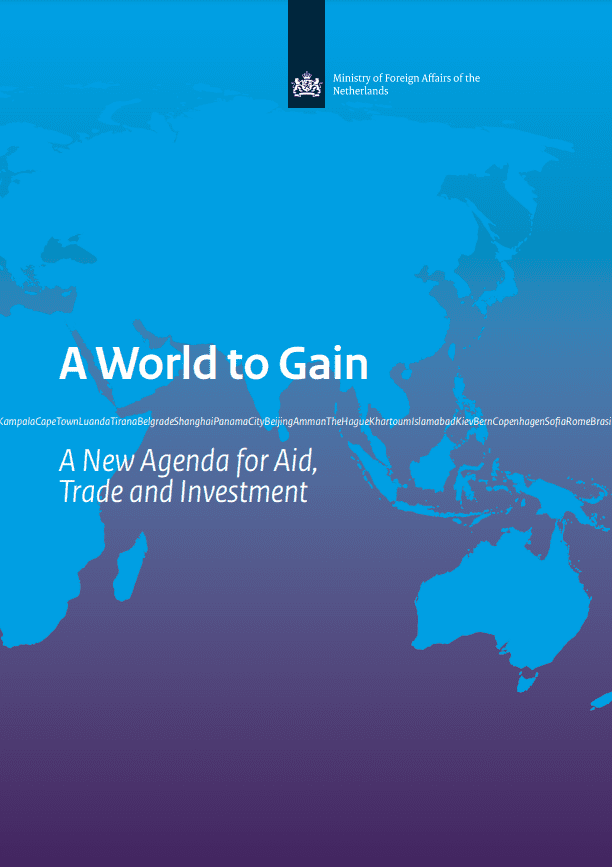
A World to Gain: A New Agenda for Aid, Trade and Investment
A World to Gain: A New Agenda for Aid, Trade and Investment" outlines a comprehensive approach to global development through aid, trade, and investment. It suggests strategies to address economic disparities and foster sustainable growth worldwide. The book advocates for collaboration between countries and institutions to tackle challenges and unlock opportunities for progress on a global scale.
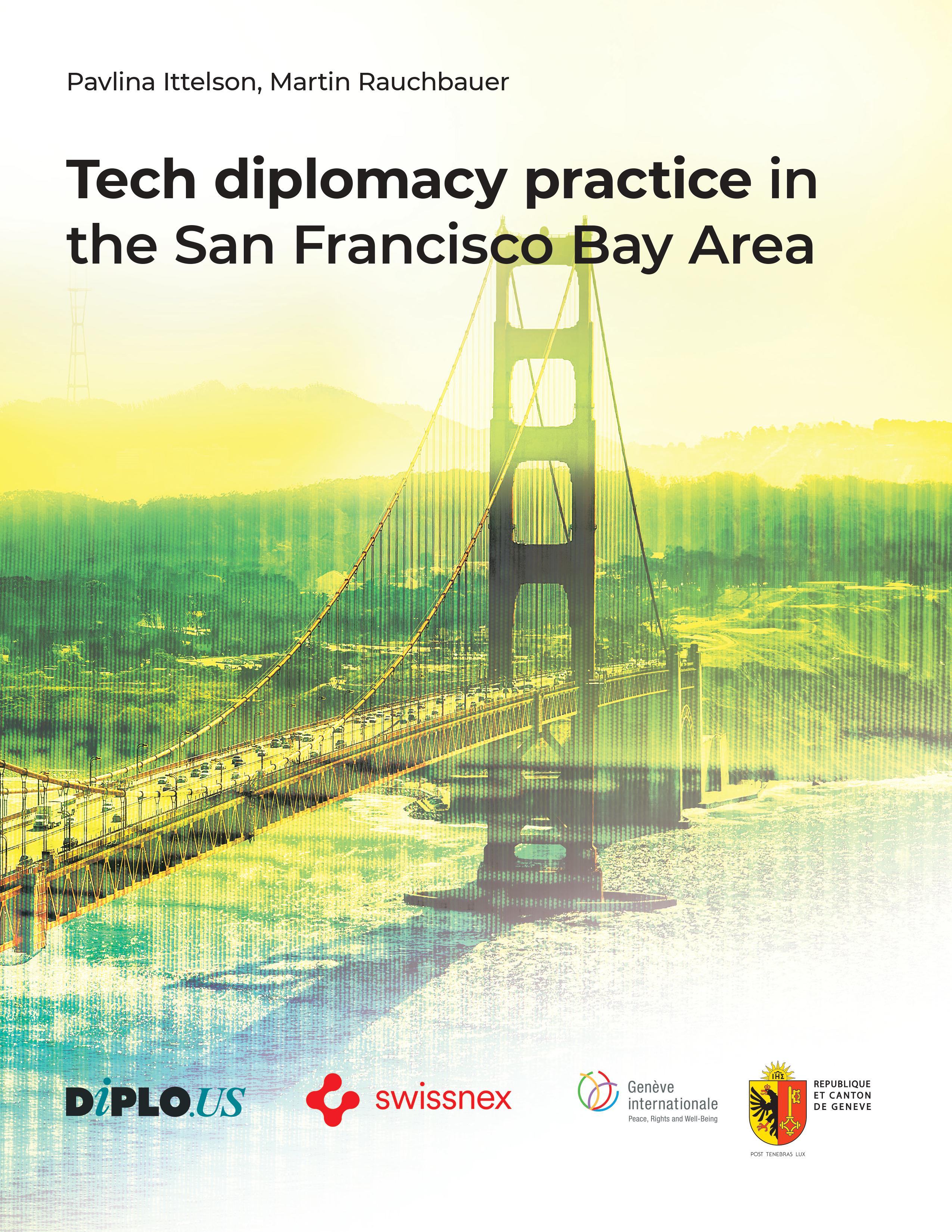
Tech diplomacy practice in the San Francisco Bay Area
A fresh look five years after the first mapping in 2018, this report examines how countries engage in tech diplomacy in the San Francisco Bay Area. The report maps a selection of diplomatic representations to illustrate the variety of approaches engaged and identifies both the benefits and challenges for countries and tech companies in pursuing the practice of tech diplomacy.
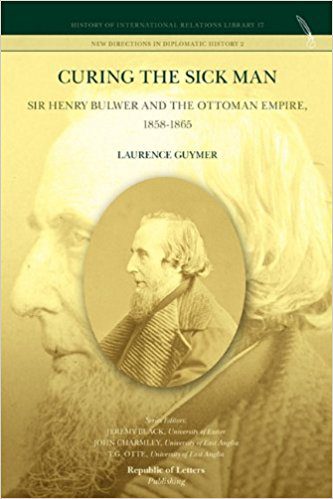
Curing the Sick Man: Sir Henry Bulwer and the Ottoman Empire, 1858-1865
This is the first book of a very promising young historian. Laurence Guymer, who is head of the Department of History at Winchester College and a research associate in the School of History at the University of East Anglia, has produced a biography of Sir Henry Bulwer that successfully challenges the conventional account of this colourful mid-Victorian figure. It also raises the question of how ‘diplomatic success’ is judged.
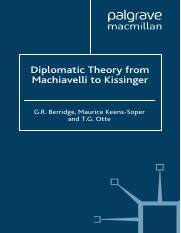
Diplomatic Theory from Machiavelli to Kissinger
The discussion in the text centers on the evolution of diplomatic theory from Machiavelli's emphasis on power politics to Kissinger's approach of balancing power and morality in international relations. It explores how these different perspectives have influenced diplomatic strategies throughout history, ultimately shaping the field of diplomacy.

Impact of Russia’s Foreign Energy Policy on Small European States’ Security. Case Study: The Baltic States
Russia is the main energy supplier for Europe and Europe is the biggest market for Russian energy sources. This interdependency is the main cause for complicated energy relations between the EU, that is struggling to merge divergent interests of its 27 unequal members on one side, and Russia, that has gained new confidence in its energy power, on the other.
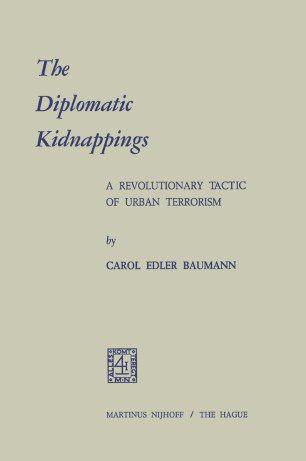
The Diplomatic Kidnappings: A Revolutionary Tactic of Urban Terrorism
The article discusses how diplomatic kidnappings have become a tactic of urban terrorism within revolutions, targeting diplomats to exert pressure on governments. Diplomats are seen as valuable assets by their home countries, making their abduction a powerful tool to achieve political objectives.
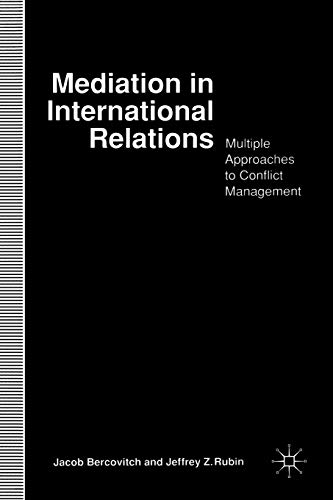
Mediation in International Relations
The practice of mediation in international relations involves third-party intervention to facilitate conflict resolution between parties. Mediators act as neutral facilitators, assisting in communication, negotiation, and finding common ground to reach a peaceful resolution. It is a diplomatic tool used to de-escalate tensions, prevent conflicts, and promote cooperation among nations. Mediation often requires skilled mediators with expertise in conflict resolution and international affairs to navigate complex political dynamics and foster dialogue between conflicting parties.
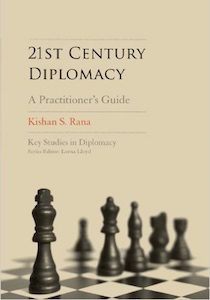
21st Century Diplomacy: A Practitioner’s Guide
In the 21st century, new kinds of challenges resulting from interdependence among states and globalisation have had a determining impact of the conduct of diplomacy. Diplomacy has become multifaceted, pluri-directional, volatile and intensive, due to the increased complexity in terms of actors, dialogues subjects, modes of communication, and plurality of objectives. This unique text, written by a leading scholar and Foreign Service expert, examines all such factors to provide the definitive guide to diplomacy as it is practiced today. With a multitude of examples from around the world, includi...
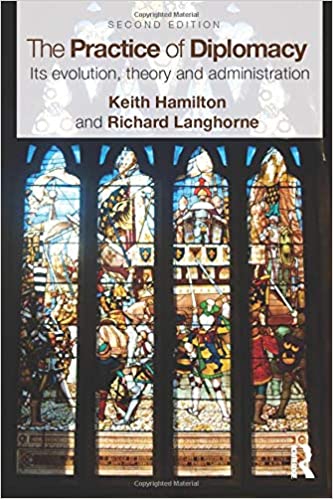
The Practice of Diplomacy, 2nd ed
The importance of public diplomacy as a means to communicate with foreign publics is underscored in the text. Diplomats need to understand local cultures and values to effectively engage with foreign populations and build trust and cooperation.

Public Diplomacy Between Home and Abroad: Norway and Canada
The text discusses public diplomacy efforts between Norway and Canada. Both countries recognize the importance of cultural exchange, education, and communication in fostering positive international relations. Various initiatives, such as academic partnerships and cultural events, are highlighted as examples of how these nations engage in public diplomacy to strengthen their ties and promote mutual understanding.
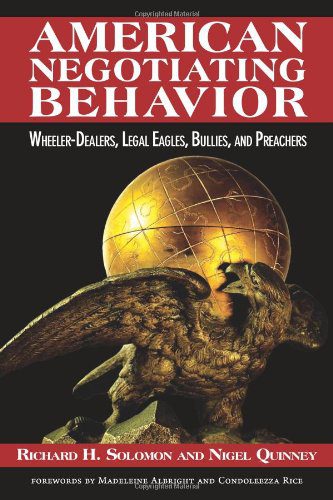
American Negotiating Behaviour: Wheeler-Dealers, Legal Eagles, Bullies, and Preachers
The text discusses various negotiating behaviors commonly observed in Americans, categorizing them as wheeler-dealers, legal eagles, bullies, and preachers.

The origins, use and development of hot line diplomacy
The text is about the history, usage, and evolution of hot line diplomacy.
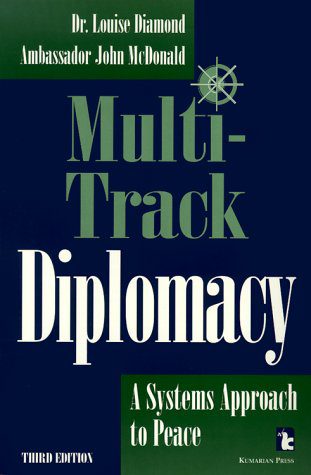
Multi-Track Diplomacy: A systems approach to peace
Multi-Track Diplomacy" outlines a holistic approach to resolving conflicts through the involvement of multiple sectors in society, including government, business, and civil society. By recognizing the interconnectedness of these sectors and their influence on peacebuilding efforts, this systems approach aims to create sustainable and effective solutions to complex issues.
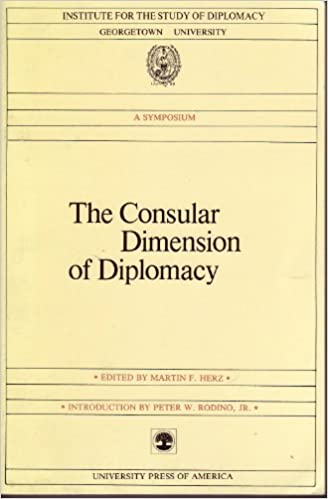
The Consular Dimension of Diplomacy
The Consular Dimension of Diplomacy discusses the crucial role consular officials play in protecting the interests of their respective countries and citizens abroad. Consular work includes providing assistance to citizens in distress, issuing visas, promoting trade and cultural exchanges, and handling legal matters. This aspect of diplomacy is often overlooked but is vital in maintaining relationships and safeguarding the welfare of citizens outside their home countries.
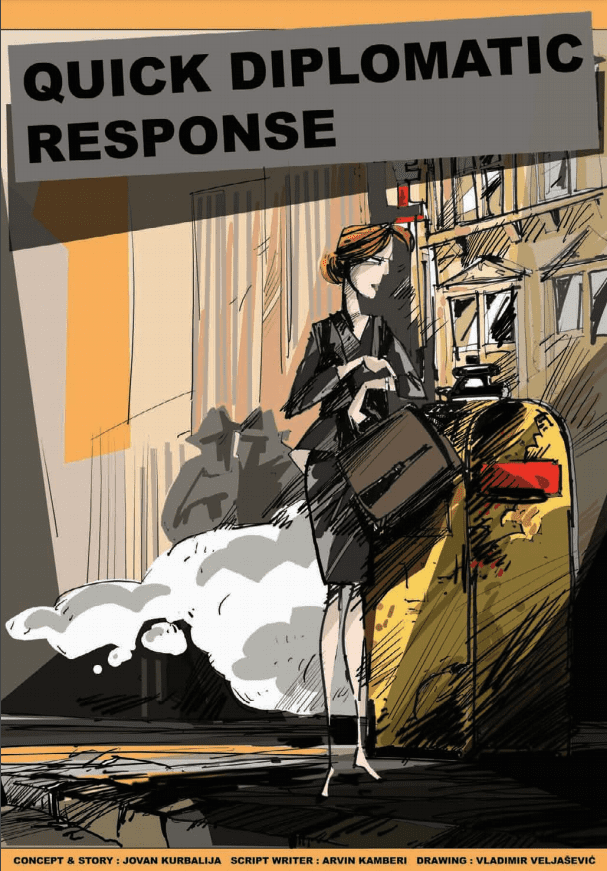
Quick Diplomatic Response
In the increasingly interdependent world, diplomacy is our only alternative. Wars do not provide solutions for modern problems, whether these are regional crises, environmental challenges, such as climate change, or the risk of global pandemics. Compromise and consensus are not only the most ethical approach, but necessity. This interesting comic presents one day in life of an e-diplomat.
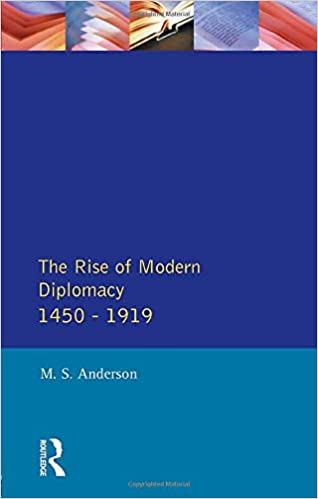
The Rise of Modern Diplomacy, 1450-1919
The text discusses how modern diplomacy evolved between 1450 and 1919, highlighting the changes in diplomatic practices, the emergence of new diplomatic actors, and the impact of historical events on diplomacy during this period.
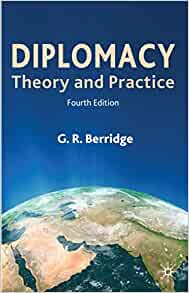
Diplomacy: Theory and Practice, 4th ed
Diplomacy: Theory and Practice, 4th ed. examines the complexities of international relations, emphasizing the importance of diplomacy in maintaining peace and navigating conflicts. The book offers insights into both historical and contemporary diplomatic strategies, highlighting the role of communication, negotiation, and compromise in addressing global challenges effectively. Readers will gain a comprehensive understanding of the principles and practical applications of diplomacy, essential for promoting cooperation and resolving disputes on the international stage.
Understanding Iran’s Media Diplomacy
Iran's media diplomacy aims to present the country positively on the global stage. Through state-controlled outlets like Press TV and Al-Alam, Iran shares its perspective on international events, often offering a counter-narrative to Western media. This effort is part of a broader strategy to shape global perceptions of Iran and challenge negative stereotypes. By utilizing media as a tool for diplomacy, Iran seeks to influence public opinion and build alliances with countries sharing similar views.
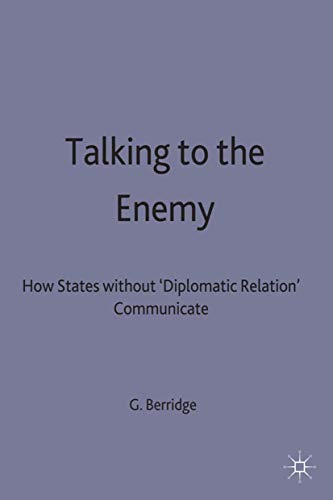
Talking to the Enemy: How states without ‘diplomatic relations’ communicate
‘This is an elegant little monograph on what Churchill once called ‘black-market diplomacy, that is, communication between states that, for one reason or another, for example, war, strained relations or non-recognition, lack the normal methods of diplomatic converse… This is illuminating work in an uncultivated field’, Percy Cradock, Prime Minister’s Foreign Policy Adviser, 1984-92, International Relations.
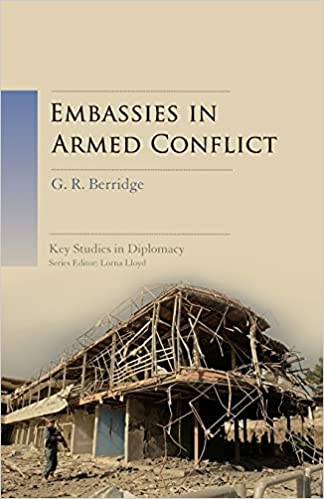
Embassies in Armed Conflict
Apologies for the oversight, please provide the content that you would like summarized.
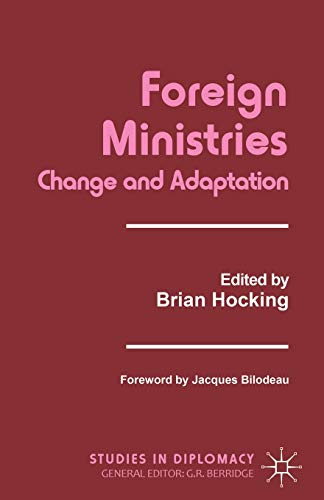
Foreign Ministries: Change and adaptation
The message talks about how foreign ministries need to adapt and change to meet the demands and challenges of the modern world.
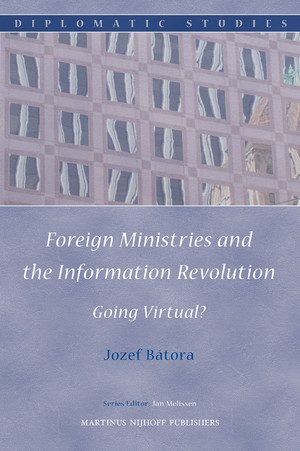
Foreign Ministries and the Information Revolution: Going Virtual?
The ongoing information revolution is perceived as a profound organizational challenge for foreign ministries. Yet there is only scant empirical evidence on the nature of the change dynamics. Anchored in new institutionalist approaches in political science, this book reconceptualizes diplomacy as an institution of the modern state order and identifies its key organizing principles maintained by the global group of foreign ministries. With this conceptualization as a point of departure, the book provides a comparative analysis of information technology effects in the foreign ministries of Canad...

Knowledge management and diplomacy
In this paper we aim to provide a comprehensive introduction to the topic of knowledge management in diplomacy. First we provide working definitions of knowledge and knowledge management, and examine the evolution of the concepts. Next, we consider specific features of diplomacy that affect and limit the way knowledge management can be implemented. Then we look at specific techniques which diplomacy can adapt from the business sector in the field of knowledge management. Finally, we consider some important questions related to human resources and knowledge management.

[HOW-TO] How to use Cisco Webex for hosting an event
Cisco Webex is an online application for video conferencing launched in 1995.
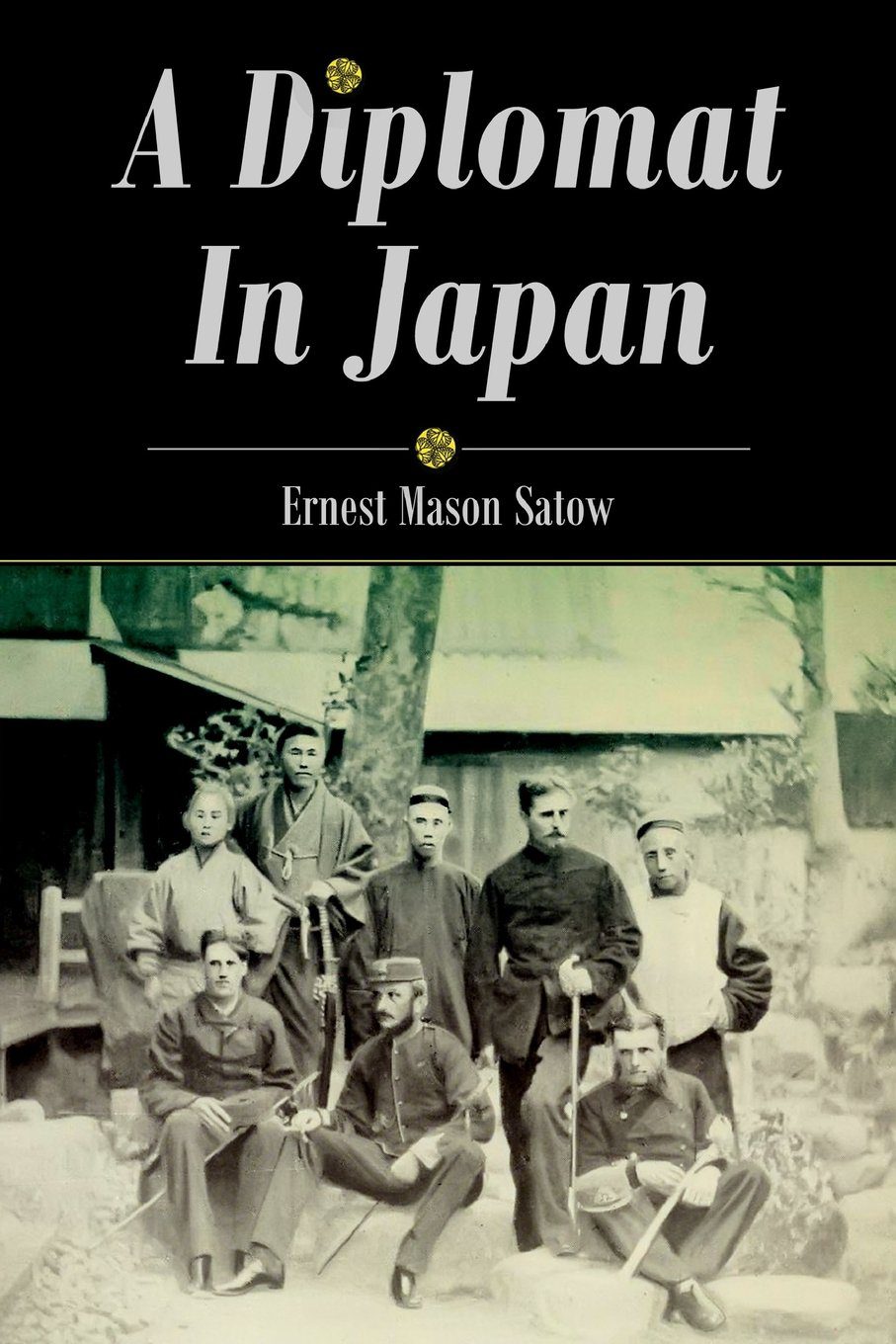
A Diplomat in Japan
The first portion of this book was written at intervals between 1885 and 1887, during my tenure of the post of Her Majesty's minister at Bangkok. I had but recently left Japan after a residence extending, with two seasons of home leave, from September 1862 to the last days of December 1882, and my recollection of what had occurred during any part of those twenty years was still quite fresh. A diary kept almost uninterruptedly from the day I quitted home in November 1861 constituted the foundation, while my memory enabled me to supply additional details. It had never been my purpose to...

The Role of the United Nations in Making Progress Towards Peace in Burundi
The United Nations plays a crucial role in facilitating peace efforts in Burundi through conflict resolution, peacekeeping, and promoting dialogue among various stakeholders in the region.

Palestinian statehood diplomacy: The Palestinian UN bids of 2011-2012
The Palestinian Authority (PA) launched an intense diplomatic campaign to garner a supporting vote in the United Nations General Assembly (UNGA), which was finally realized in 2012 by an upgrade to a 'non member observer state', granting Palestine a set of new privileges. It represents a victory for Palestinian diplomacy and presents a model of statehood diplomacy that received support as much as criticism. It stirred discussions about statehood and state recognition, and exposed the limited success of international interventions in post-conflict state building efforts.
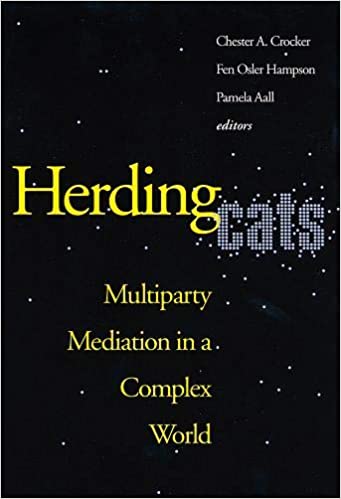
Herding Cats: Multiparty Mediation in a Complex World
Review by Geoff Berridge
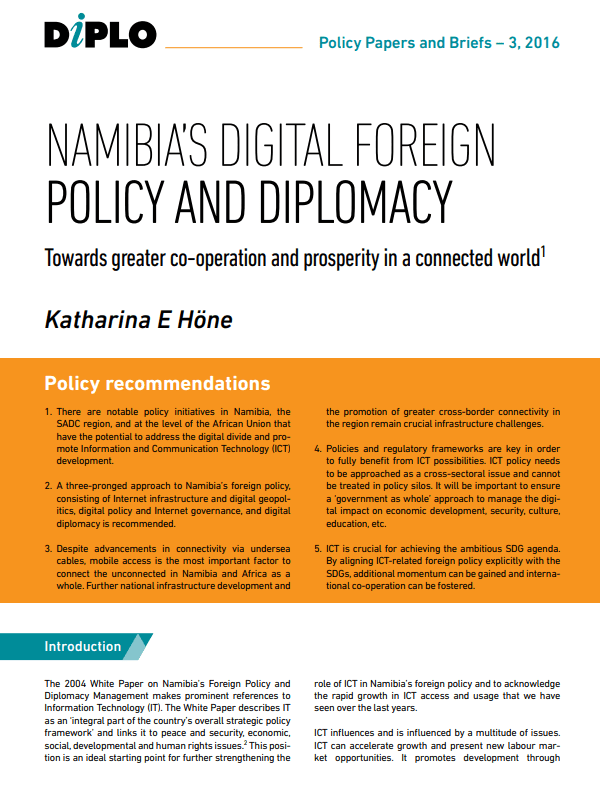
Namibia’s Digital Foreign Policy and Diplomacy (Briefing Paper #3)
This briefing paper emerged from Diplo's participation in Namibia's Foreign Policy Review Conference (July 2016). In this paper, Dr Katharina E. Höne suggests a three-pronged approach to Namibia's digital foreign policy and diplomacy, and looks at the discourse on information and communications technology (ICT) and development.
Theories of persuasion and psychology: the power of situations
Throughout its history, humankind has been motivated to war, terrorism, ethnic cleansing, genocide, racist hysteria, religious intolerance and extremism, mass suicide and many other forms of irrational and pathological behaviour. The problem arises as Milan Kundera defines it, when we ask that terrible anthropological question – ‘What are people capable of’?
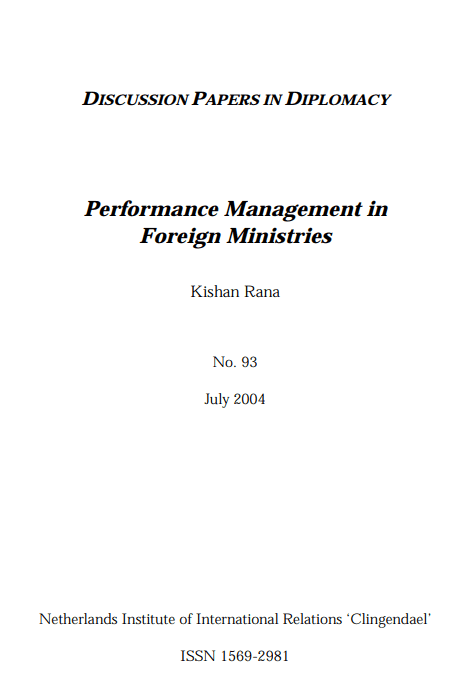
Performance Management in Foreign Ministries: Corporate Techniques in the Diplomatic Service
The text discusses the implementation of corporate performance management techniques within foreign ministries to improve efficiency and effectiveness in diplomatic services.
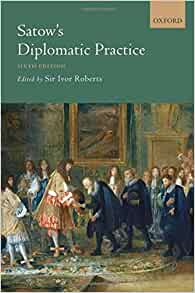
Satow’s Diplomatic Practice, 6th ed
Satow's Diplomatic Practice, 6th ed., is a vital resource for diplomats with updated information on diplomacy history, diplomatic and international law, and the effect of modern changes on diplomatic work, including terrorism. This edition covers the evolution of diplomacy since the Cold War, the rise of new diplomatic practices, and the increased number of states and international organizations. The book details diplomatic privileges, missions, and consular matters, making it essential for those involved in diplomacy.
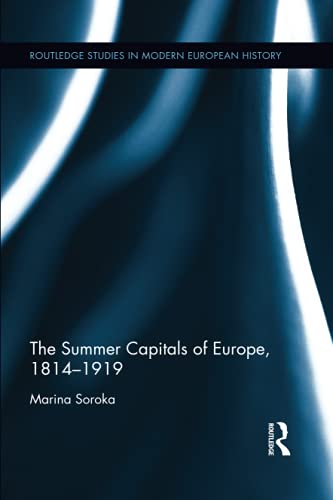
The Summer Capitals of Europe, 1814-1919
This is an original work, meticulously researched, rich in detail, and written in a clear and – here and there – refreshingly pungent style. Soroka is a Russian scholar but at ease in English.
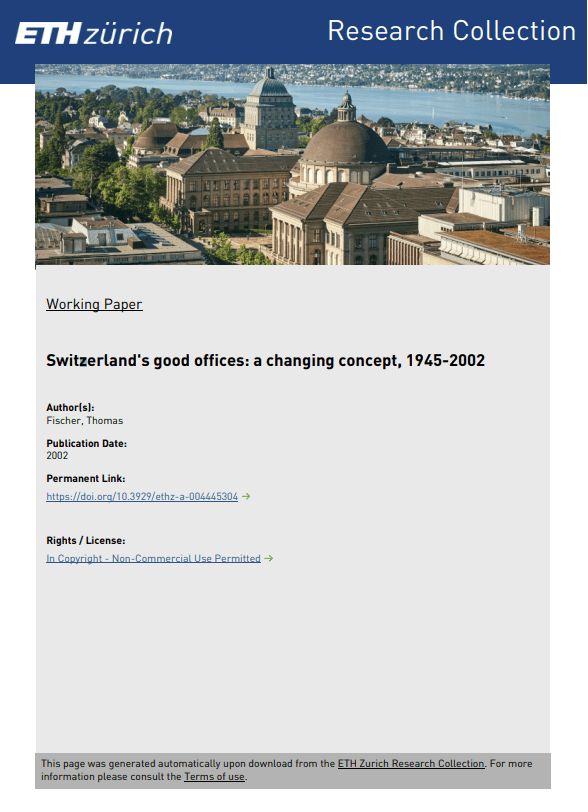
Switzerland’s good offices: a changing concept, 1945-2002
Switzerland's role in international diplomacy evolved from the end of World War II to 2002, showcasing its changing concept of good offices.

[HOW-TO] How to use Tixeo for hosting an event
Tixeo provides secure HD videoconferencing from any device.
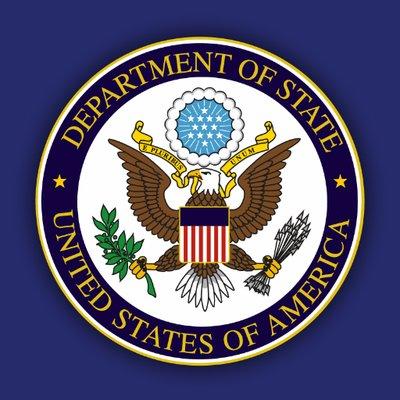
Diplomacy Before and After Conflict
The importance of diplomacy in preventing conflicts is highlighted in this text. Diplomatic efforts both before and after conflicts are crucial for resolving disputes peacefully. Diplomacy plays a key role in preventing escalation of tensions, promoting understanding, and finding mutually acceptable solutions. It emphasizes the need for respectful communication, negotiation, and compromise to maintain peace and stability in the international arena. Diplomatic channels must be utilized effectively to address grievances, build trust, and foster cooperation among nations. Diplomacy is a vital too...
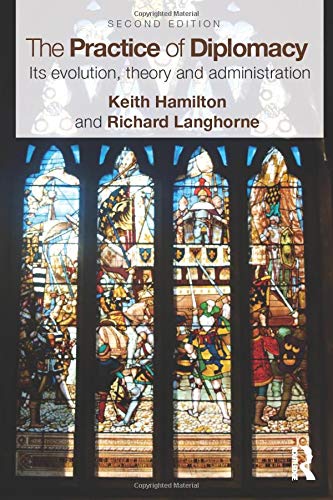
The Practice of Diplomacy: Its evolution, theory and administration
First published in 1995, the long-awaited second edition of this valuable textbook on the history of diplomacy has at last appeared. The first chapter has been expanded to include non-European traditions, and a wholly new chapter has been added to take account of developments over the last 15 years. It is for the main part a work of relaxed authority, clearly written, and – unusually for an introductory work – full of intriguing detail which it would be difficult if not impossible to find in other secondary sources.

[HOW-TO]: Enabling closed caption on your Zoom account
One of the popular Zoom tools is auto-generated captions. From now on, all Zoom Meetings accounts have access to them, the free and the licensed ones.

Against All Enemies: Inside America’s War on Terror
All memoirs are incomplete; instant ones even more so; and memoirs about security matters are the worst, in this respect. The book, however, manages to disappoint in an unusual way.

Who needs diplomats? The problem of diplomatic representation
This paper discusses the problem of diplomatic representation. Diplomats should remind themselves and others that they are first and foremost the representatives of sovereign states, that this is their raison d’être and a precondition for anything else they might aspire to be or to do. This might require an adjustment in their professional orientation but not a transformation.
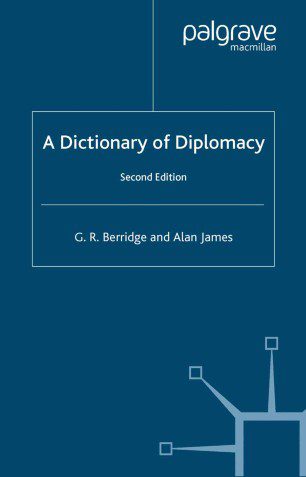
A Dictionary of Diplomacy, Second Edition
Like all professions, diplomacy has spawned its own specialized terminology, and it is this lexicon which provides A Dictionary of Diplomacy 's thematic spine.
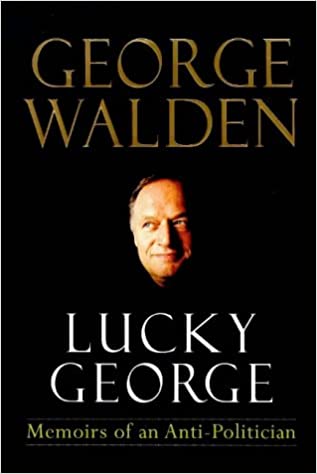
Lucky George: Memoirs of an Anti-Politician
This is a belated and less than comprehensive note on this book, which I stumbled upon in a second-hand bookshop while on holiday. It is one of the most lively, shrewd, and brilliantly written diplomatic and political memoirs that I have ever come across.
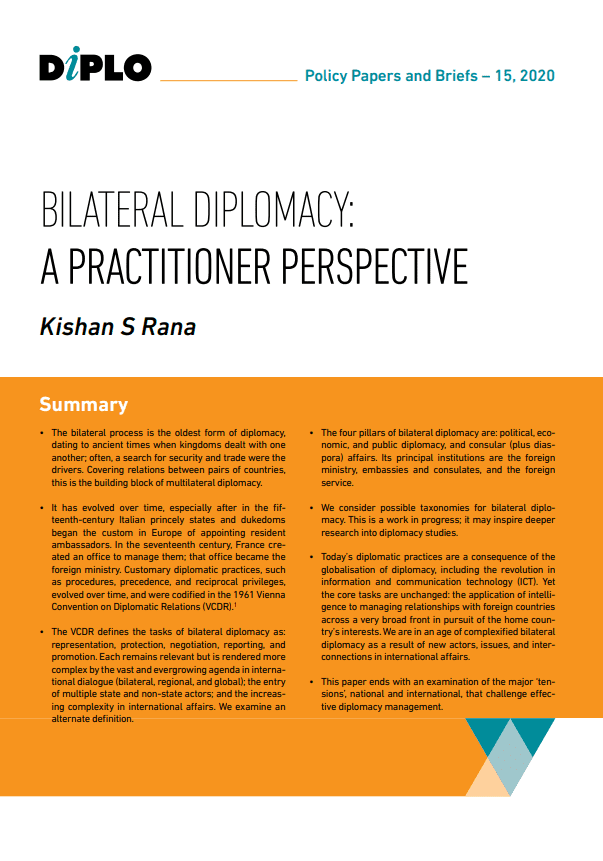
Bilateral Diplomacy: A Practitioner Perspective (Briefing Paper #15)
The text outlines the evolution and significance of bilateral diplomacy as the foundation of international relations, detailing its historical roots, key tasks defined by the Vienna Convention on Diplomatic Relations, and the contemporary challenges and complexities it faces in a globalized world.
Concept Note on E-Participation
This paper explains main concepts of e-participation, including aims, various aspects, how to participate remotely, as well as how to organise e-participation for an international event (organisational and technical aspects).

Britain and Southern Africa
The text discusses Britain’s historical involvement in Southern Africa, highlighting colonisation, the impact of British rule, and the legacy of this relationship.
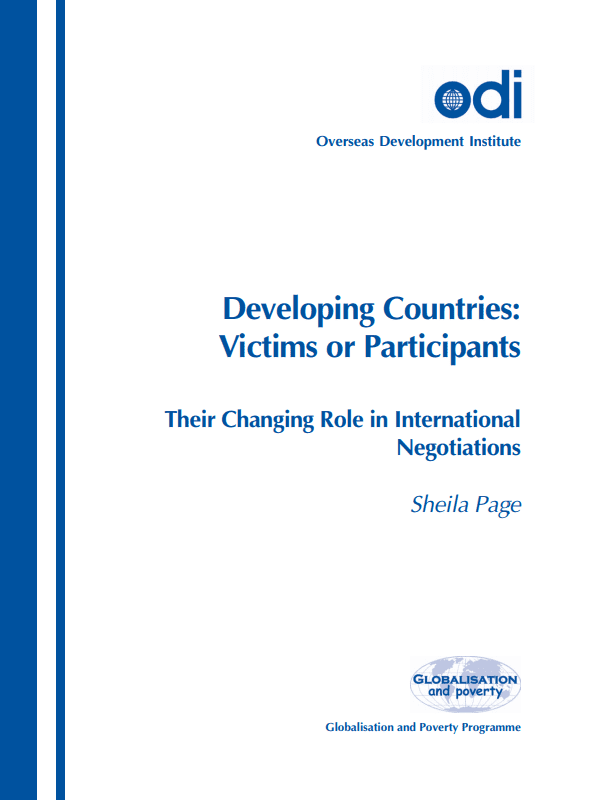
Developing Countries: Victims or Participants? Their Changing Role in International Negotiations
The roles of developing countries in international negotiations are evolving from being seen as victims to active participants. They are now asserting themselves and playing more significant roles in shaping global policies and agreements.
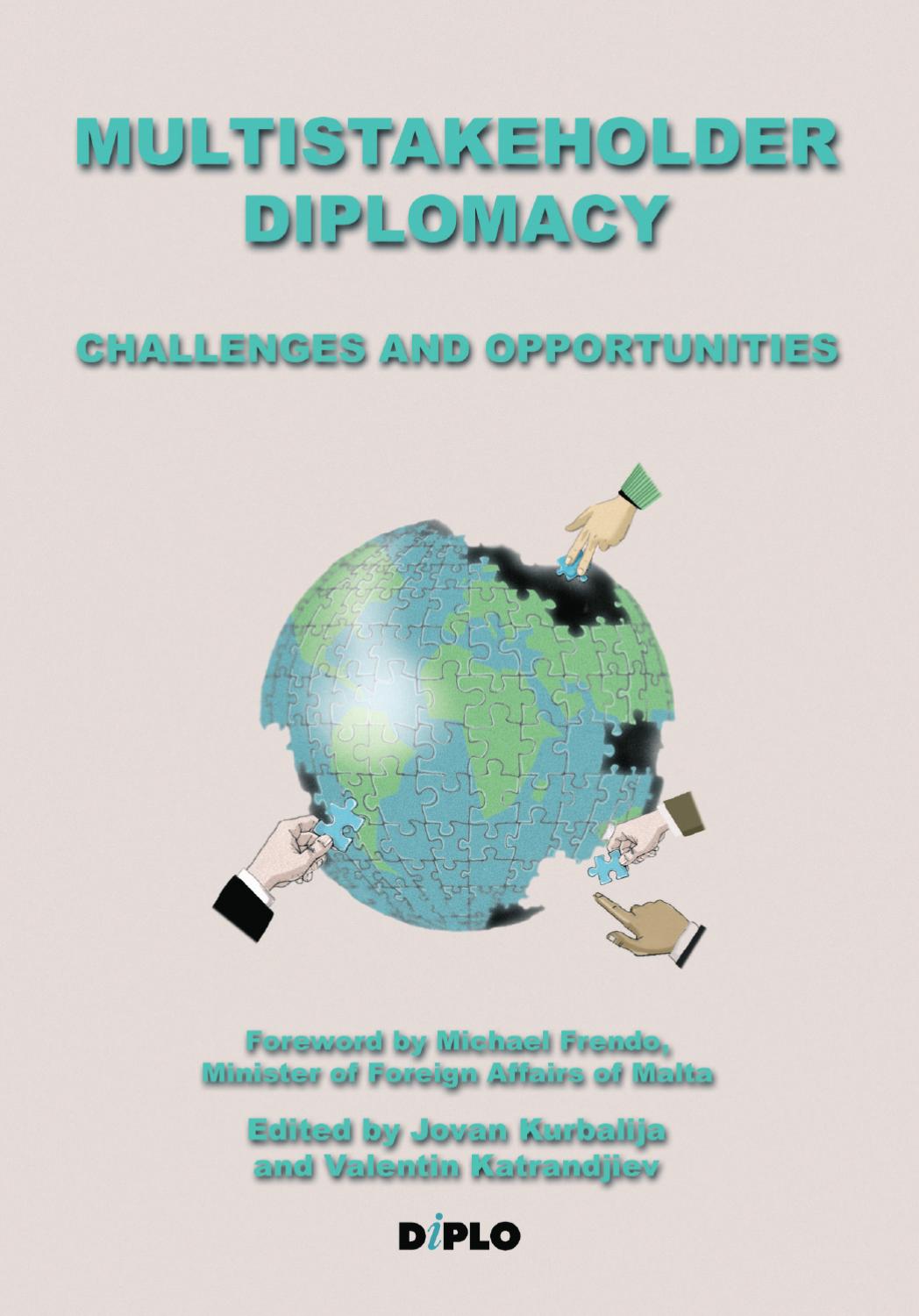
Reflections on multistakeholder diplomacy
Through analysis of the procedural and institutional arrangements in the functioning of international bodies, Valentin Katrandjiev, seeks to measure the extent to which diplomats accept nonofficial networks and entities as equal partners in the diplomatic negotiation process. Katrandjiev analyses the trend that on the domestic front, societies demand greater public accountability of governments in the process of national foreign policy making. He attempts to do so through the organisational units in MFAs responsible for relationships with domestic stakeholders.

Persuasion in sociology of diplomacy
Dr Milan Jazbec, a practitioner and researcher in diplomacy, positions a discussion on persuasion in the sociology of diplomacy. Social context determines both diplomacy and persuasion. Dr Jazbec makes a distinction between pressure and persuasion. In a rather counter-intuitive view to dominant discourse, he argues that genuine persuasion cannot be public. As soon as it becomes public, it immediately becomes pressure.

Knowledge management in the Ministry of Foreign Affairs of Malta
In this paper, Maltese diplomat Gaetan Naudi explains how the Maltese MFA embraced the changes introduced by the informatics era. He looks at such changes from a business management perspective, to show how ICTs were introduced to such a fairly large organisation, the concerns raised by the changes, and the progress on computerised knowledge management. He concludes that despite the positive changes introduced thanks to ICTs, this would not have been possible without human involvement.
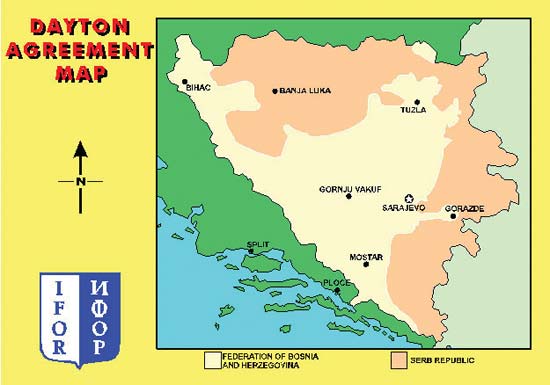
The Secret History of Dayton: U.S. Diplomacy and the Bosnia Peace Process 1995
The Secret History of Dayton: U.S. Diplomacy and the Bosnia Peace Process 1995 recounts the behind-the-scenes negotiations and strategies employed by American diplomats during the Dayton Peace Accords that ended the Bosnian War. The U.S. played a crucial role in brokering peace between the warring factions and outlining the terms of the agreement that led to the successful resolution of the conflict.
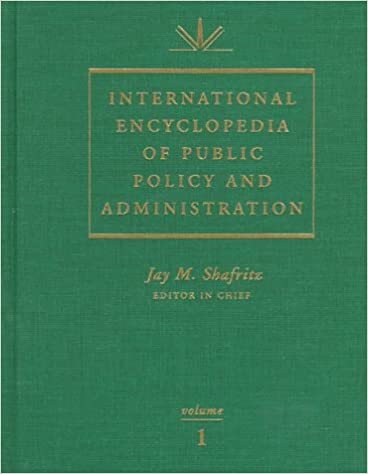
International Encyclopedia Of Public Policy And Administration
Public administration - the implementation side of government - is becoming an increasingly international discipline.
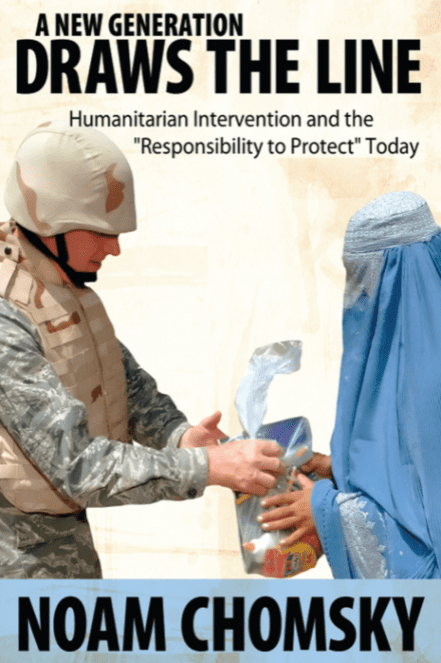
A New Generation Draws the Line: Kosovo, East Timor and the Standards of the West
Note: The author of this review compares Noam Chomsky's A New Generation Draws the Line: Kosovo, East Timor and the Standards of the West and David Fromkin's Kosovo Crossing: American Ideals meet Reality on the Balkan Battlefields.
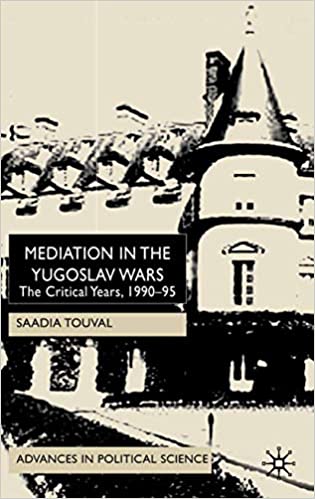
Mediation in the Yugoslav Wars: The Critical Years, 1990-95
The book "Mediation in the Yugoslav Wars: The Critical Years, 1990-95" explores the role of mediation in the Yugoslav Wars during the crucial period from 1990 to 1995. It delves into the efforts made by various individuals and organizations to mediate the conflicts that arose during this time. Through a detailed examination of mediation attempts, the book sheds light on the complexities and challenges faced in trying to bring about peace in the region.
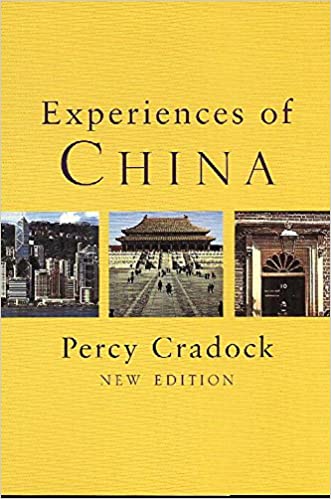
Experiences of China
The writer shares their experiences in China, including cultural immersion, language challenges, local cuisine exploration, and building friendships. They express admiration for the country's beauty and history, emphasizing the transformative impact of living abroad.
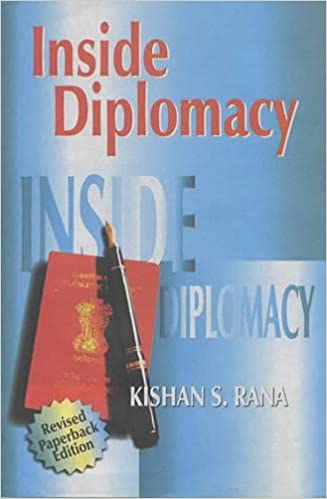
Inside Diplomacy
This is a book on diplomacy in general and the Indian Foreign Service (IFS) in particular. It is also a gem, and a large gem. It breathes life, wisdom, and good humour, and is full of rich detail. I found it thoroughly absorbing. Students of diplomacy at all stages of their careers will find it immensely useful, while those in a position to influence the future shape of the IFS will discover a whole raft of constructive suggestions for reform fearlessly advanced.

[HOW-TO] The art of moderating effectively
Successful moderation, based on a smart blend of skills, is what creates a unique experience. Moderation is even more important in online events. Which skills are at play? Read on.

Consensus Rule Processes
The text highlights the benefits and challenges of consensus processes, emphasizing that while they ensure decisions meet all parties' interests and garner support, they can be slow, have a high probability of failure, and may not work for quick decisions, favoring those who oppose change and can delay progress by refusing compromise, necessitating control of escalation and skilled facilitation for successful outcomes.
Will WikiLeaks Hobble U.S. Diplomacy?
The message relates to the potential impact of WikiLeaks on U.S. diplomacy.
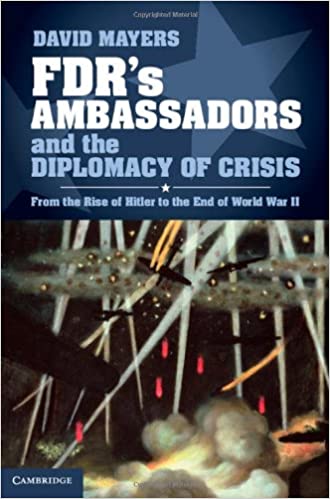
FDR’s Ambassadors and the Diplomacy of Crisis: From the rise of Hitler to the end of World War II
What effect did personality and circumstance have on US foreign policy during World War II? This incisive account of US envoys residing in the major belligerent countries – Japan, Germany, Italy, China, France, Great Britain, USSR – highlights the fascinating role played by such diplomats as Joseph Grew, William Dodd, William Bullitt, Joseph Kennedy and W. Averell Harriman. Between Hitler's 1933 ascent to power and the 1945 bombing of Nagasaki, US ambassadors sculpted formal policy – occasionally deliberately, other times inadvertently – giving shape and meaning not always intended by ...
Preventive Diplomacy in Southeast Asia: Redefining the ASEAN Way
Preventive Diplomacy in Southeast Asia: Redefining the ASEAN Way" discusses how ASEAN can enhance preventive diplomacy to address conflicts and maintain stability in the region. It emphasizes the need for early intervention, building trust among member states, and utilizing a regional approach to prevent conflicts before they escalate. The author advocates for a proactive and inclusive approach to diplomacy to uphold peace and security in Southeast Asia.
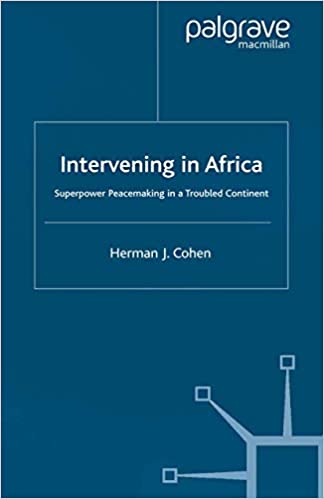
Intervening in Africa: Superpower Peacemaking in a Troubled Continent
The text discusses superpower intervention in Africa for peacekeeping purposes.

[HOW-TO] How to use GoBrunch for hosting an event
GoBrunch is a platform for webinars and meetings, which creates a positive engagement among participants. It is very easy to use, it only takes a few minutes to create your room.
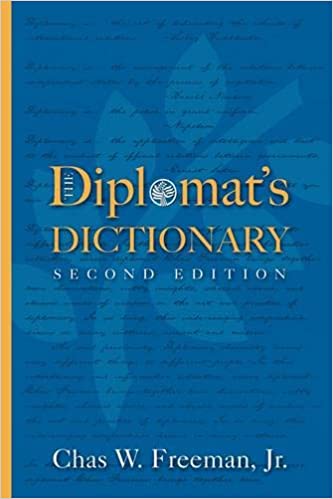
Diplomat’s Dictionary
The Diplomat's Dictionary offers essential insights on diplomatic language and practices, guiding diplomats to navigate international relations effectively. The dictionary covers a wide range of topics, aiding diplomats in communication and negotiation strategies.
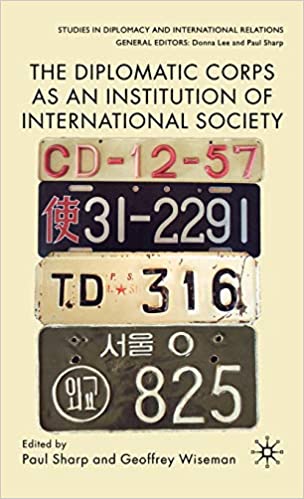
The Diplomatic Corps as an Institution of International Society
The Diplomatic Corps is an institution that plays a crucial role in international society by facilitating communication and negotiation between different countries. It serves as a bridge between nations, fostering peaceful resolutions to conflicts and promoting cooperation on global issues. Diplomats are trained professionals who represent their countries' interests abroad and work to build relationships based on mutual respect and understanding. Through their diplomatic efforts, the Diplomatic Corps helps maintain stability and promote diplomacy in the international arena.
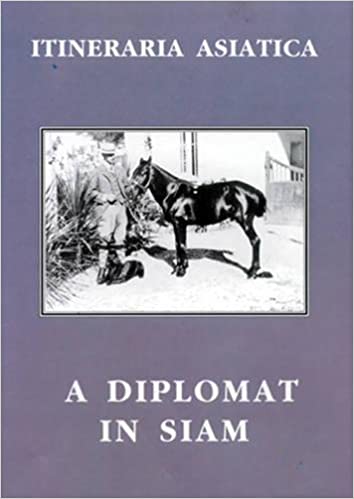
A Diplomat in Siam (introduced and edited by Nigel Brailey)
Nigel Brailey, a University of Bristol historian who is well known to students of Sir Ernest Satow, is to be congratulated on bringing out a revised edition of this work, the fruit of Satow's period as British minister-resident in Bangkok from 1885 until 1888. It is the journal which Satow, later the author of the famous Guide to Diplomatic Practice, kept on his long boat journey from Bangkok to the northern city of Chiangmai and back again, which took from the beginning of December 1885 until the end of the following February.
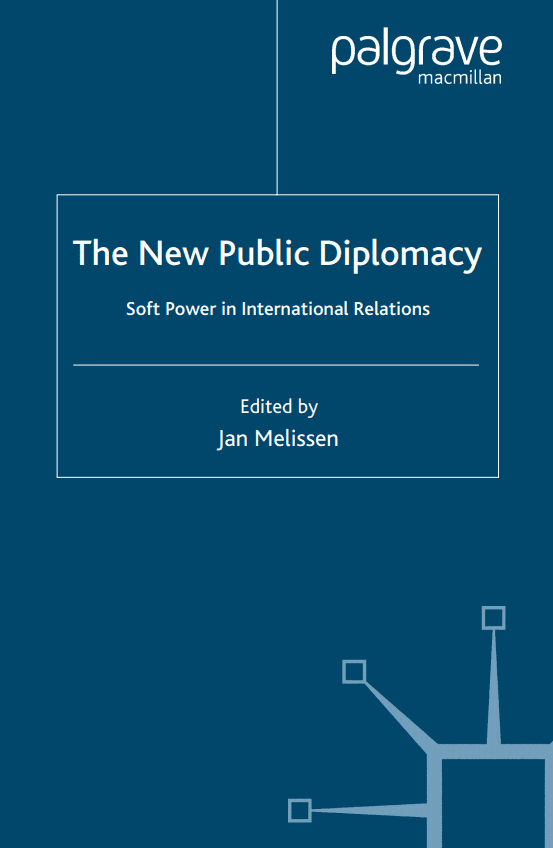
The New Public Diplomacy: Soft Power in International Relations
"The New Public Diplomacy: Soft Power in International Relations" is a thought-provoking and insightful book that delves into the realm of public diplomacy and its significance in the context of modern international relations. Authored by Jan Melissen, a renowned scholar in the field, this book offers a comprehensive analysis of the evolving nature of diplomacy and the growing importance of soft power.

Economic coercion as an instrument of foreign policy: US economic measures against Cuba and the Dominican Republic
The text discusses how the United States has used economic coercion as a foreign policy tool against Cuba and the Dominican Republic.
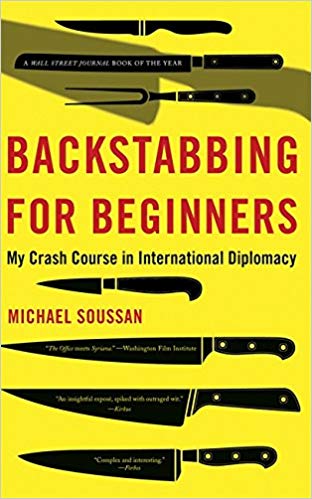
Backstabbing for Beginners: My Crash Course in International Diplomacy
On 21 April 2004, the Security Council adopted resolution 1538(2004), the most embarrassing resolution in the history of the United Nations. The resolution appointed an independent high-level inquiry whose mandate was to 'collect and examine information relating to the administration and management of the Oil-for-Food Programme, including allegations of fraud and corruption on the part of United Nations officials, personnel and agents, as well as contractors, including entities that have entered into contracts with the United Nations or with Iraq under the Programme.'

Global health diplomacy: How foreign policy can influence health
Ilona Kickbusch argues that public health experts need to work with diplomats in order to achieve global health goals.
Diplomatic security and the birth of the compound system
The text discusses the importance of diplomatic security and the development of the compound system to enhance safety measures for diplomatic missions.
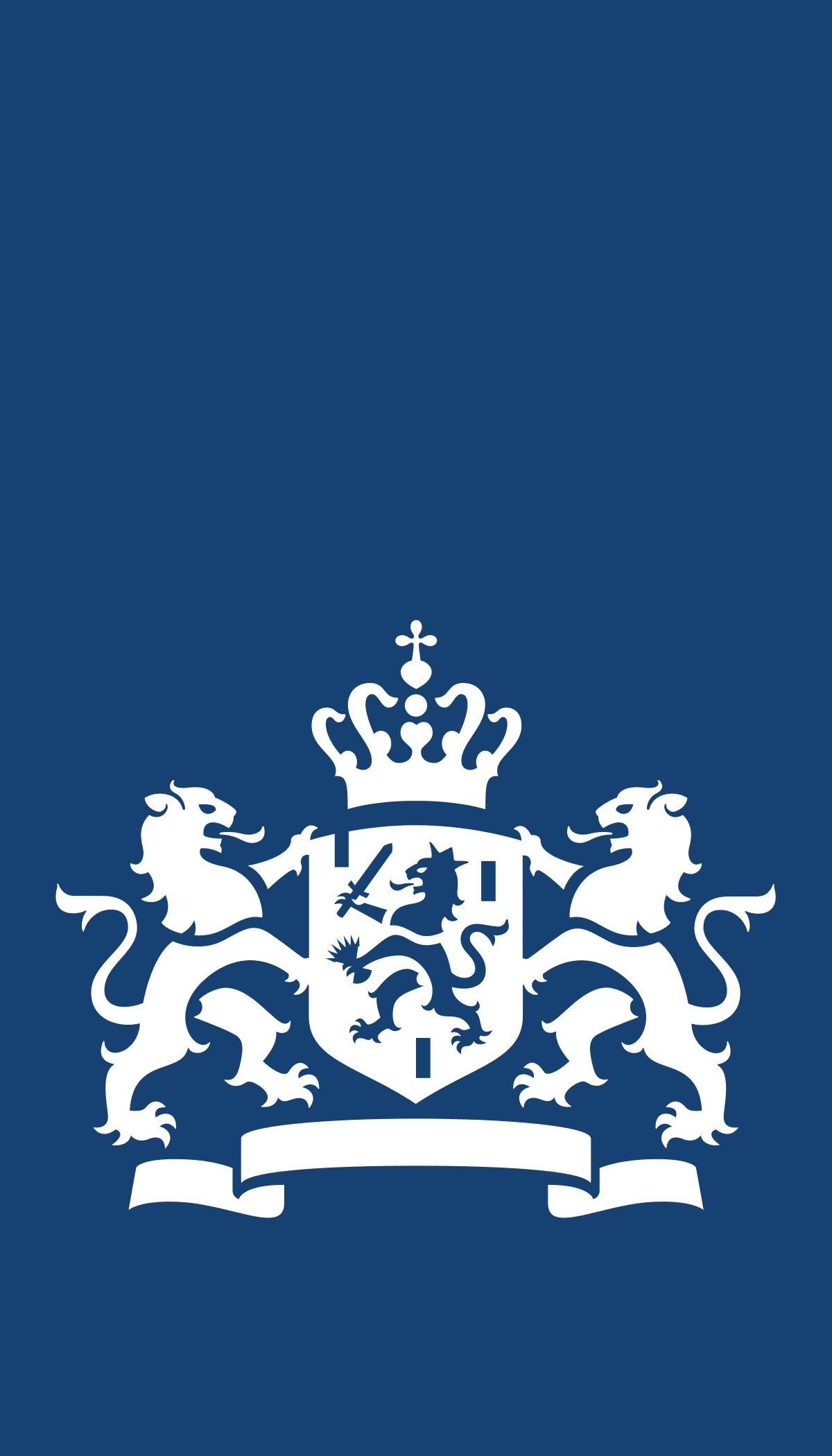
Reforming Diplomacy: Clear Choices, New Emphases
The text discusses the need for reform in diplomacy, emphasizing clear choices and new focal points.

Finance, Trade and Politics in British Foreign Policy, 1815-1914
The text explores the interplay of finance, trade, and politics in British foreign policy from 1815 to 1914. It discusses how economic factors influenced decision-making and shaped diplomatic relations during this period.
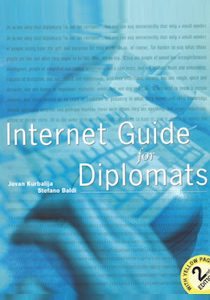
Internet Guide for Diplomats
The Internet Guide for Diplomats is the first guide specifically conceived and realised to assist diplomats and others involved in international affairs to use the Internet in their work. The book includes both basic technical information about the Internet and specific issues related to the use of the Internet in diplomacy. Examples and illustrations address many common questions including web-management for diplomatic services, knowledge management and distance learning.

Barriers to conflict resolution in Africa: Mediating beyond power and ethnicity in the EAC and SADC countries through a Kenyan case study
This paper assesses the relevance of ethnicity and power in conflicts occurring in the EAC and SADC regions through a case study of Kenya. It engages with elites’ power contestation and the manner in which power has historically caused violence and instability in Kenya. Further, an account of researches on ethnicity and its inducing of violence is made. Through this, one discovers the importance of ethnicity beyond that of being a channel for the upsurge of violence.

Cornerstones of Persuasion: Inclusion and Empathy
Genuine, honest persuasion cannot be rhetoric, cannot be show, and cannot be theatrics. It has to be something that you genuinely believe in, and people sense this. I can say from my experience that whenever you try to put on a show, people can pay you lip service. Whenever, you try to impress them with fantastic words they might be impressed for a moment, but then they will call your bluff when the true test comes.

US Public Diplomacy: A Cold War Success Story?
The post-'9/11' revival of interest in US public diplomacy encompasses a wide variety of opinions, all overwhelmingly critical.
Track I Diplomacy
Track I Diplomacy emphasizes official, government-to-government interactions to address international issues. It involves high-level officials and diplomats engaging in negotiations, conferences, and treaties to promote peace and cooperation between nations. This type of diplomacy focuses on formal channels and is often used to resolve conflicts and establish agreements on a global scale.
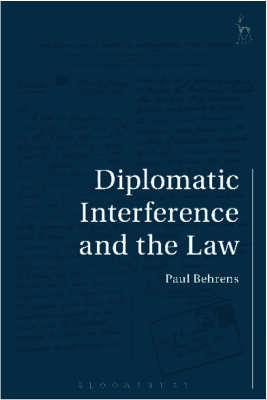
Diplomatic Interference and the Law
Q: ‘Why will there never be a coup d’état in Washington? A: Because there’s no American Embassy there.’ This old joke serves to highlight the belief – entrenched deeply in poor, weak states – that diplomatic missions too often meddle in the ‘internal’ or ‘domestic’ affairs of the countries in which they are located, sometimes with dramatic consequences. It is a view that was held in the years following the Second World War by the former Yugoslavia, then struggling to extricate itself from the Soviet orbit, and prompted it to press successfully for the codification of dipl...
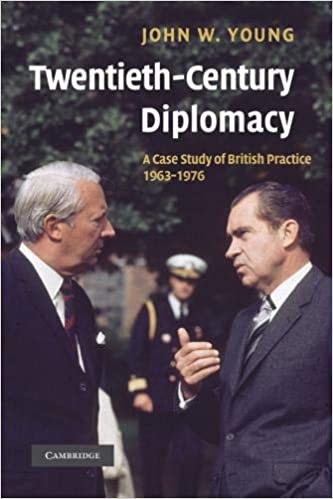
Twentieth Century Diplomacy: A case study of British practice, 1963-1976
The book review discusses a case study of British diplomacy from 1963 to 1976. It delves into various diplomatic methods employed during this period, such as resident embassies, special missions, summitry, state visits, and dealing with unfriendly governments. The study highlights the importance of traditional diplomatic practices alongside newer forms, showing how they complement rather than compete with each other. The review praises the book's thorough research and insightful analysis, suggesting it as a model for enhancing understanding of diplomatic practices in different contexts.
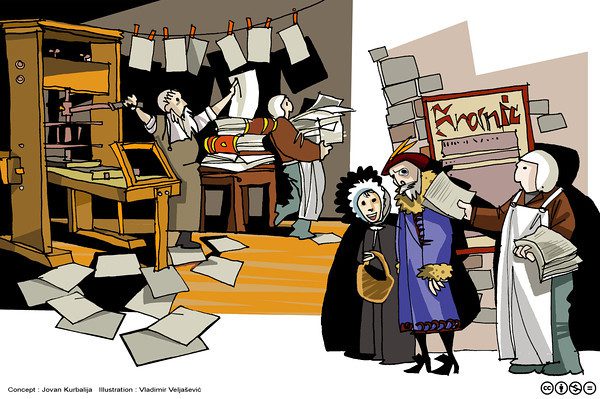
Renaissance Diplomacy and the Reformation
We invite you to continue our walk along timeline of Evolution of diplomacy and technology. In May, our next stop is Renaissance diplomacy and the impact of the invention of the printing press on diplomacy in the Reformation period.
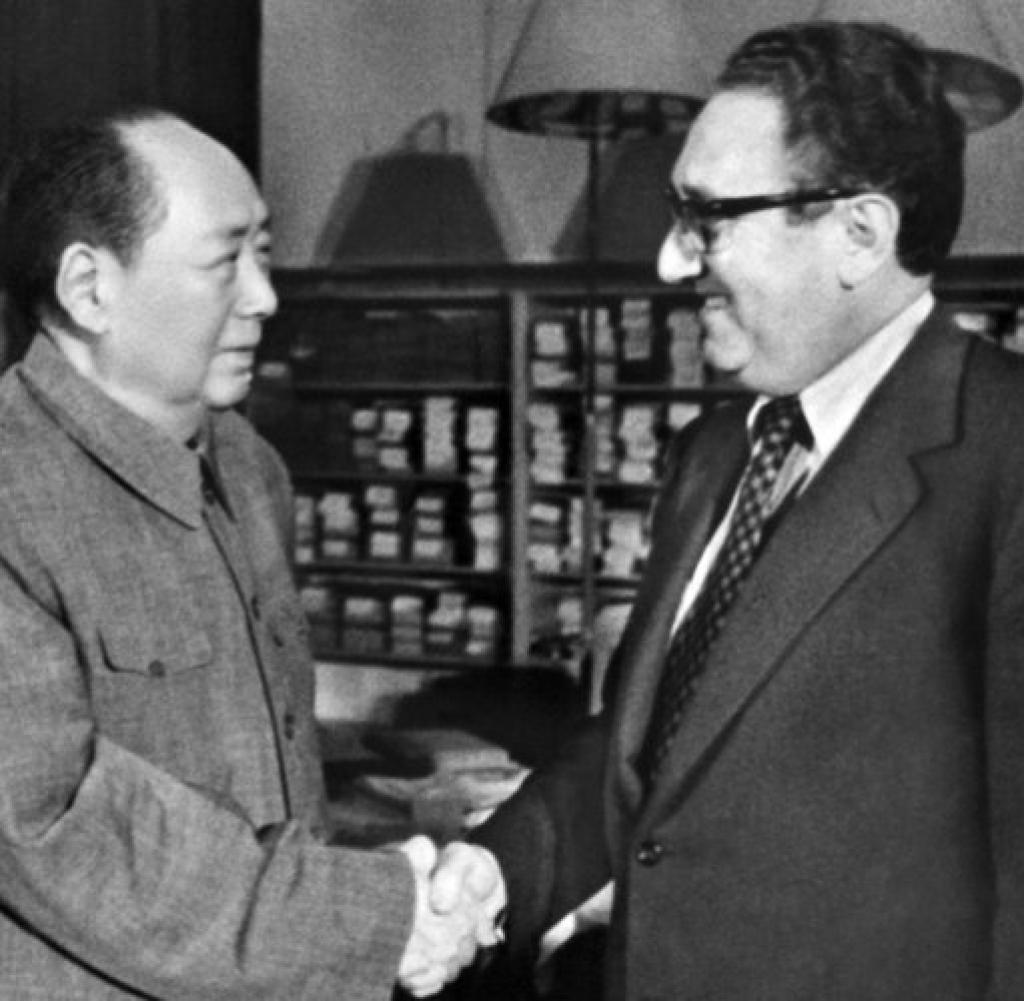
The Beijing-Washington Back-Channel and Henry Kissinger’s Secret Trip to China
The text discusses the Beijing-Washington back-channel and Henry Kissinger's covert visit to China.

[HOW-TO] How to use Airmeet for hosting an event
Airmeet is a versatile virtual networking and video conferencing platform suitable for various events, including informal gatherings, panel discussions, and workshops.
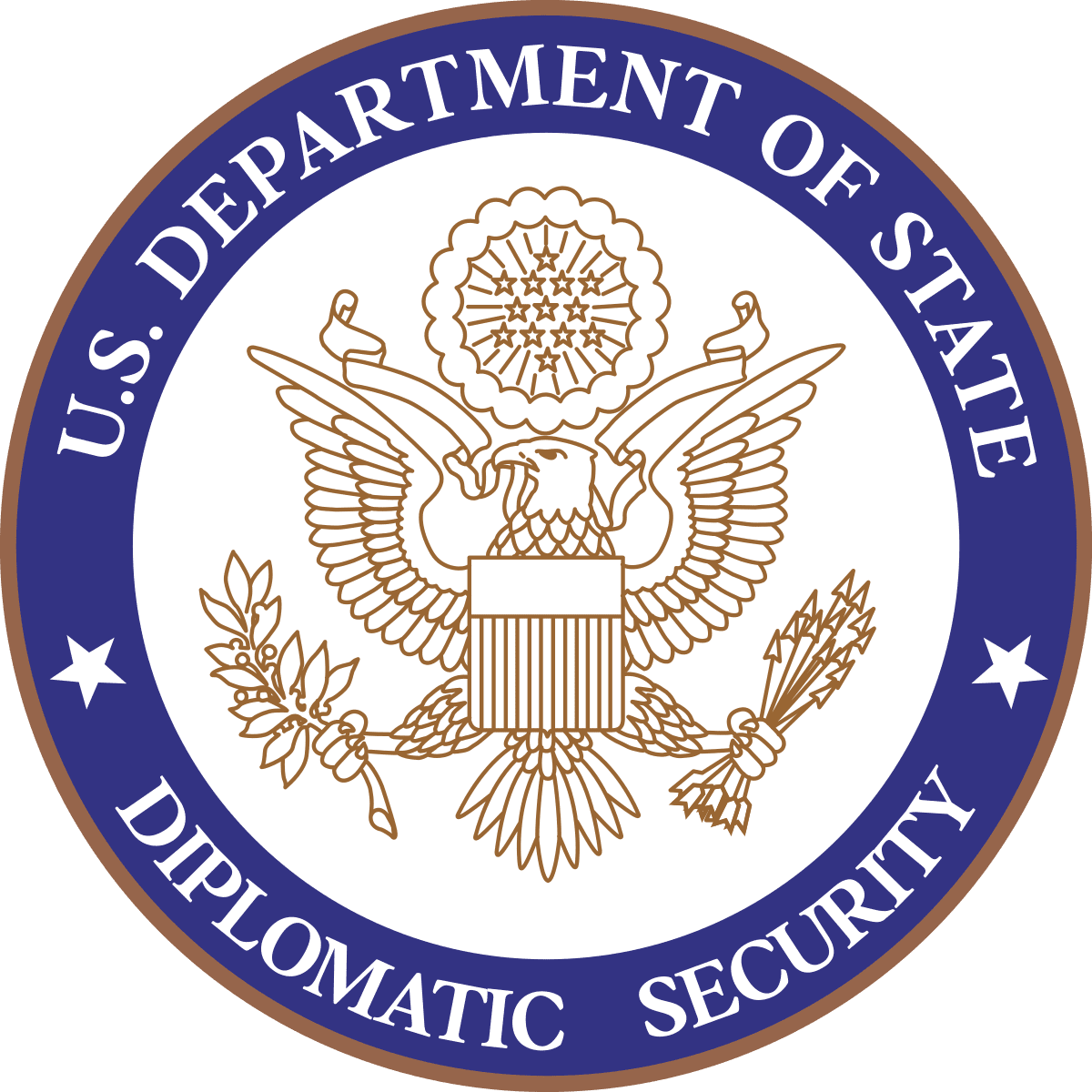
Tested in Times of Transition
The message focuses on navigating challenges during periods of change.

The role of the legal adviser in modern diplomatic services
The role of the legal adviser in modern diplomatic services. This paper discusses the role of the legal adviser in modern diplomacy services and the efforts that must go into preserving all possibilities, meagre as they may be, to raise his voice and keep making efforts which eventually could lead in the right direction.
The Visa Dimension of Diplomacy
The text provides an overview of how visas play a crucial role in diplomatic relations between countries. It discusses the importance of visa policies in shaping international interactions, fostering bilateral relationships, and promoting various diplomatic objectives. The article emphasizes the significance of understanding the visa dimension in diplomacy for effective communication and cooperation between nations. Overall Summary: The text explores the essential role visas play in diplomatic relations, highlighting their significance in shaping international interactions and fostering bilate...
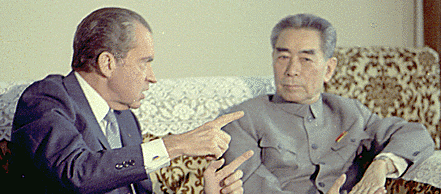
Nixon’s Trip to China
Nixon's historic trip to China in 1972 marked a significant shift in international relations. This visit helped to normalize diplomatic ties between the United States and China, as well as pave the way for future cooperation and collaboration between the two countries. It was a groundbreaking moment that showcased the power of political diplomacy in fostering positive relationships between nations.
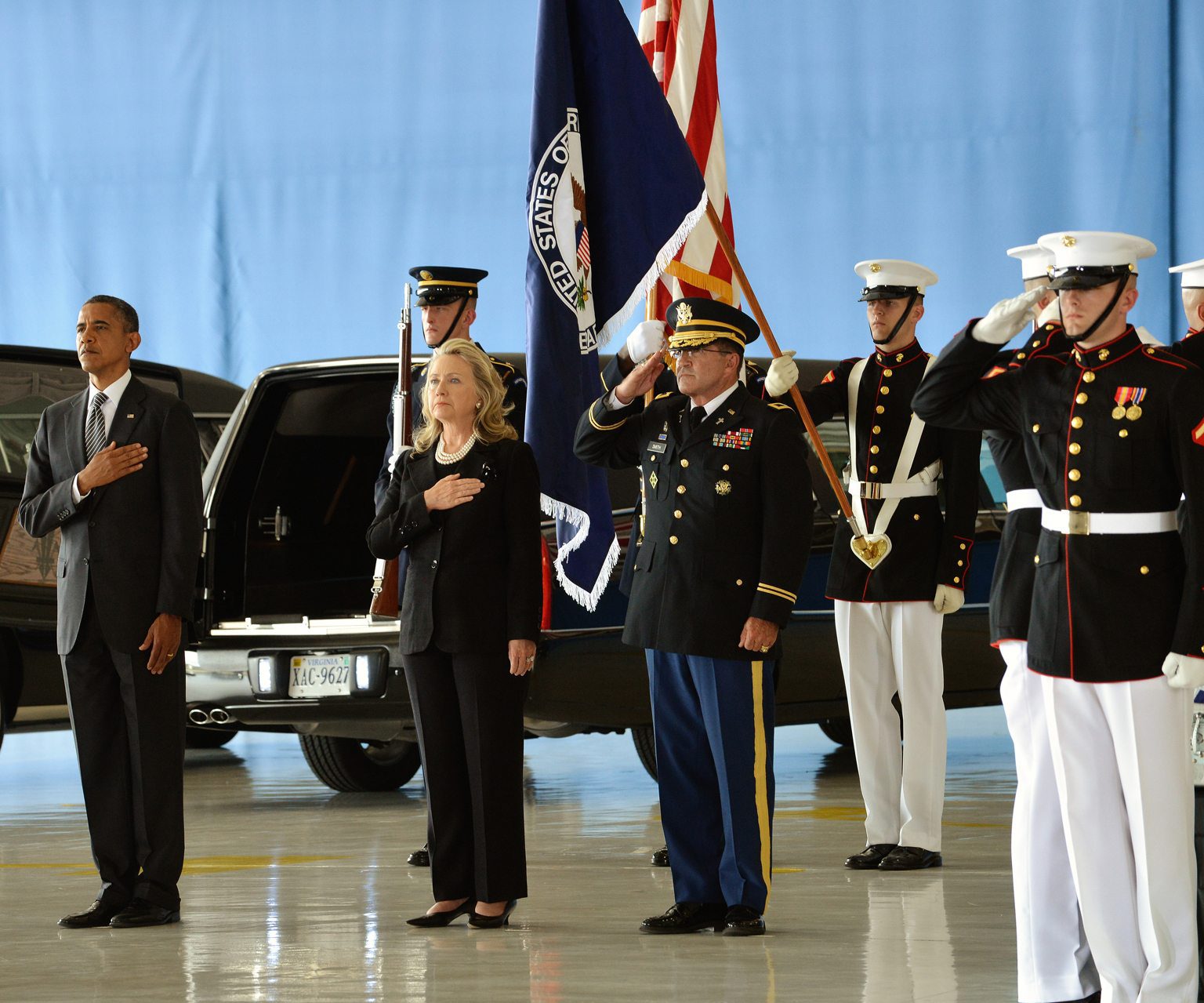
A weak diplomatic hybrid: U.S. Special Mission Benghazi, 2011-12
In the widespread coverage of the brutal murder of US Ambassador to Libya Christopher Stevens and others in the US mission in Benghazi on 11 September 2012, there has been much confusion over the character of the post. It has been repeatedly described in the media as the American ‘consulate’ but the official position, recently stated emphatically by the Report of the Accountability Review Board for Benghazi (ARB) convened by secretary of state Hillary Clinton, is that ‘the U.S. Special Mission in Benghazi was never a consulate and never formally notified [in any character] to the Libyan ...

Texts in diplomacy
Part of Language and Diplomacy (2001): Professor Dietrich Kappeler provides an overview of the various types of formal written documents used in diplomacy, pointing out where the practices surrounding these documents have changed in recent years. He also discusses multi-language treaties, including the difficulties of translation and interpretation.

Applying the pedagogy of positiveness to diplomatic communication
Part of Language and Diplomacy (2001): Dr Francisco Gomes de Matos applies what he calls the "Pedagogy of Positiveness" to diplomatic communication. He proposes a checklist of tips for diplomats to make their communication more positive, emphasising respect and understanding of the other side, and keeping in mind the ultimate goal of avoiding conflict.
The Limits of Neorealism
The Limits of Neorealism
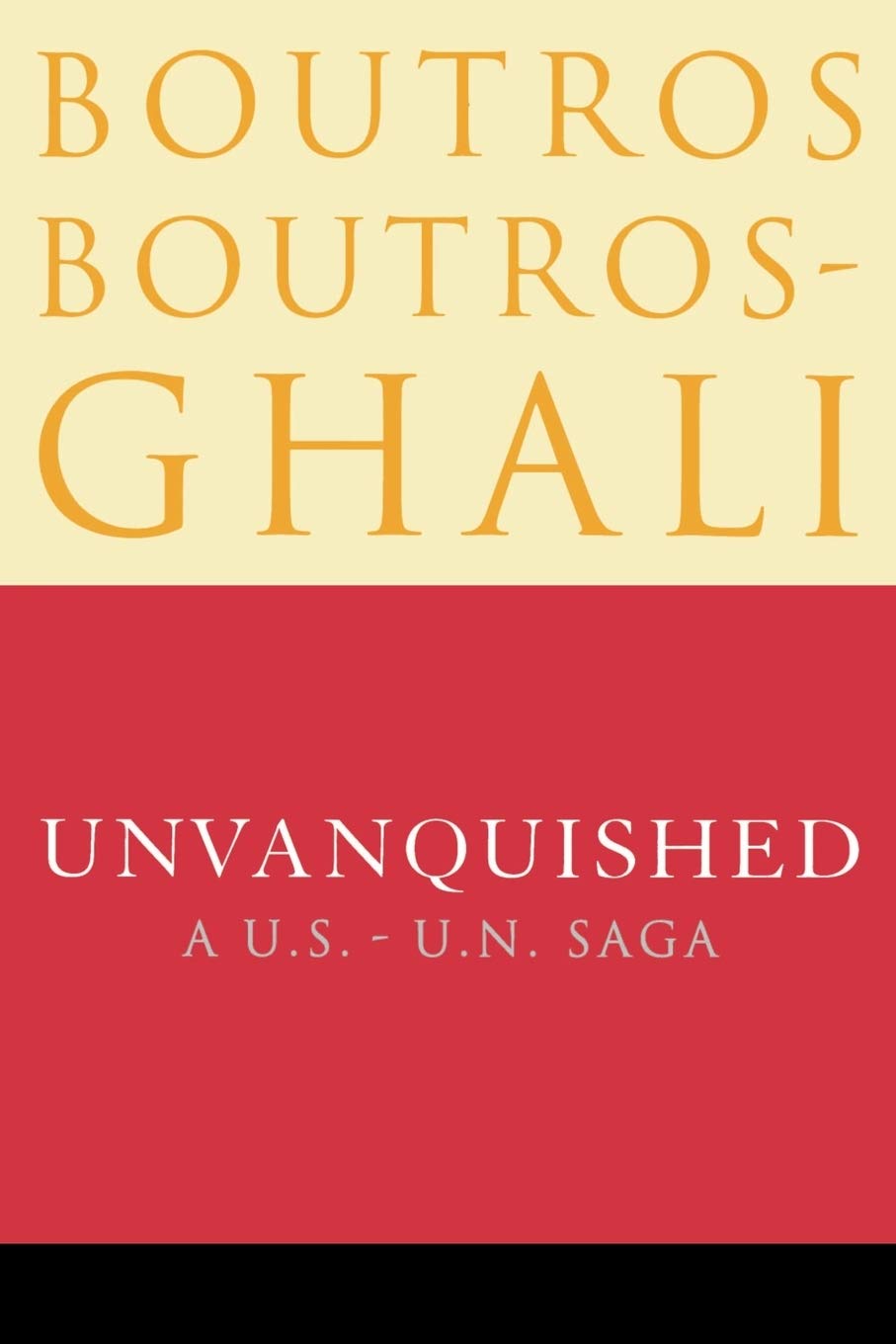
Unvanquished: A U.S.-U.N. Saga
In November 1996, the U.S. wielded its veto power in the U.N. Security Council to prevent Boutros Boutros-Ghali from securing a second term as Secretary-General, despite overwhelming support. The U.S. had attempted various tactics, including disinformation and pressure on other council members, to oust him. Boutros-Ghali's memoir sheds light on the U.S.'s dismissal of diplomacy in this instance, emphasizing the power dynamics at play. The event underscored the potential weakening of the U.N. diplomatic system.

Who are diplomats?
Many remember Ivo Andric for his Nobel Prize for Literature. He is also remembered as a diplomat with over 20 years of experience. In his note on diplomacy, published here for the first time in English with the kind permission of the Andric Foundation, Andric describes who the diplomat is, and the qualities that those devoting themselves to diplomacy ought to have.

Chinese Ambassadors: The rise of diplomatic professionalism since 1945
Xiaohong worked on Western European affairs in the Ministry of Foreign Affairs in Beijing from 1977 until 1989. At some point after this she entered the School of Advanced International Studies at Johns Hopkins University in the United States, and in 1997 was awarded a Ph.D. This book is her doctoral thesis, and - on the whole - a very good one it is. Chinese Ambassadors is based on many interviews with former diplomats and a variety of Chinese primary sources (including memoirs), and is clear, well organized, and - in its main thrust - tightly argued. As a result, it offers a rare insight int...
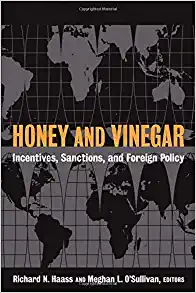
Honey & Vinegar: Incentives, Sanctions & Foreign Policy
Buttressed by input from scholars, diplomats, and observers with an intimate knowledge of U.S. foreign policy, Honey and Vinegar examines "engagement"—strategies that primarily involve the use of positive incentives.
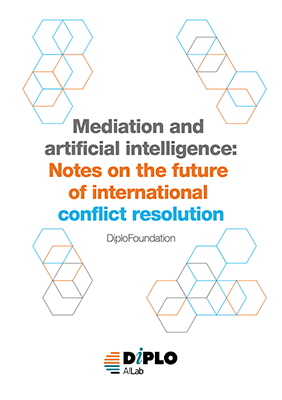
Mediation and artificial intelligence: Notes on the future of international conflict resolution
Over the last years AI has emerged as a hot topic with regard to its impact on our political, social, and economic lives.
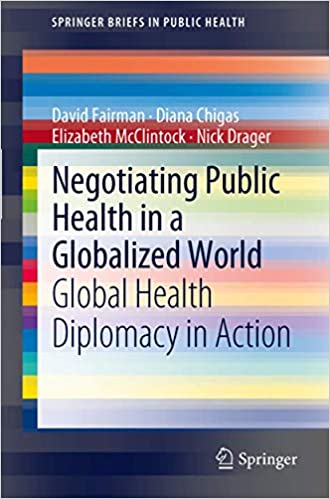
Negotiating Public Health in a Globalized World: Global Health Diplomacy in Action
The text is about the challenges and opportunities of negotiating in the global health diplomacy landscape, emphasizing the importance of collaboration and innovation to address public health issues on a global scale.
Diplomatic Persuasion: An Under-Investigated Process
The under-investigation in diplomatic studies of processes of persuasion in explaining diplomatic outcomes needs to be addressed in the interests of better scholarly explanations and diplomatic practice. Although such processes are implicit in nearly all concepts and practice of diplomacy, neither scholars nor practitioners explicitly investigate them. Yet other related fields of study and disciplines examine persuasion and demonstrate its explanatory value.

A clash of grand strategies between Russia, United States of America and Turkey for greater power and influence in the Middle East
The thesis explores the changing dynamics in the Middle East where the region is witnessing a metamorphosis in its power structure as major regional powers actively pursue their grand strategies to unseat U.S. hegemony. The analysis focuses in particular on the foreign policies of the revisionist powers of Russia and Turkey collaborating in all spheres of statecraft against the resoluteness of the U.S. to maintain the status quo. It recognises that the Syrian civil war has disrupted the equilibrium of the prevailing power structure which, by extension, has provided the enabling environment for...
A Digital DFAT: Joining the 21st Century
The Department of Foreign Affairs and Trade (DFAT) needs to keep pace with technological advancements that could increase efficiency, improve internal and external communication, and facilitate information exchange and gathering. Without e-diplomacy DFAT will be cut off from important audiences and find it increasingly hard to communicate its messages and coordinate Australian foreign policy across government.
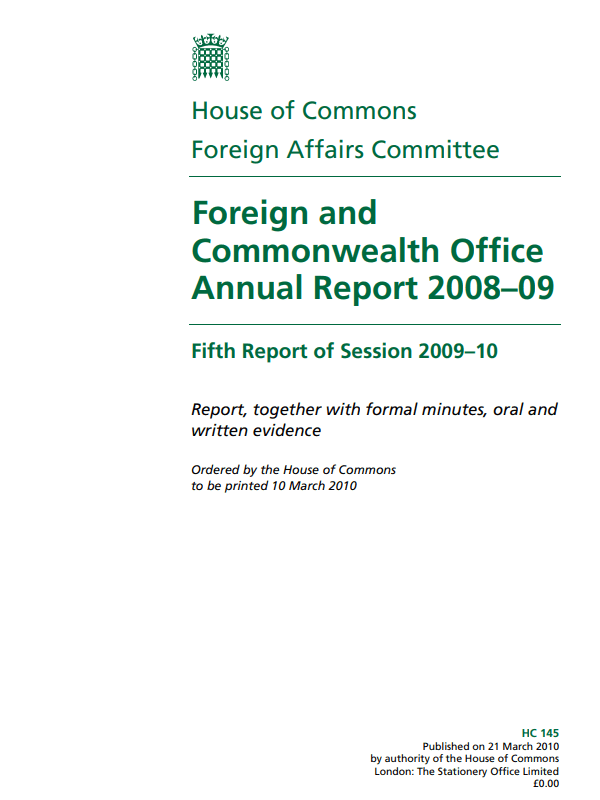
Consular Services Annual Report 2008/09
The Consular Services Annual Report 2008/09 showcases the work and assistance provided to citizens in need during the specified period.

Exploring the Relevance of Engagement and Containment Approaches in the European Union’s Management of Relations with Russia
Since 2006, Russia has grown more assertive and even hawkish in its approach to the European Union (EU), even seen as attempting to divide the large EU membership so as to consolidate its influence in Europe.
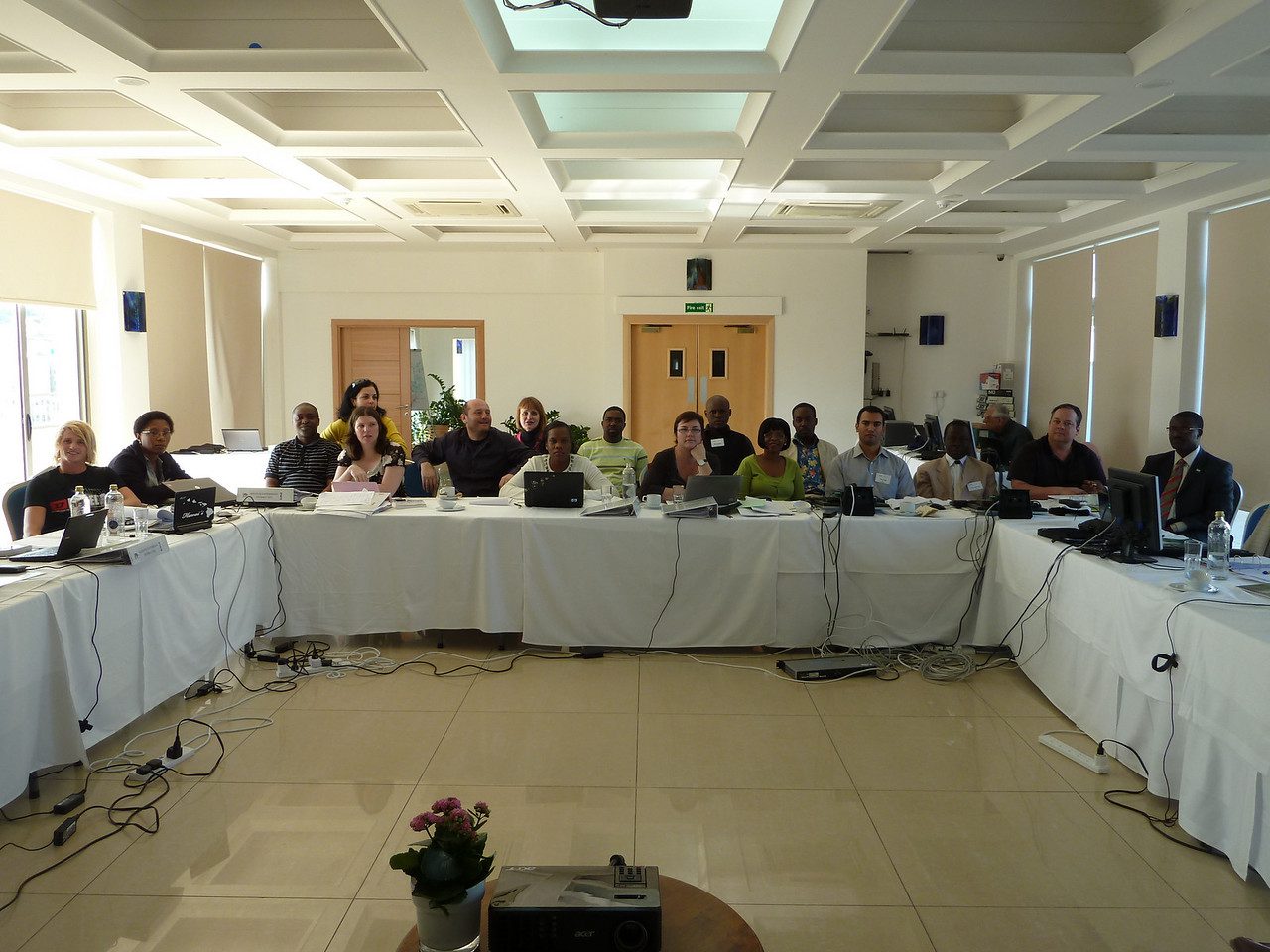
Diplomatic Reporting in the Internet Era
Paper delivered by Ambassador Victor Camilleri during the E-diplomacy panel on Diplomatic Reporting in the Internet Era after WikiLeaks, held on 9 February, 2011.
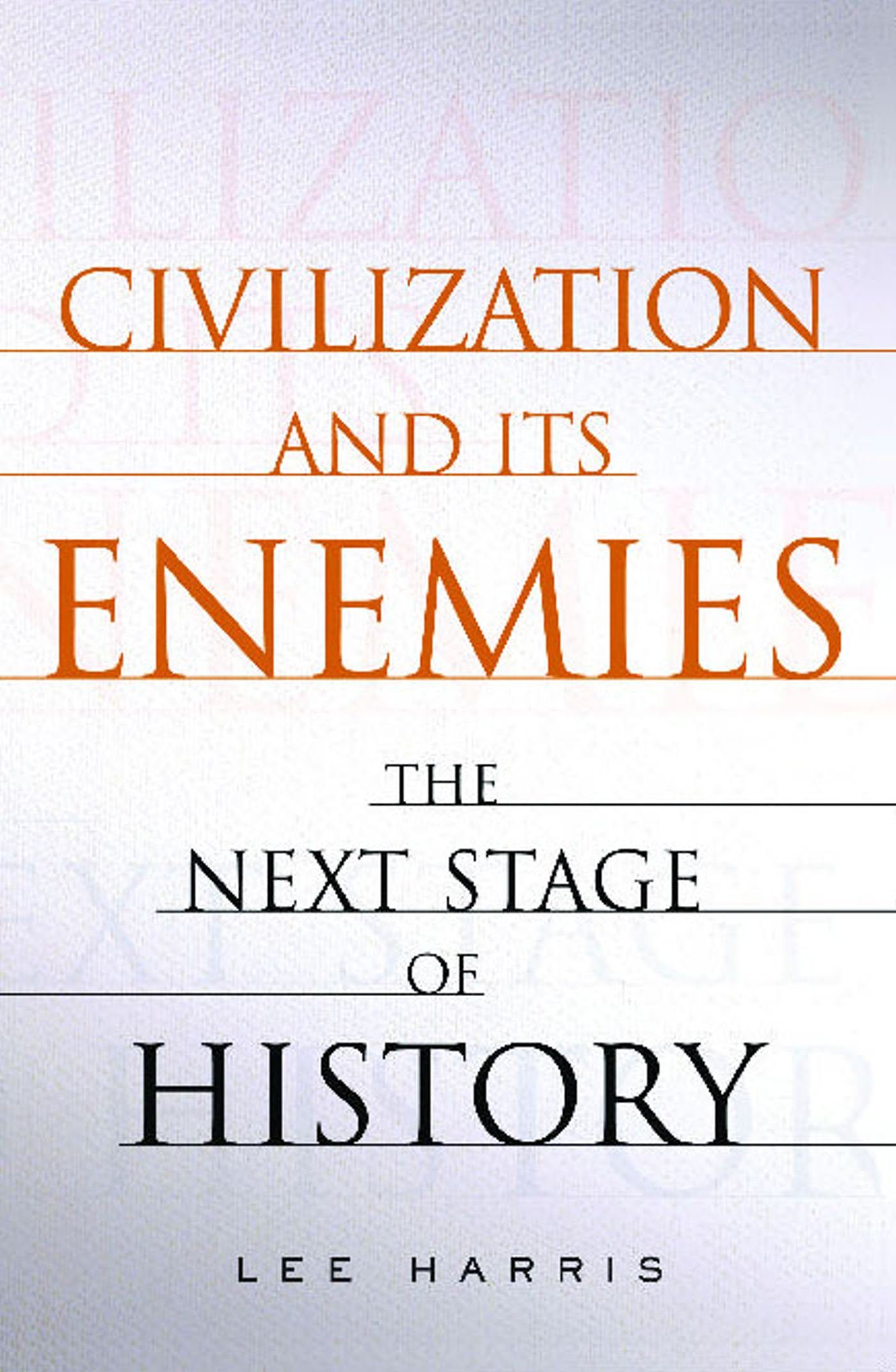
Civilisation and its Enemies: The Next Stage of History
Lee Harris is not an academic – his name would hardly be quoted in obscure learned journals. In the aftermath of 9/11 he has written this book in an attempt to articulate and argue a position that justifies (both retaliatory and precautionary) military intervention while rejecting racism or fundamentalism. A ‘loner’ who shares many ideas with the Straussian school (but without the latter’s undertone of righteous victim), Harris may be giving voice to the worldview underpinning much current U.S. action in international political affairs. He is worth engaging.
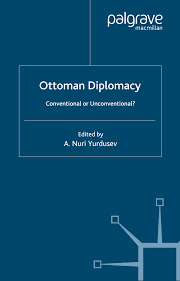
Ottoman Diplomacy
In tne text "Ottoman Diplomacy," the Ottoman Empire's diplomatic practices are explored, focusing on their use of ambassadors, gifts, and protocol to maintain relationships with other powers. This diplomacy was essential to the empire's survival and success throughout its history.
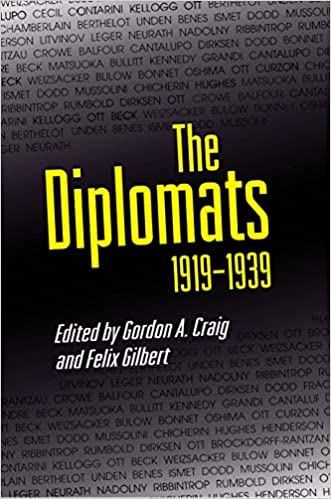
The Diplomats, 1919-1939
The message outlines the diplomatic efforts and challenges between 1919 and 1939, exploring key events and agreements during this period.
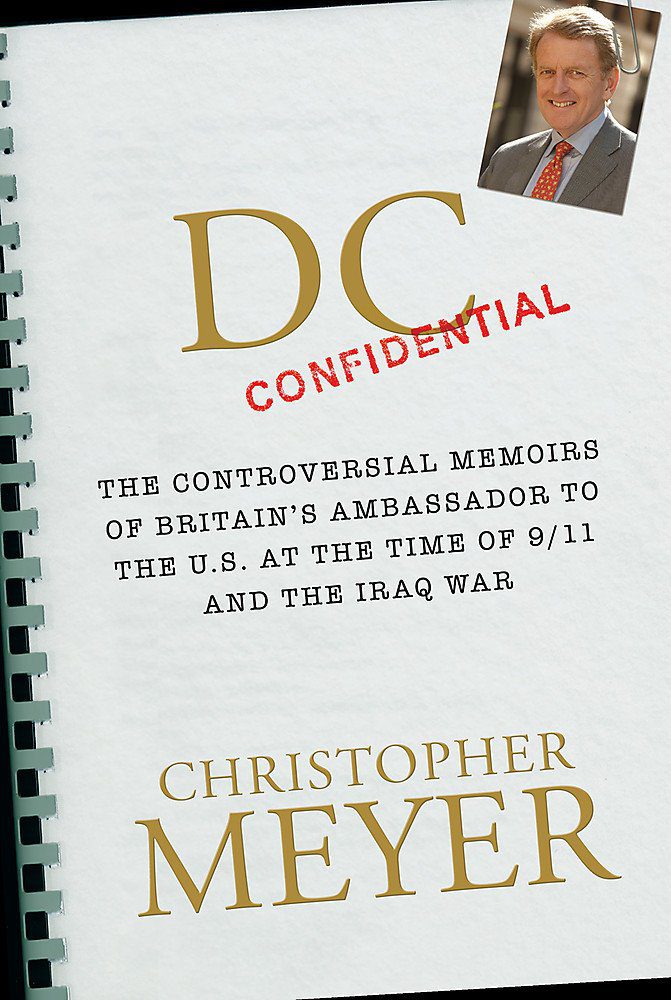
DC Confidential: The controversial memoirs of Britain’s ambassador to the U.S. at the time of 9/11 and the Iraq War
The publication of these memoirs in autumn 2005 caused a public furore in Britain so I shall not waste time giving any background on Sir Christopher Meyer. (Just punch his name into Google, which will enable you in the blink of an eye even to find out from the BBC website which records he chose when he appeared on Desert Island Discs.)
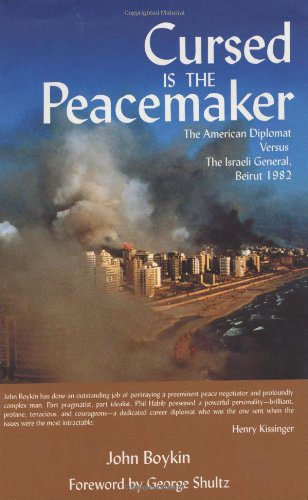
Cursed is the Peacemaker: The American Diplomat [Philip Habib] Versus the Israeli General, Beirut 1982
The text discusses the tense situation between American diplomat Philip Habib and Israeli General in Beirut in 1982.
Diplomacy and domestic politics: The logic of two-level games
The text discusses the concept of two-level games, which examines how international negotiations are influenced by both domestic and international factors. Diplomats must navigate these complexities to reach agreements that satisfy both international partners and domestic constituencies, balancing the demands of two levels of negotiation.

Statecraft and foreign policy: India, 1947–2023
Statecraft and Foreign Policy provides an in-depth understanding of India’s rise as an economic and political power and its role in addressing global challenges, from climate change to international trade, security, health and energy. It focuses on India’s statecraft and foreign policy from its independence in 1947 to current politics and policies in 2023 – 75 years later.
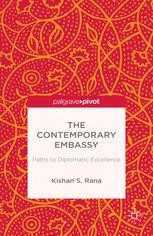
The Contemporary Embassy: Paths to Diplomatic Excellence
The Contemporary Embassy: Paths to Diplomatic Excellence" explores the evolving role of embassies in modern diplomacy, focusing on the diverse strategies and practices that contribute to diplomatic success.

From parallel to dual careers: Diplomatic spouses
This paper provides a brief summary of the main issues relevant to the contemporary role of diplomatic spouses and its future in the contemporary European context. It outlines some of the measures being introduced by Foreign Services to respond to the changing role and position of spouses.
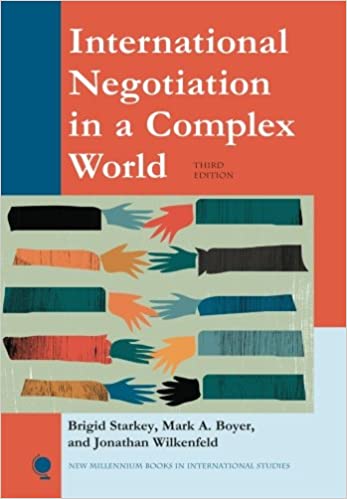
International Negotiation in a Complex World
The field of international negotiation is complex due to various factors such as cultural differences, power dynamics, and political considerations. Negotiators must navigate these complexities to reach successful agreements that benefit all parties involved.

Foreign ministries and the management of the past
In his paper, Keith Hamilton looks at Foreign Ministries’ treatment of historical diplomacy, and specifically, the publication of diplomatic documents. Through his historical analyses, the author examines the various aims of these documents, such as, to shed light on past developments and help in current and future negotiations; to influence parliamentarians and a wider public; and to further international relations’ studies.
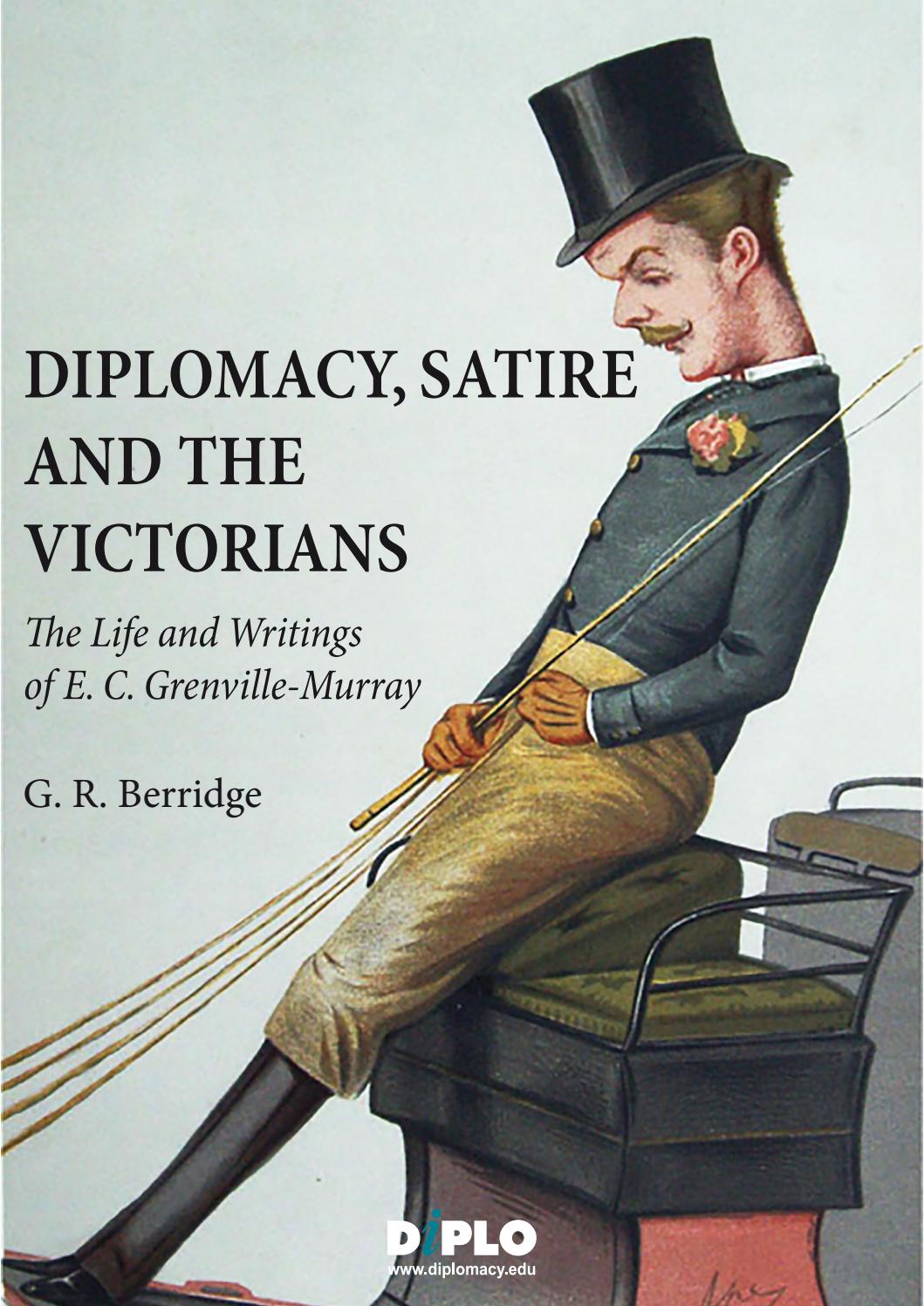
Diplomacy, Satire and the Victorians
This book, which rests on extensive use of private papers, official documents, press archives and not least Grenville-Murray’s vast output (including novels), is the first biography of this complex man to be written. It begins with the difficulties produced by his illegitimate birth, and then describes his patronage by Lord Palmerston and Charles Dickens, his colourful diplomatic career, and finally his blossoming as a successful writer in France in the 1870s
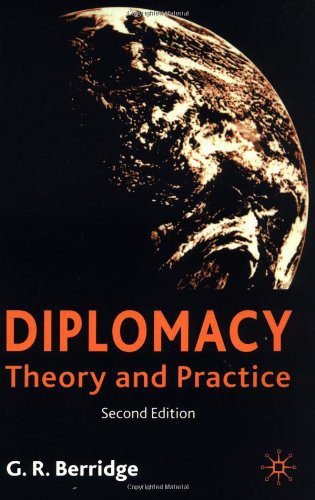
Diplomacy: Theory and Practice, 2nd edn
Diplomacy: Theory and Practice, 2nd edn" provides an in-depth exploration of the principles and application of diplomacy in international relations. It covers key concepts such as negotiation, communication, and conflict resolution, offering practical insights for diplomats and policymakers. The book emphasizes the role of diplomacy in promoting peace and cooperation among nations, making it a valuable resource for students and professionals in the field of international affairs.

Diplomats as cultural bridge builders
Diplomats are people who are on the fringe somewhere, because they are either permanently living in or at least dealing with alien cultures, cultures with different values. The success of a diplomat depends on this brinkmanship because, on the one hand, they must remain credible with their superiors back home and, on the other hand, they must have access to the leaders in the country where they are posted. This paper discusses the role of diplomats as cultural bridge-builders.
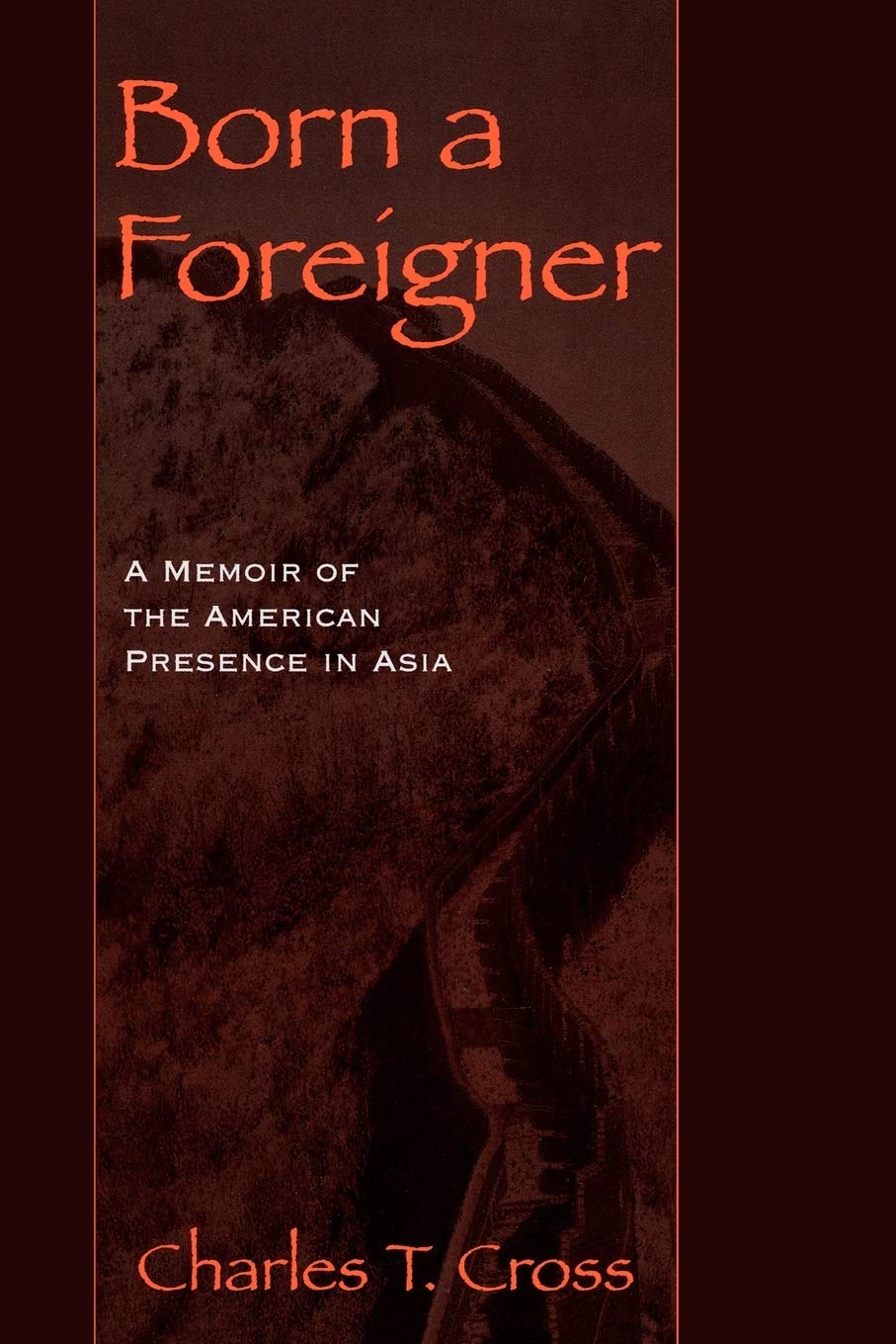
Born a Foreigner: A Memoir of the American Presence in Asia
This is the eighth volume in the ADST-DACOR Diplomats and Diplomacy Series, and is a very solid addition to it. Cross, who was born of missionary parents in Beijing, spent 32 years in the US Foreign Service, and though his tours abroad included Egypt, Cyprus and London, most were in Asia and it is on these which this memoir concentrates.
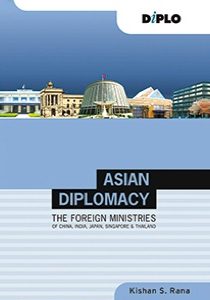
Asian Diplomacy: The Foreign Ministries of China, India, Japan, Singapore and Thailand
Based on eight years of research and interviews with over 160 professional diplomats and others, this book offers a range of information on the structures, operation and the working style of the foreign ministries of five key countries in Asia: China, India, Japan, Singapore and Thailand. The rise of Asia adds salience to this book, since it has become more important than ever before to understand the dynamics of the foreign policy process in these countries.
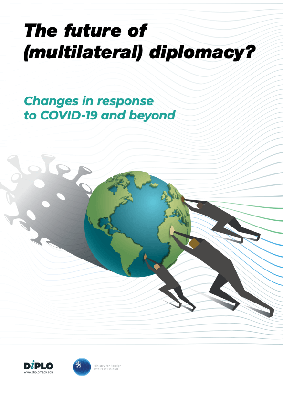
The future of (multilateral) diplomacy? Changes in response to COVID-19 and beyond
The year 2020 marked the 75th anniversary of the United Nations (UN). It is also the year that the world was faced with responding to the emergence of the novel coronavirus, COVID-19, an unprecedented global challenge that has left no area of society and no individual life untouched.
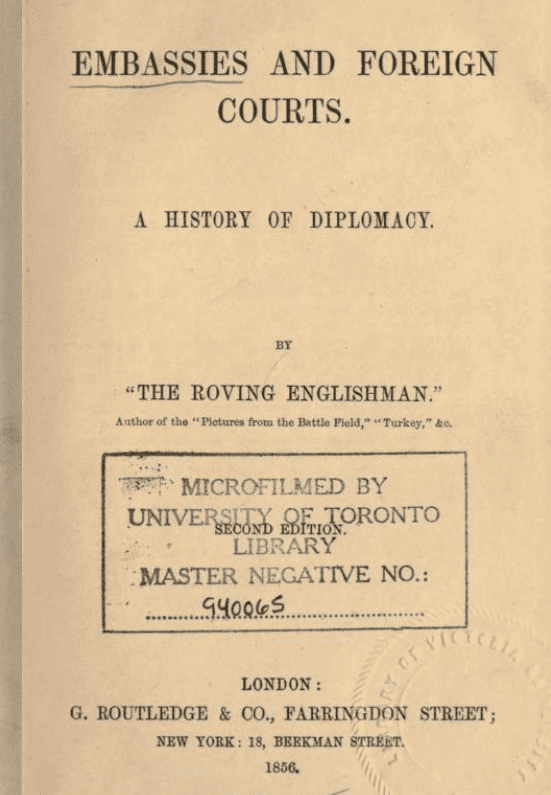
Embassies and Foreign Courts
The text explores the role and functioning of diplomatic missions and interactions between foreign powers, offering insights into the complexities and nuances of international relations during the time it was written.
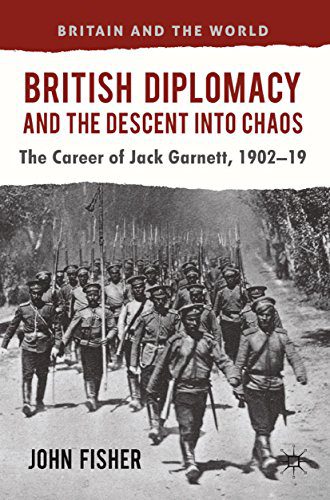
British Diplomacy and the Descent into Chaos: The career of Jack Garnett, 1902-19
I am in favour of biographies of relatively obscure individuals like Jack Garnett because there are plenty of them on the famous; moreover, studies of this kind often turn up interesting details (including how the famous were seen from the foothills) and stimulate thought on bigger questions. John Fisher’s well written and thoroughly researched study of this early twentieth century British diplomat, into which contextual detail is expertly woven, is no exception.

How effective is direct remote interaction in EuroDIG?
This report describes the evolution of remote participation in EuroDIG and provides an assessment of the current situation, focusing on the issue of inclusiveness by direct remote interaction. It also provides steps to improve and put in greater perspective the effectiveness and reach of remote participation hubs, as well as outlining further directions research can take regarding the networks of people and organisations mobilised in the process.

A diplomatic analogy: International functionaries and their privileges
Although many have grappled with the question of what privileges and immunities international officials should enjoy, no satisfactory theoretical framework has evolved. This paper discusses how the issue evolved over time, how extensive the problem is and why the response been so ineffectual and the resolution been so intractable.
Will Shashi Tharoor’s Recommendations Reform the MEA for the Better?
The text is about Shashi Tharoor's proposed reforms for India's Ministry of External Affairs (MEA) and the impact it could have.
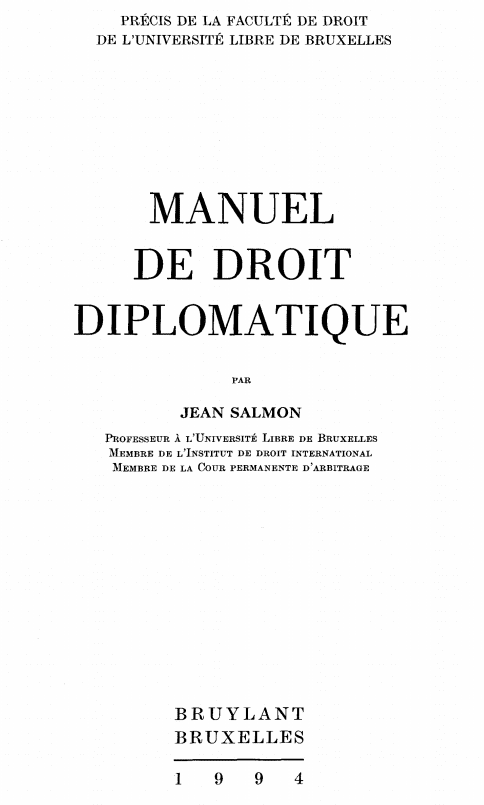
Manuel de droit diplomatique
This text is the first chapter of the "Manuel de droit diplomatique," a comprehensive guide on diplomatic law.

Conflict Resolution and Peace Building: The Case of Sierra Leone
The text details the conflict resolution and peace-building efforts in Sierra Leone, focusing on the United Nations intervention, disarmament of rebels, and the restoration of stability through reintegration programs. It also addresses the challenges faced in these processes and emphasizes the importance of continued efforts in promoting peace and reconciliation in the country.
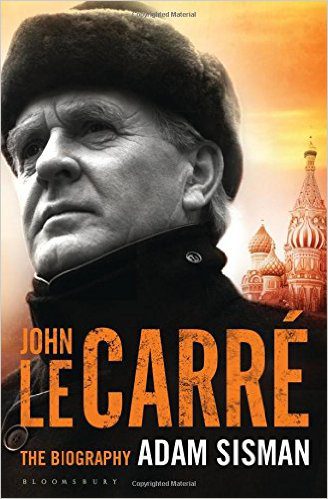
John le Carré: The Biography
I thought to review this book because I had enjoyed the spy novels of John le Carré and, having introduced a chapter on secret intelligence into the latest edition of my textbook and mentioned him in it (p. 155), was keen to see if Adam Sisman had turned up anything new about the novelist’s own short career as an intelligence officer in what was then West Germany.

EU Support to peace mediation: developments and challenges
The text discusses the EU's role in supporting peace mediation efforts, highlighting both progress made and challenges faced in this area.
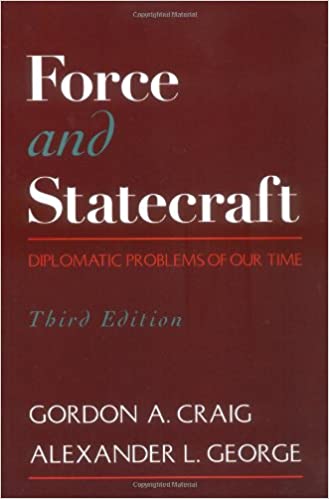
Force and Statecraft: Diplomatic Problems of Our Time
In this classic text, an eminent historian of international affairs and a distinguished political scientist survey the evolution of the international system, from the emergence of the modern state in the 17th century to the present. Craig and George pay particular attention to the nineteenth century's "balance-of-power" system, the basic tenets of which still determine many applications of modern diplomacy. The authors also focus on the ways in which the 20th century diplomatic revolution--a complex of military, political, economic and ideological factors--has destroyed the homogeneity of th...

Communication barriers to negotiation: Encountering Chinese in cross-cultural business meetings
When two negotiating parties from different cultural backgrounds attempt to communicate, the potential for disagreement and misunderstanding is great. People from other cultural backgrounds, especially from the West, often find the behaviour of Chinese negotiators strange and unintelligible. This paper examines communication barriers between Chinese, Australian and American negotiators.
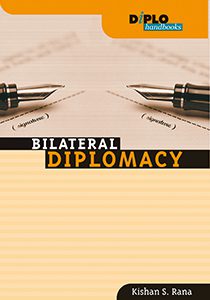
Bilateral Diplomacy
Bilateral Diplomacy is the first of the DiploHandbooks, a new series on practical diplomacy. The book breaks new ground in the role ascribed to bilateral diplomacy, and its importance in international affairs today. It also covers the de facto “empowerment” of the embassy that flows from its new responsibility for relationship management.
Definition of Aggression | United Nations General Assembly Resolution 3314
The United Nations General Assembly Resolution 3314 (XXIX) establishes a Definition of Aggression for the purpose of maintaining international peace and security. It outlines acts that qualify as aggression, condemns war of aggression as a crime against international peace, and emphasizes that no justification can validate aggression. The resolution aims to deter potential aggressors, simplify identifying aggression, and protect the rights of victims.

Instruzione e formazione del diplomatico: la tradizione inglese
The text discusses English traditions in diplomatic instruction and training.

[TRENDS] Monitoring the shift from onsite to online conferencing
The number of events shifting from physical to online venues is increasing every day. Diplo's Conference Tech Lab is monitoring closely to identify new trends.
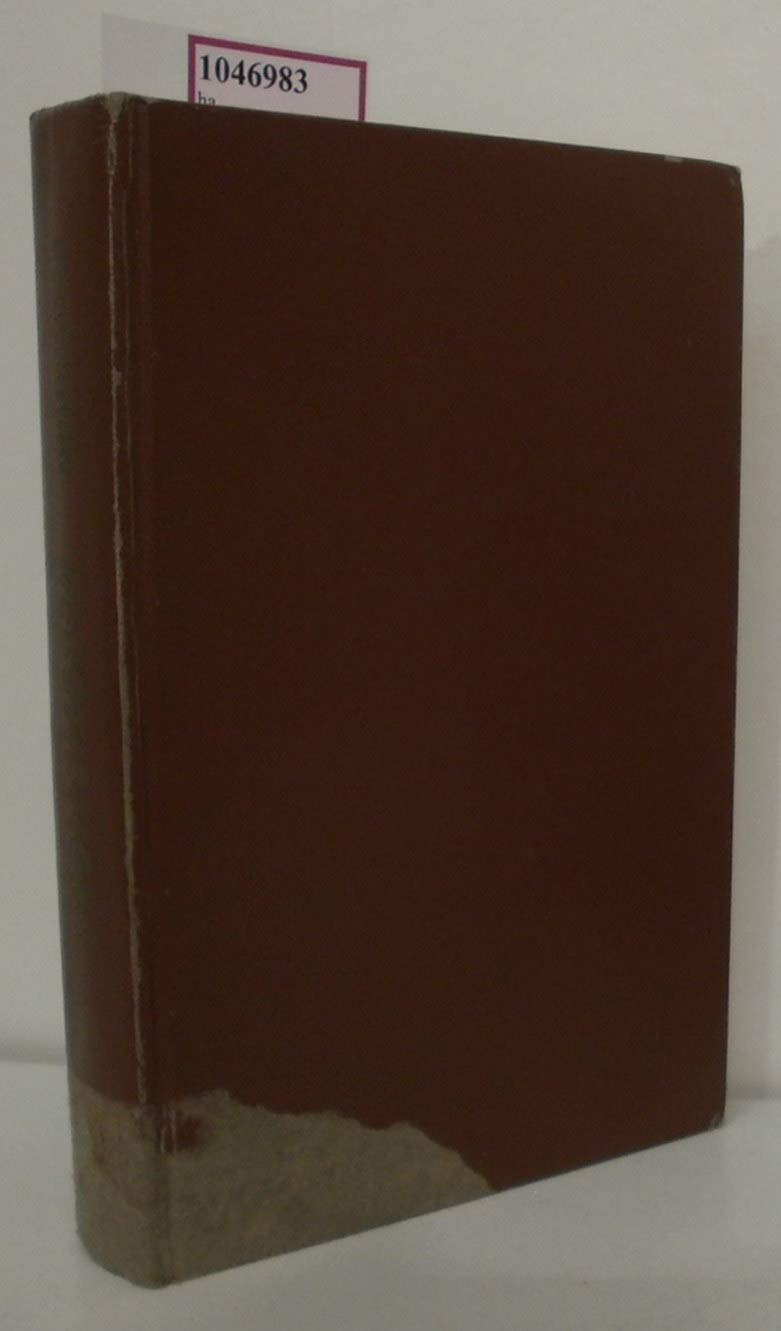
Negotiations: Social-Psychological Perspectives
The text discusses the social-psychological perspectives on negotiations, exploring the various factors that influence negotiation processes and outcomes.
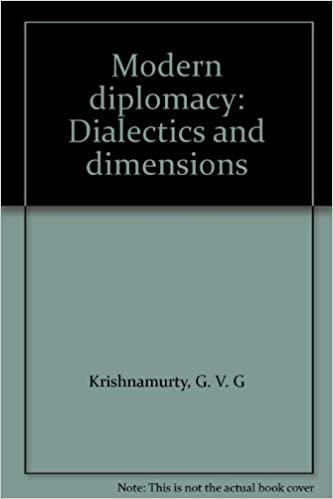
Modern Diplomacy: Dialectics and Dimensions
The message ""Modern Diplomacy: Dialectics and Dimensions"" discusses the intricacies of diplomacy in the contemporary world, examining its complexities and various aspects. It sheds light on the evolving nature of diplomacy, the key role of communication, and the importance of understanding different perspectives and approaches in diplomatic relations. The message delves into the essence of diplomacy in the present-day context, emphasizing the need for adaptability, strategic thinking, and effective communication in navigating the ever-changing international landscape.

Multistakeholder diplomacy at the OECD
In his paper John West outlines multistakeholder diplomacy at the OECD. West first explores the main points and facts of the OECD before going into the emergence of globalising stakeholder societies. Finally he gives his remarks on multistakeholder diplomacy at the OECD.
Foreign Ministries in Developing Countries and Emerging Markets
The text discusses the importance of foreign ministries in developing countries and emerging markets. It highlights the key role these ministries play in promoting economic development, attracting foreign investment, and fostering international relations. Additionally, it emphasizes the significance of effective diplomacy and strategic communication for these nations to navigate global challenges and opportunities successfully.

Current developments in South African diplomacy
As the new South Africa adapts to an ever-changing regional, continental and global environment, this paper reviews current developments against the background of the historic situation and of the evolution of diplomacy world-wide.
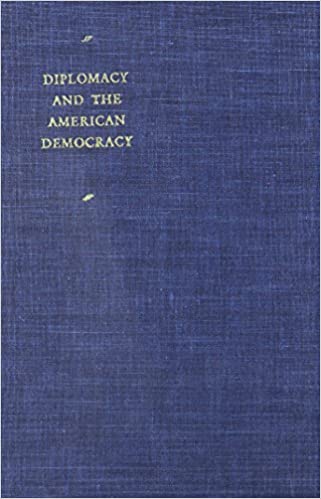
Diplomacy and the American Democracy
The text discusses the connection between diplomacy and American democracy. Diplomacy is essential for promoting American values, interests, and security worldwide. It highlights the importance of diplomacy in advancing democracy, human rights, and peace. Diplomatic efforts help address global challenges and conflicts, contributing to a more stable and prosperous world. Diplomacy is a key tool in shaping international relations and ensuring America's leadership on the global stage. It emphasizes the need for strategic and effective diplomacy in advancing American interests and promoting democr...
About E-participation
This one-page document aims to explain the origins and needs of the usage of ICT in global participation, as well as to mention some good practices and potential for the future.
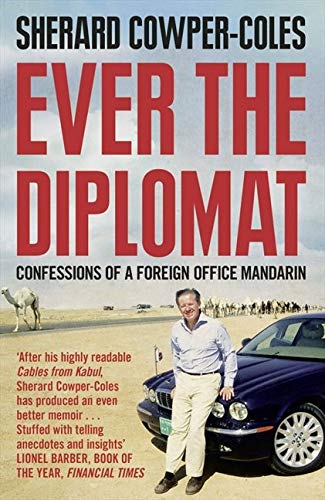
Ever the Diplomat
The message reflects a calm and diplomatic approach to communication.

Multistakeholder processes in conflict resolution
In this paper, Anush Begoyan presents a summary of multistakeholder processes in conflict resolution, conducted for DiploFoundation; it provides a brief theoretical introduction to current developments within the international system, to changes in the reality and the conceptualization of the nation-state, and to resultant changes in the security system and the notion of national (state) interests.
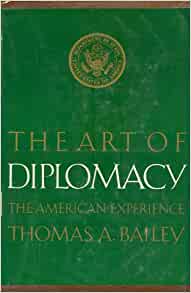
The Art of Diplomacy: The American Experience
The text explores the practice of diplomacy within the context of American history, examining the strategies, challenges, and outcomes of diplomatic efforts throughout the nation's experience.

Multilateral Conferences: Purposeful International Negotiation
Ron Walker was a member of the Australian diplomatic service for 37 years, for the last 22 of which (1975-96) he specialized in multilateral diplomacy. His book on this subject is not an academic book. Instead he has done for multilateral diplomacy what Kishan Rana has done for bilateral diplomacy, namely, provided on the basis of long and wide experience, much at a senior level, a splendid handbook of practical advice for the novice.

Small States and the Common Foreign and Security Policy (CFSP) of the EU: A Comparative Analysis
The text discusses the role of small states in the Common Foreign and Security Policy (CFSP) of the European Union, comparing their strategies and challenges.

Female leadership in conflict prevention, diplomacy and UN peacekeeping initiatives
The importance of female leadership in conflict prevention, diplomacy, and UN peacekeeping initiatives is highlighted in the following text.
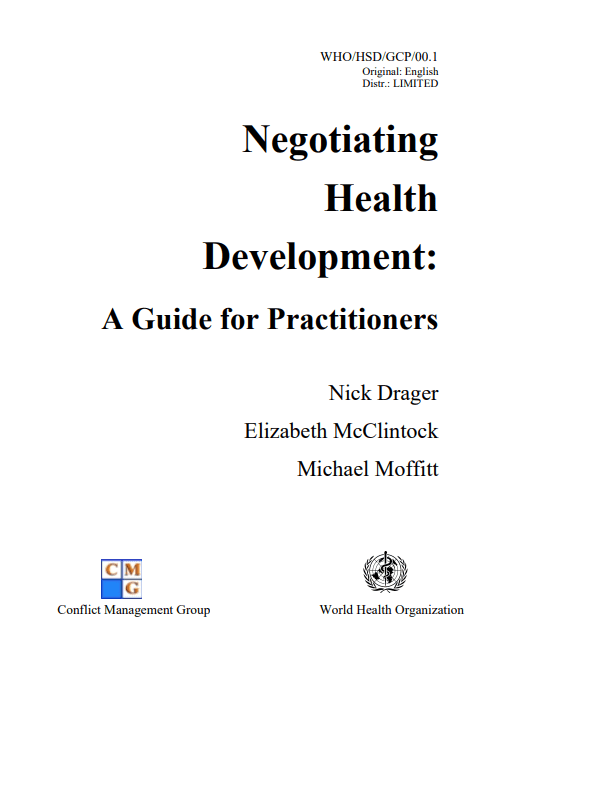
Negotiating Health Development: A Guide for Practitioners
The text provides guidance for practitioners on negotiating health development.
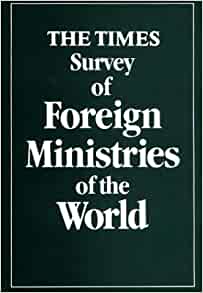
The Times Survey of Foreign Ministries of the World
The Times Survey of Foreign Ministries of the World provides valuable insights and information on foreign ministries worldwide.
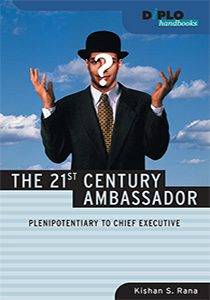
The 21st Century Ambassador: Plenipotentiary to Chief Executive
Ambassador Kishan Rana, a diplomatist for four decades, is now a noted scholar and theorist of international relations and the new diplomacy that has evolved.

The United Nations and Israel
This dissertation studies the relationship between the United Nations and Israel. Similar to most relationships, the one under review keeps evolving due to changing internal realities and emerging external factors.
[HOW-TO] How to use Zoom for hosting an event
Zoom's ease-of-use has earned it a top spot among the world's most popular online platforms. In this beginners' guide for hosts, we will show you how to use it.

How do you know what you think you know?
In his paper, J. Thomas Converse focuses on four records-related areas where the issues of knowledge management and diplomacy come together and provide the greatest challenges to archivists, diplomats, historians and technology providers: validation, trustworthiness, context and longevity. He also explores some of the changes and challenges brought about by technology, and urges for a continued embrace of technology, while at the same time demanding the validating and relational functions which give archives their trustworthiness.

To joke or not to joke: A diplomatic dilemma in the age of internet
Part of Language and Diplomacy (2001): The first paper, presented by Prof. Peter Serracino-Inglott as the keynote address at the 2001 conference, examines the serious issue of diplomatic communication in a playful manner, through one of the most paradigmatic and creative examples of language use: joking.
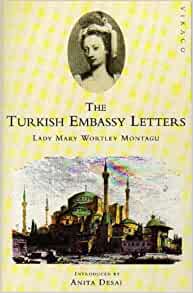
The Turkish Embassy Letters
In "The Turkish Embassy Letters," the author describes her experiences during her stay in Turkey. She shares her observations on the culture, customs, and traditions of the Turkish people. Through her letters, she provides insight into the societal norms and interactions she encounters, offering a unique perspective on life in Turkey.

The Birth and evolution of a diplomatic culture
Diplomats have often been blamed for failing to prevent the outbreak of the First World War.
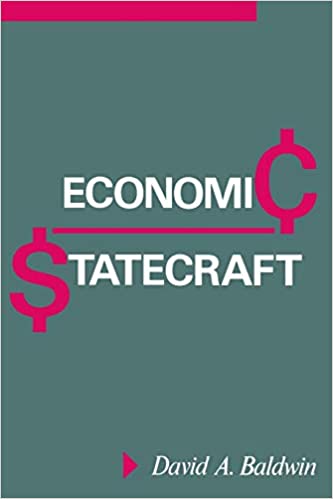
Economic Statecraft
The text is about economic statecraft.
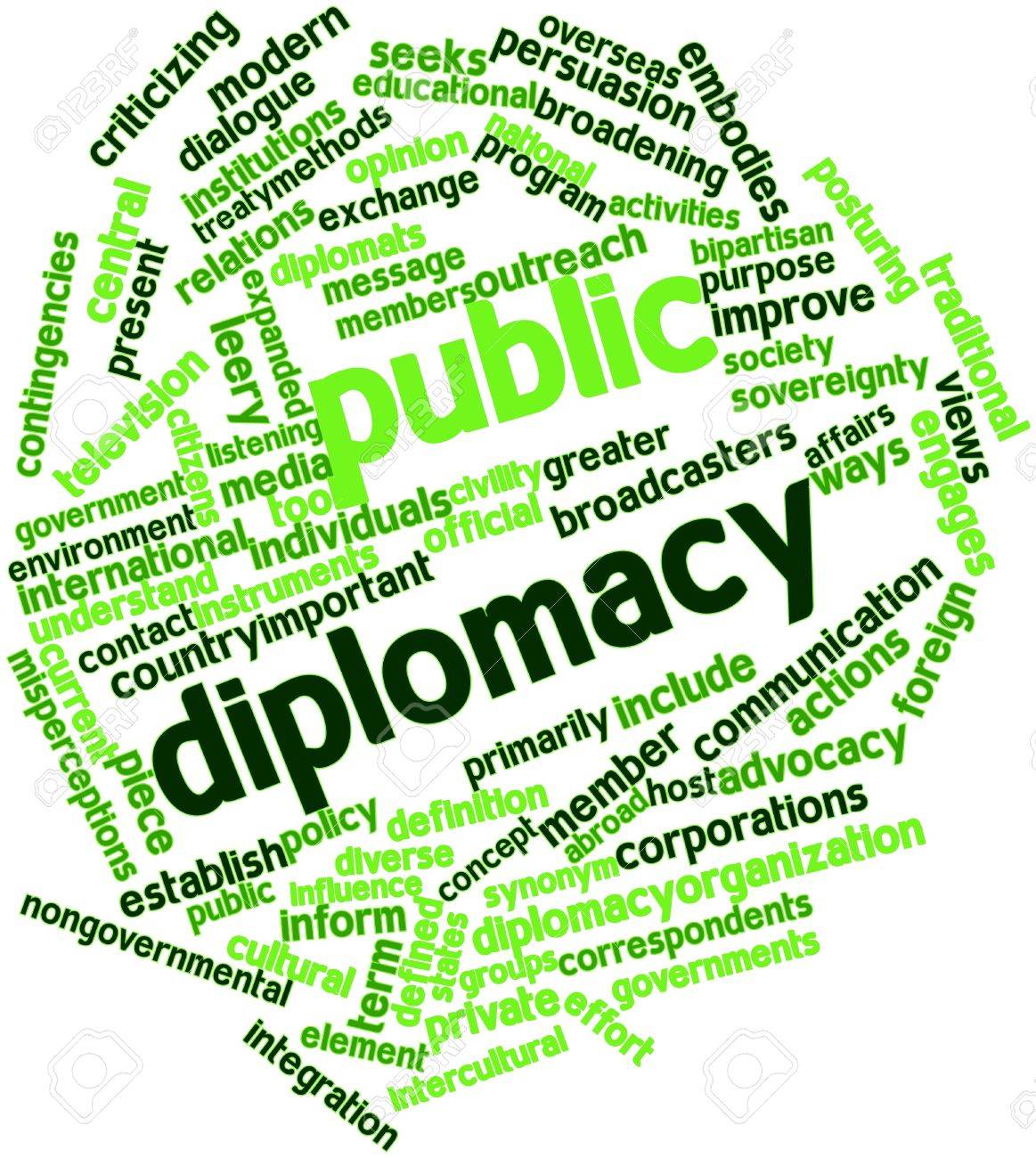
Public diplomacy: Taxonomies and histories
The text discusses public diplomacy, providing taxonomies and historical perspectives.

[TRENDS] Did you know? Emerging terms
There is a wide range of terms used to describe the use of electronic tools for meetings. Here's what we're observing.
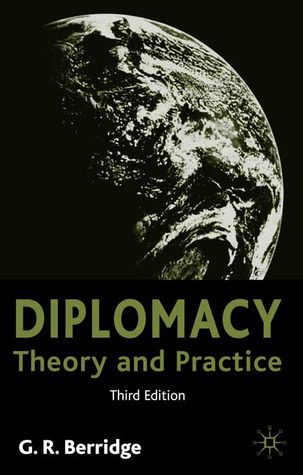
Diplomacy: Theory and Practice, 3rd edn
The text essentially discusses the concept of diplomacy, exploring both its theoretical underpinnings and practical applications. Diplomacy involves negotiation, communication, and relationship-building between different states to achieve common goals and resolve conflicts peacefully. It emphasizes the importance of understanding cultural contexts, utilizing soft power strategies, and maintaining open dialogue to navigate international relations effectively. Diplomacy is viewed as a key tool in promoting cooperation, preventing conflicts, and fostering mutual understanding among nations.

[HOW-TO] How to use Whereby for hosting an event
Developed in Norway, Whereby is an emerging conferencing platform that includes all essential features available in other frequently used platforms and offers much more!
The British Interests Section in Kampala, 1976-7
The message below provides an overview of the activities and challenges faced by the British Interests Section in Kampala between 1976 and 1977.
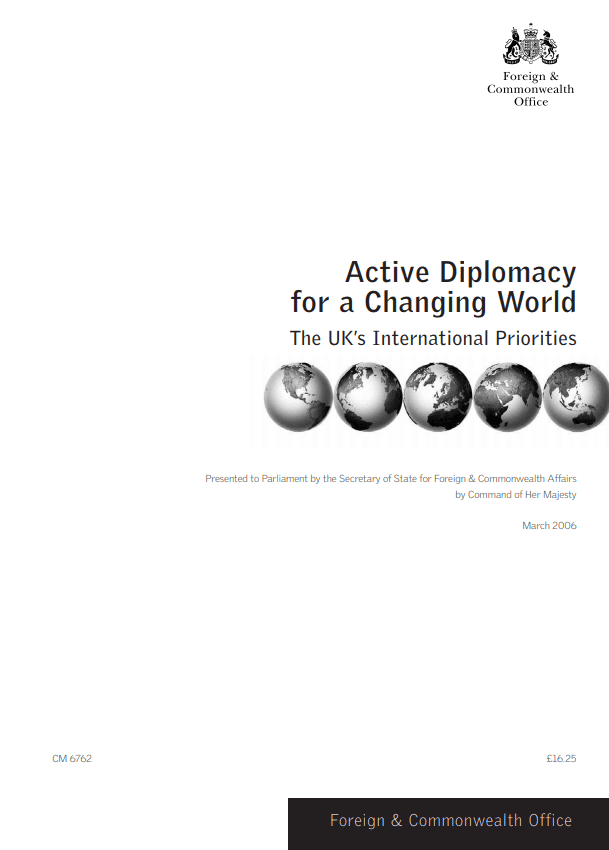
Active Diplomacy for a Changing World: The UK’s International Priorities
The UK's international priorities focus on active diplomacy in a changing world, emphasizing the importance of global engagement and cooperation to address challenges effectively.
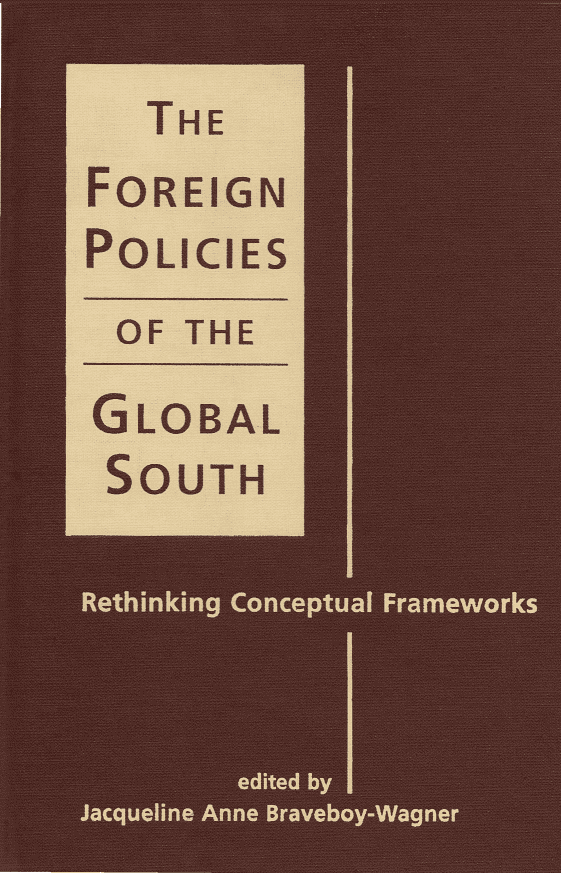
The Foreign Policies of the Global South: Rethinking Conceptual Frameworks
The text provides an analysis of foreign policies in the Global South and suggests reconsidering existing conceptual frameworks.

The Imperial Component in Iran’s Foreign Policy: Towards Arab Mashreq and Arab Gulf States
One of the most important developments the Middle East has witnessed in the 20th centaury was the success of the Iranian revolution of Islamist ideology, with ambitions to control.
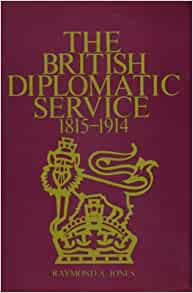
The British Diplomatic Service 1815-1914
The British Diplomatic Service from 1815 to 1914 showcases the evolution of a prestigious institution that adapted to the changing political landscape of the 19th century. This period saw the service expand its reach globally, employing both traditional aristocratic diplomats and a growing number of professionals. The diplomatic corps played a vital role in maintaining British interests abroad, while facing challenges such as increased international competition and demands for specialized knowledge. The period also witnessed the professionalization of diplomatic practices and the development o...

An Examination of the Role of Women in Conflict Management: Sierra Leone Case Study
This paper examines the role of women in conflict management, using Sierra Leone as a case study.

“Control yourself, Sir!”: A call for research into emotion cultures in diplomacy
This essay examines and seeks to explode the notion that diplomats are, or should be, immune to emotion in the conduct of their duties. It also discusses the concept of emotion cultures - cultural rules governing the experience and expression of emotion and suggests the possibility that modern diplomacy, perhaps a distinctive culture in itself, encourages the socialisation of diplomats into a distinctive, ostensibly global diplomatic emotion culture.
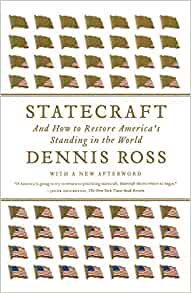
Statecraft
The essence of effective statecraft lies in the ability to navigate complex political landscapes with skill and insight. A proficient statesman must possess a keen understanding of power dynamics, diplomacy, and strategy to achieve their goals. By mastering the art of statecraft, leaders can successfully steer their nations through challenges and conflicts, securing their interests and promoting stability and prosperity.
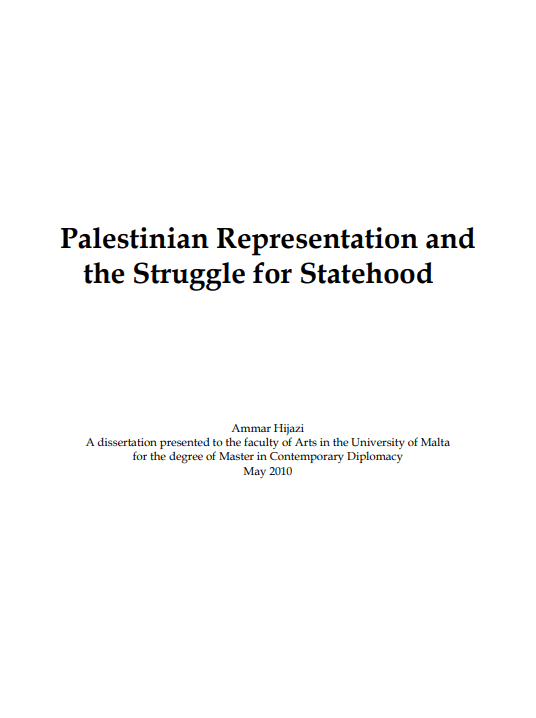
Palestinian Representation and the Struggle for Statehood
Abstract: Palestinian national identity evolved as Palestinians came under the rule of a colonial power with an agenda whose aim contradicted their very existence as a nation. Quickly, Palestinian political activists realized that forming a uniting and unified representative body that could engage the international and regional players was a political and practical requirement for the achievement of their national aspirations. But with the formation of the first Palestinian representative body, the struggle for independence began and with it, the crucial battle for recognition.
Meaningful Youth Engagement in Policy and Decision-making Processes | Our Common Agenda Policy Brief 3
Involving youth isn't about pandering to them; it's about making decisions more effective and restoring trust in public institutions. With social cohesion teetering and the stakes for the planet at an all-time high, their exclusion isn't just unfair; it's short-sighted. The Policy Brief suggests three key fixes: making youth participation mandatory in UN decision-making processes, expanding their role at all governmental levels, and creating a standing UN Youth Townhall.

The idea of diplomatic culture and its sources
To what extent does an independent diplomatic culture exist which permits diplomats to exert their own influence on the conduct of international relations? Insofar as such a culture exists, what does it look like, is it a good thing and, if it is, how is it to be sustained? This paper explores what we generally mean when we talk about culture and how we see culture operating in contemporary international relations. It sketches the basic elements of a diplomatic culture and discusses different accounts of its origins.

[HOW-TO] How to use Remo for hosting an online event
Remo is an online conferencing platform that enables users to enjoy the conferencing experience and human interaction in an online environment.
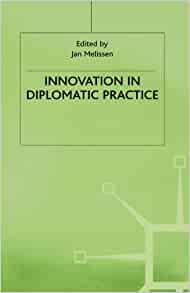
Innovation in Diplomatic Practice
The text discusses the need for innovation in diplomatic practice to address modern challenges effectively. Diplomats must adapt to changing dynamics, such as digital diplomacy and non-state actors, to achieve diplomatic objectives successfully. Traditional diplomatic methods may need to be revised or replaced to meet the demands of contemporary international relations. Innovation and creativity are essential for diplomats to navigate complex global issues and promote peace and cooperation among nations.
Major country diplomacy with Chinese characteristics
On July 30, Xi Jinping oversaw a meeting of the Politburo to discuss economic reform, ahead of the widely-anticipated discussions at Beidaihe leading up to the release of a new economic reform package at the Third Plenum in October (Xinhua, July 30). The official press provides no further detail about the meeting, but Premier Li Keqiang has described the center’s economic priorities at great length in recent months. Meanwhile, Xi has been busy consolidating power, gaining hold of what appears to be an unusually strong grasp of the party’s central apparatus. It remains unclear, howev...
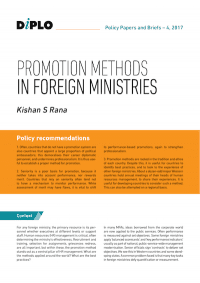
Promotion Methods in Foreign Ministries (Briefing Paper #4)
Ambassador Rana looks at promotion methods in foreign ministries around the world.
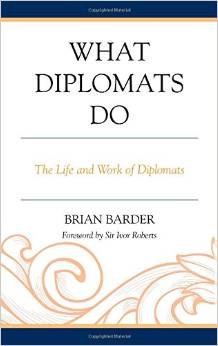
What Diplomats Do: The Life and Work of Diplomats
Sir Brian Barder’s book What Diplomats Do offers comprehensive insight into the life and work of diplomats. It deserves to be read by practitioners and aspiring practitioners of diplomacy, by students and teachers of diplomacy, and by anyone interested in what diplomats actually do. It crosses genres as easily as it addresses and holds the attention of a broad audience.
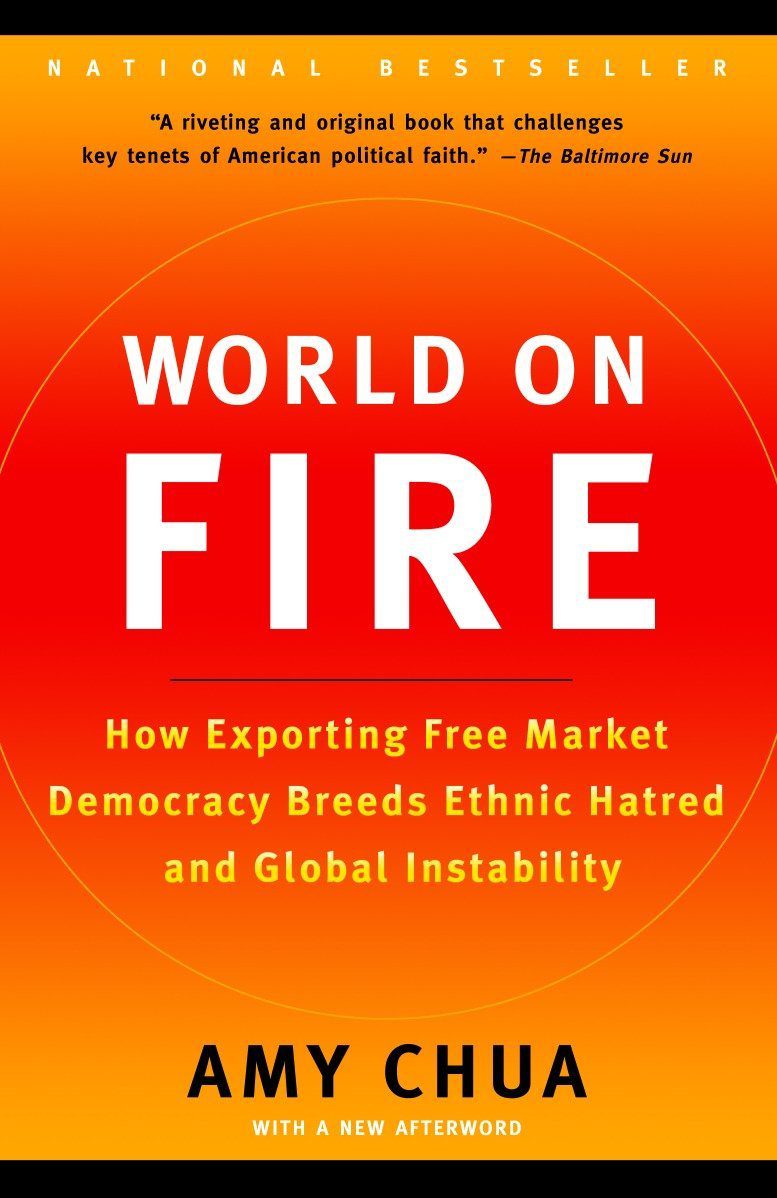
World on Fire: How Exporting Free-Market Democracy Breeds Ethnic Hatred and Global Instability
Markets only function optimally when there is perfect information. Joseph Stiglitz received the Nobel Prize in economics for proving that when there are asymmetries of information markets fail. Information economics, with its better analyses of labour, capital, and product markets, enables the construction of macroeconomic models that provide deeper insights into unemployment, recessions and depressions, and other problems that have marked capitalism since its beginnings.

Kosovo’s Final Status Negotiation Process: A Way Out or Cul de Sac
Kosovo's path towards independence proved to be a difficult, elongated and complex process that entailed political as well as legal implications that are argued by many scholars, and analysts nowadays.
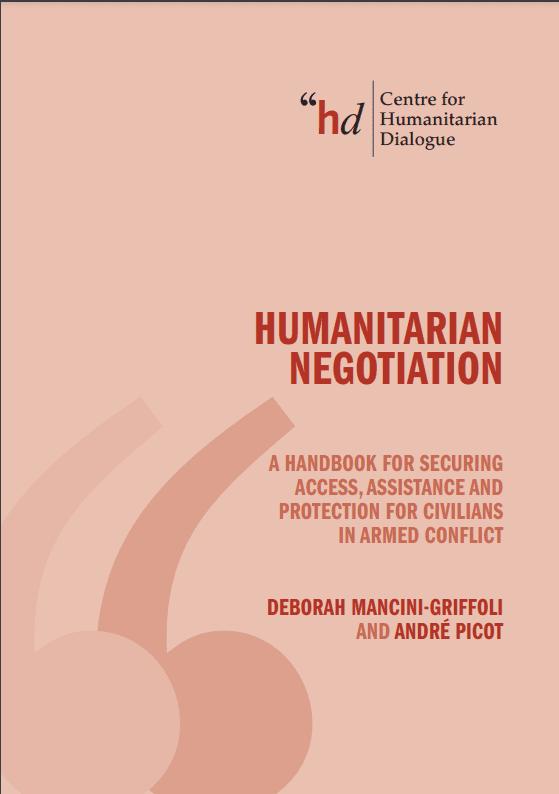
Humanitarian Negotiation: A Handbook for Securing Access, Assistance, and Protection for Civilians in Armed Conflict
This project would not have been possible without the many humanitarian workers who shared their negotiation experience with us. Interviewees are too many in number to be listed separately, but we would like to thank in particular the staff of the International Committee of the Red Cross (ICRC) in Geneva, Switzerland, and Macedonia, the staff of the United Nations High Commissioner for Refugees (UNHCR) in Geneva and Côte d’Ivoire, the members of Save the Children, representatives and inhabitants of La Maison Carrée and the refugee women of Treichville in Côte d’Ivoire, as well a...
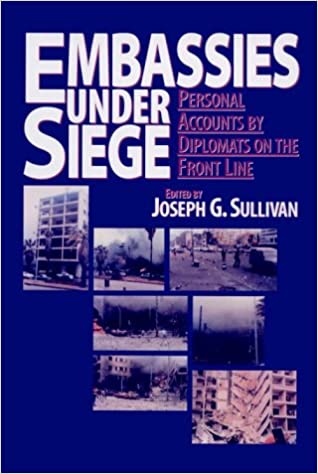
Embassies under Siege
The article discusses recent attacks on embassies around the world, highlighting the increasing frequency of such incidents and the challenges faced by diplomats in maintaining security. Diplomatic missions have become targets for various groups due to political tensions and conflicts, putting staff and facilities at risk. Governments are working to enhance security measures and protect their embassies in response to these threats.

Knowledge management and diplomatic training – new approaches for training institutions
Dietrich Kappeler analyses the new approaches for training institutions in knowledge management and diplomatic training, departing from the premise that a distinction is important between personal characteristics and qualities of the diplomat on one hand, and the knowledge and skills he needs to do his job on the other.
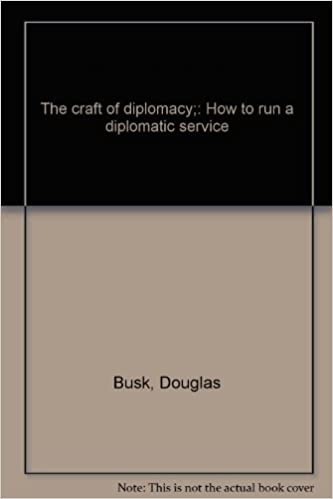
The Craft of Diplomacy: How to Run a Diplomatic Service
The text discusses the key aspects of diplomacy and how to effectively manage a diplomatic service.

[GUIDE] Turn that background off… or on
Context is the main victim in online events. With your light-hearted hat on, watch the 'incidents' captured on video. Plus, follow our tips for an incident-free appearance.
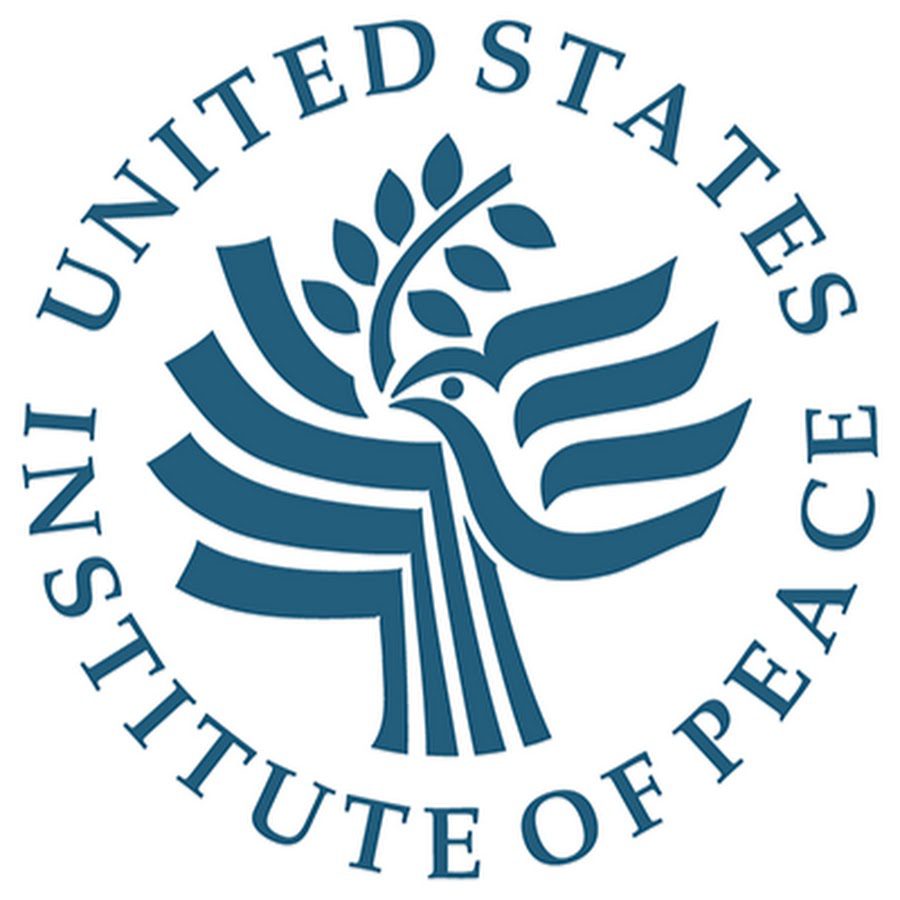
Peacemaker’s Toolkit
The Peacemaker's Toolkit is a resource that introduces principles and strategies for resolving conflicts peacefully. It discusses the importance of active listening, empathy, reframing perspectives, and collaboration in mediation. The toolkit emphasizes the value of communication, understanding, and cooperation in conflict resolution.
Track 2 diplomacy and Pakistan
Track 2 diplomacy refers to unofficial interactions involving non-governmental actors to facilitate communication and conflict resolution. In the context of Pakistan, such diplomacy can help bridge gaps between governments, promote understanding, and contribute to peaceful resolutions of issues.
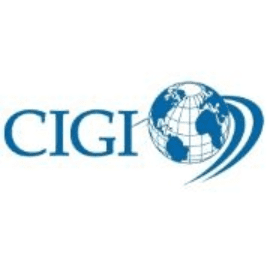
On the manner of practising the new diplomacy
The traditional model of diplomacy, founded on the principles of national sovereignty and of statecraft, is becoming less relevant as a field of new, influential actors enter the international system.
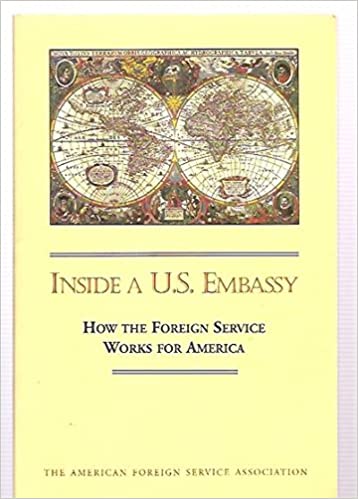
Inside the U.S. Embassy: How the Foreign Service Works for America
The U.S. Embassy and Foreign Service play essential roles in representing America's interests abroad and fostering diplomacy. The Foreign Service officers work diligently to promote American values, protect U.S. citizens, and advance global partnerships. Through collaboration with local governments and international organizations, they address complex challenges and work towards peaceful resolutions. The embassy serves as a hub for diplomatic efforts, supporting American citizens, businesses, and promoting cultural exchange. The Foreign Service's commitment to diplomacy, security, and humanita...

Diplomacy, Force & Leadership: Essays In Honor of Alexander L. George
The book "Diplomacy, Force & Leadership: Essays In Honor of Alexander L. George" is a collection of essays paying tribute to George's legacy in the field of international relations and national security studies. The essays focus on his work related to diplomacy, the use of force, and leadership in various contexts, showcasing the impact he had on shaping these areas of study.

Persuasion: importance of trust, relevance for small states, and limitations of computers
Dr George Vella, Minister of Foreign Affairs of Malta, argues that persuasion is central not only to diplomacy but also to society in general. He highlights three aspects of persuasion. First is the high importance of trust for persuasion: trust creates the context in which persuasion can be used.

British Heads of Mission at Constantinople, 1583-1922
British Heads of Mission at Constantinople from 1583 to 1922 is a detailed account of the diplomatic representatives representing Britain in the capital of the Ottoman Empire over a span of over three centuries. The book delves into the challenges, successes, and significant events faced by these diplomats during this time period, shedding light on the political dynamics and diplomatic relations between the two nations.
The Negotiator’s Secret: More than Merely Effective
The Negotiator's Secret: More than Merely Effective. This text elaborates on a powerful secret employed by skilled negotiators, emphasizing that true success lies not only in effectiveness but also in fostering genuine connections, understanding motivations, and building trust. It highlights the importance of empathy, active listening, and adaptability as key components for achieving favorable outcomes in negotiations.
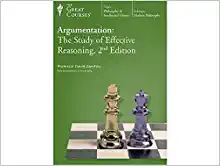
Argumentation: The Study of Effective Reasoning
The message emphasizes the importance of argumentation as the study of effective reasoning.
U.S. Propaganda in the Middle East – The Early Cold War Version
The text discusses the use of U.S. propaganda in the Middle East during the early Cold War era.
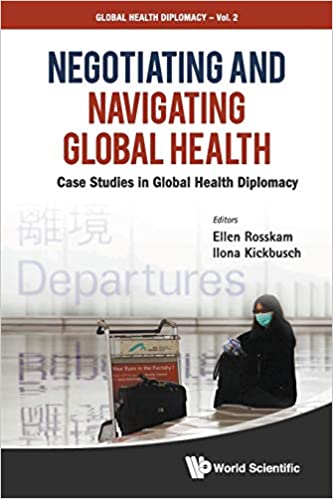
Negotiating and Navigating Global Health: Case Studies in Global Health Diplomacy
The text presents case studies illustrating the complexities and strategies involved in negotiating and navigating global health issues, shedding light on the dynamic intersection of health diplomacy and international relations.

[HOW-TO] How to use Teooh for hosting an event
Teooh is a social platform that enables creators and communities to engage in virtual live multi-way conversations.
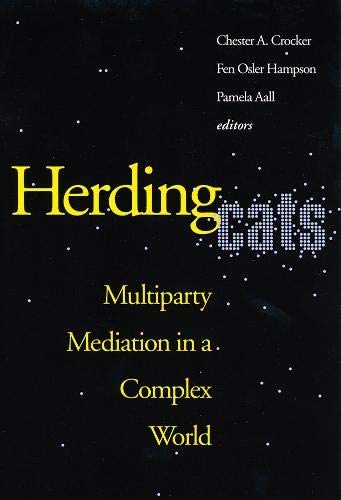
Herding Cats: Multiparty Mediation in a Complex World
This massive book is divided into three main parts, each of the chapters in which is a case study of a particular mediation written by an individual who played a key role in it. The three parts correspond roughly with a central concept of the book, the 'conflict cycle'. Thus the first part deals with cases of conflict prevention and management, for example 'Canada and the Crisis in Eastern Zaire' (Gordon Smith and John Hay). The second covers instances of the ending of violent conflict, such as 'The Road to Madrid' (James Baker). And the third treats cases of settlement and implementation, for...
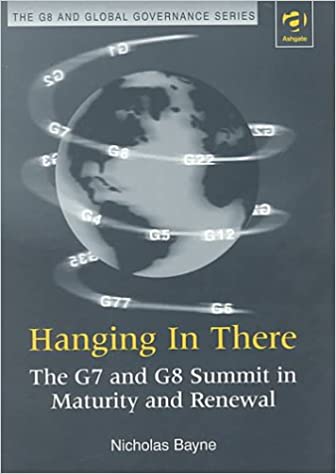
Hanging In There: The G7 and G8 Summit in Maturity and Renewal
The G7 and G8 summits have evolved over time, transitioning from a focus on economic issues to a broader range of global challenges. Despite criticism, they remain relevant due to their ability to adapt and address current issues like climate change and cybersecurity. The summits have provided a platform for dialogue and cooperation among world leaders, underscoring the importance of multilateralism in today's interconnected world.
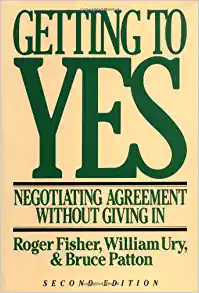
Getting to Yes: Negotiating Agreement Without Giving In
Getting to Yes" by Roger Fisher and William Ury presents a method of negotiation that focuses on reaching mutual agreements without compromising. Key principles include separating people from the problem, focusing on interests rather than positions, generating options for mutual gain, and insisting on objective criteria. The book emphasizes the importance of communication, understanding the other party's perspective, and creating solutions that benefit both parties. By implementing these strategies, negotiators can achieve successful outcomes while maintaining positive relationships.
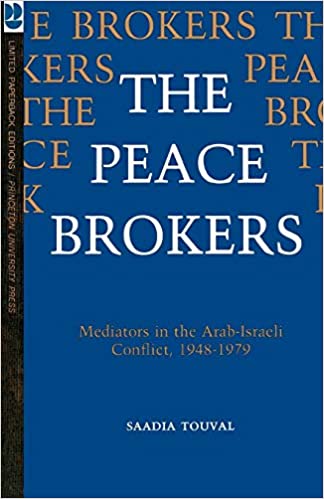
The Peace Brokers: Mediators in the Arab-Israeli Conflict, 1948-79
The text discusses the role of mediators in the Arab-Israeli conflict from 1948 to 1979.
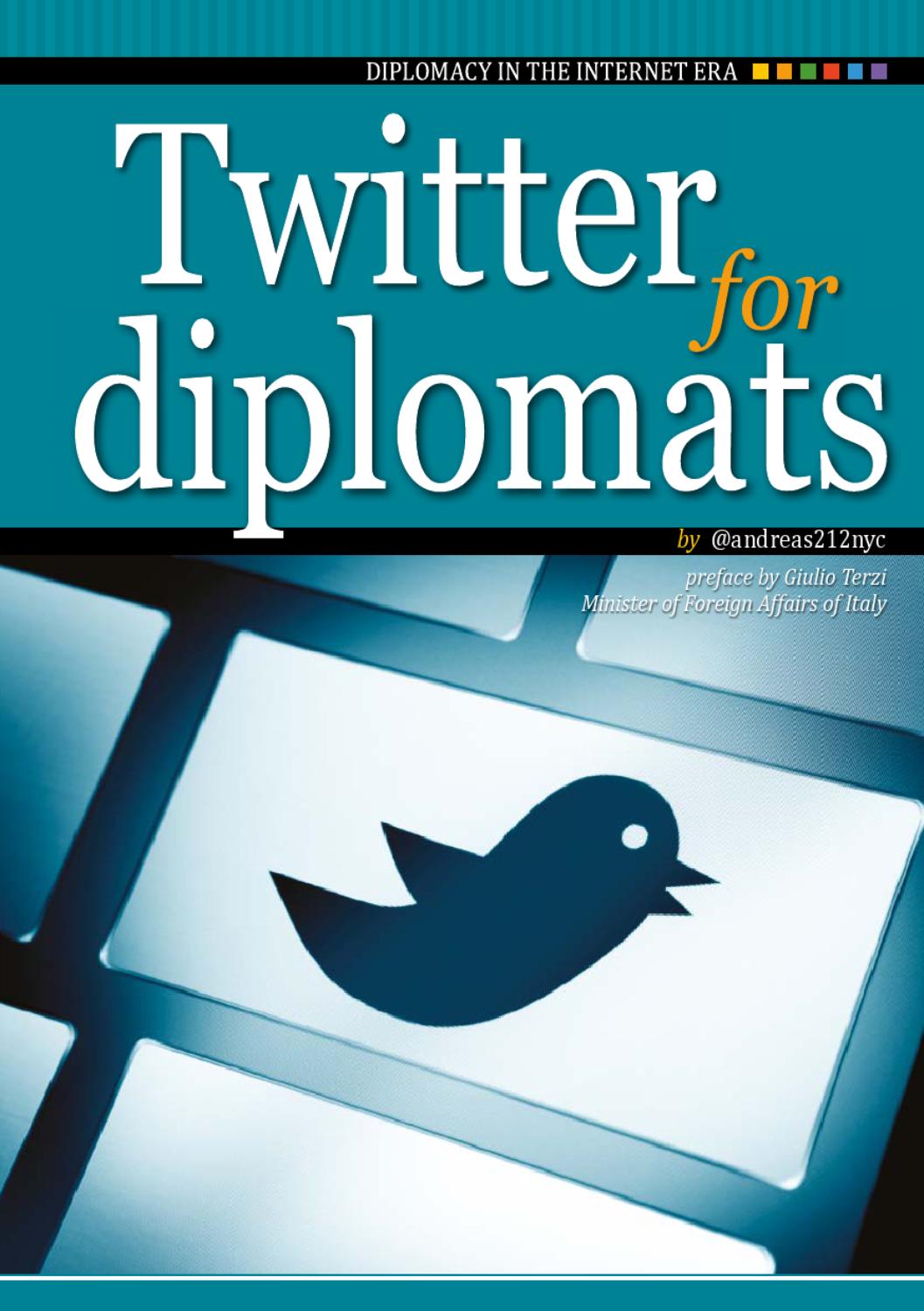
Diplomats on Twitter: The good, the bad and the ugly
The article discusses how diplomats are using Twitter, highlighting both the positive and negative aspects of their presence on the platform.
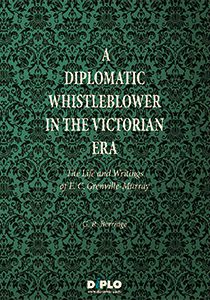
A Diplomatic Whistleblower in the Victorian Era: The Life and Writings of E. C. Grenville-Murray, Second Edition (Revised) 2015
Unlike Bradley Manning and Edward Snowden, the most well-known whistleblowers of the present day, Eustace Clare Grenville-Murray (1823-1881), the illegitimate son of an English duke and an actress who was also a lover of Lord Palmerston, did not make public highly classified documents. Instead, while serving as a diplomat behind the fragile shield of anonymity, he employed satire and ridicule in books, periodicals, and newspapers to attack the aspects of diplomacy he disliked.

Connectivity and networks rule: Virtuality, public diplomacy and the foreign ministry
The text discusses the impact of connectivity and networks on public diplomacy and foreign ministries, emphasizing the importance of virtual communication in today's world.
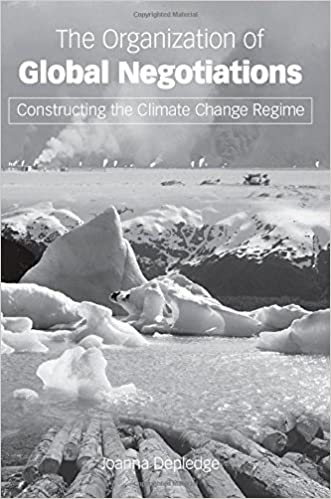
The Organization of Global Negotiations: Constructing the Climate Change Regime
The text discusses the importance of organizing global negotiations to construct the Climate Change Regime effectively.

[HOW-TO] Broadcasting yourself on social media
The number of social media users who follow livestreams has increased. With this in mind, you can broadcast yourself (and your speakers) directly on social media.
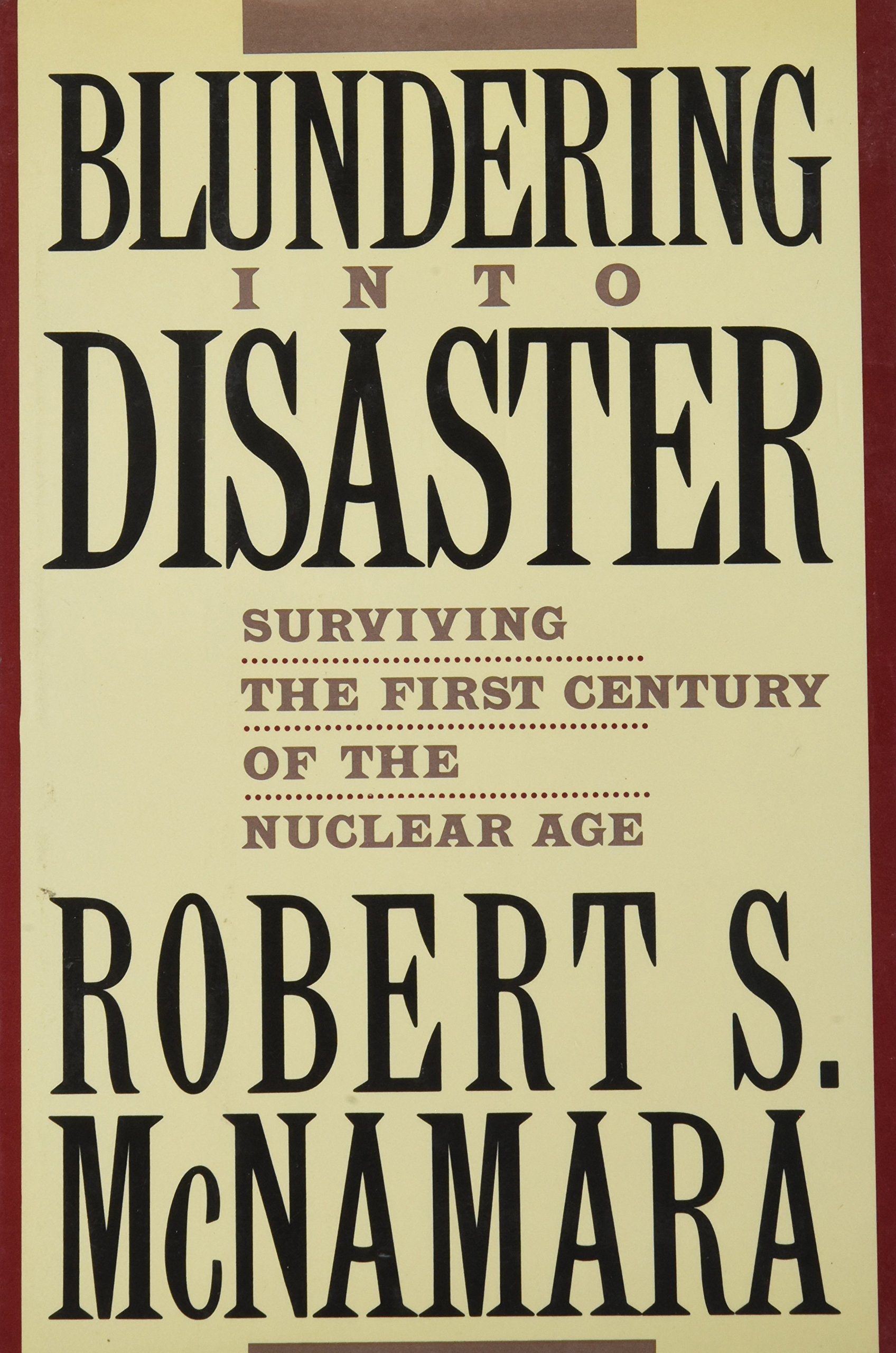
Blundering Into Disaster: Surviving the First Century of the Nuclear Age
Blundering Into Disaster: Surviving the First Century of the Nuclear Age" discusses the history of nuclear weapons, their impact on global politics, and the potential threats they pose to humanity. The book explores past nuclear incidents and the dangers of accidental nuclear conflict, emphasizing the need for responsible decision-making to prevent catastrophic outcomes.
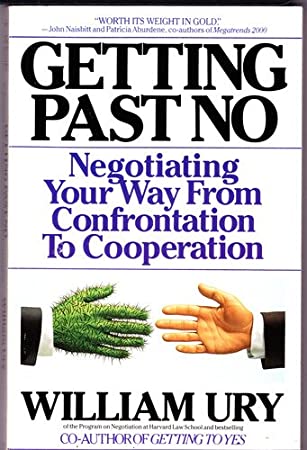
Getting Past No: Negotiating Your Way from Confrontation to Cooperation
The text titled "Getting Past No: Negotiating Your Way from Confrontation to Cooperation" discusses strategies for overcoming resistance in negotiations and finding mutually beneficial solutions.
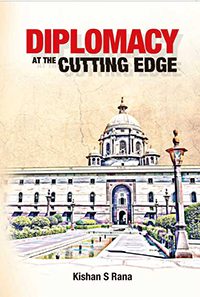
Diplomacy at the Cutting Edge
I started writing a memoire in 1998, but on a long train journey in Germany (Stuttgart to Essen), accompanied by my wonderful wife Mimi, a thought came that it might be much more interesting to write about how the Indian diplomatic system works – or does not really work. That became my first book, Inside Diplomacy (1999). Diplomacy at the Cutting Edge, first published in 2015, is that delayed memoire.
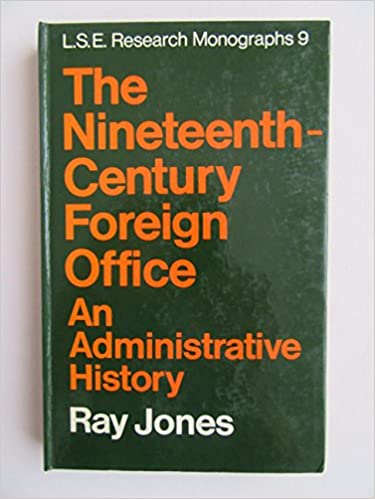
The Nineteenth Century Foreign Office
The Nineteenth Century Foreign Office discusses the evolution of foreign diplomacy during the 1800s, emphasizing the growth of Britain's diplomatic service, the influence of key diplomats and foreign secretaries, and the changing dynamics of international relations during this time period. It explores the impact of major events such as the Congress of Vienna, the Crimean War, and the development of the British Empire on the role and function of the Foreign Office. The article highlights the significant role played by diplomats and foreign secretaries in shaping British foreign policy and navig...

Global Health and the Foreign Policy Agenda
Global health initiatives are a vital component of foreign policy. Efforts to address healthcare challenges worldwide can improve international relations and promote stability. Investments in global health can yield benefits for both public health and diplomatic relations, demonstrating a commitment to global cooperation and solidarity. As the world becomes increasingly interconnected, prioritizing global health in foreign policy agendas is crucial for fostering a safer and more prosperous global community.

Japanese middle-power diplomacy
In the realm of international relations, Japan engages in middle-power diplomacy, showcasing its influence and capabilities while fostering beneficial relationships on the global stage.
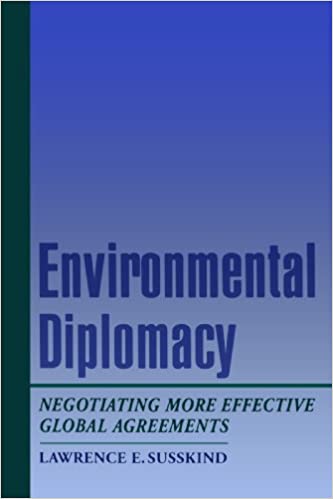
Environmental Diplomacy: Negotiating More Effective Global Agreements
The text is likely an article discussing the importance of environmental diplomacy in negotiating effective global agreements.
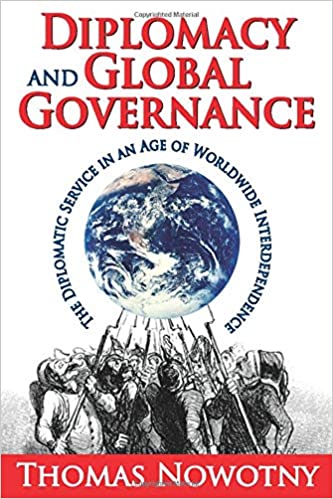
Diplomacy and Global Governance: The Diplomatic Service in an Age of Worldwide Interdependence
The text discusses the role of the diplomatic service in a time of global interdependence. Diplomacy plays a crucial role in ensuring cooperation and effective governance on a global scale, emphasizing the need for diplomatic efforts in maintaining peace and fostering international relations.

Discourse on the Art of Negotiation
The translators of this modest, entirely abstract but nevertheless rather uplifting work on diplomacy, first published in French in 1737, are not new to the task of making the writings of Pecquet, a senior official in the French foreign ministry in the early eighteenth century, accessible to English readers, having earlier translated his philosophical tract, Diverse Thoughts on Man.

[HOW-TO] Do’s and Don’ts for Online Hosts and Moderators
Should I encourage participants to use video? How long should the Q&A be? Oh, and do I allow speakers to use PPTs? We answer these and other questions in this How-to for online moderators and hosts.
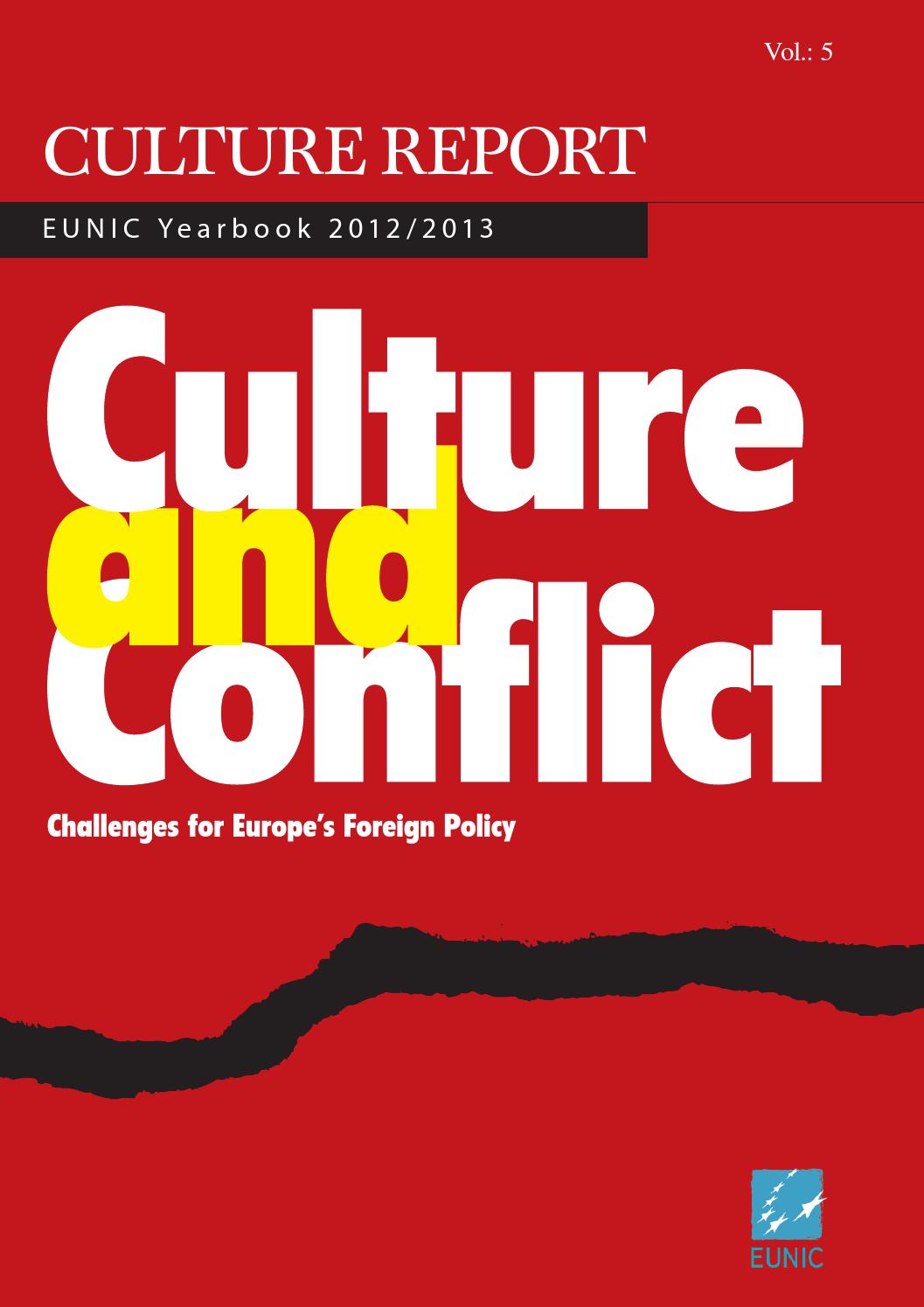
Culture and Conflict: Challenges for Europe’s Foreign Policy
The text discusses the challenges that Europe's foreign policy faces due to cultural differences and conflicts.
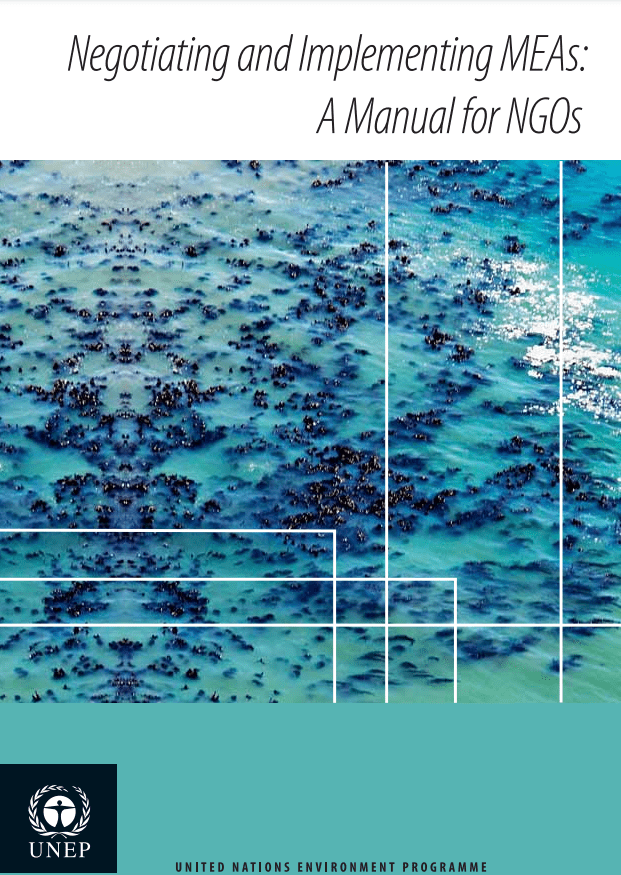
Negotiating and Implementing MEAs: A Manual for NGOs
The manual provides guidance for non-governmental organizations on negotiating and implementing Multilateral Environmental Agreements (MEAs). It offers practical advice and strategies for NGOs to effectively participate in these processes, ensuring their voice is heard and their expertise is utilized in shaping environmental policies at the international level.
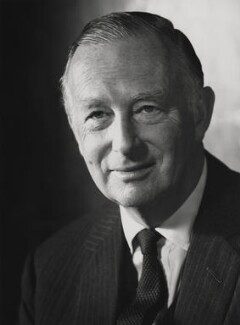
Report of the Review Committee on Overseas Representation
The Review Committee on Overseas Representation's report focuses on enhancing global presence and efficiency, recommending streamlining of processes, increased coordination between offices, and leveraging technology for better communication.

The Blair Years: Extracts from the Alastair Campbell Diaries
Reveiw by Geoff Berridge
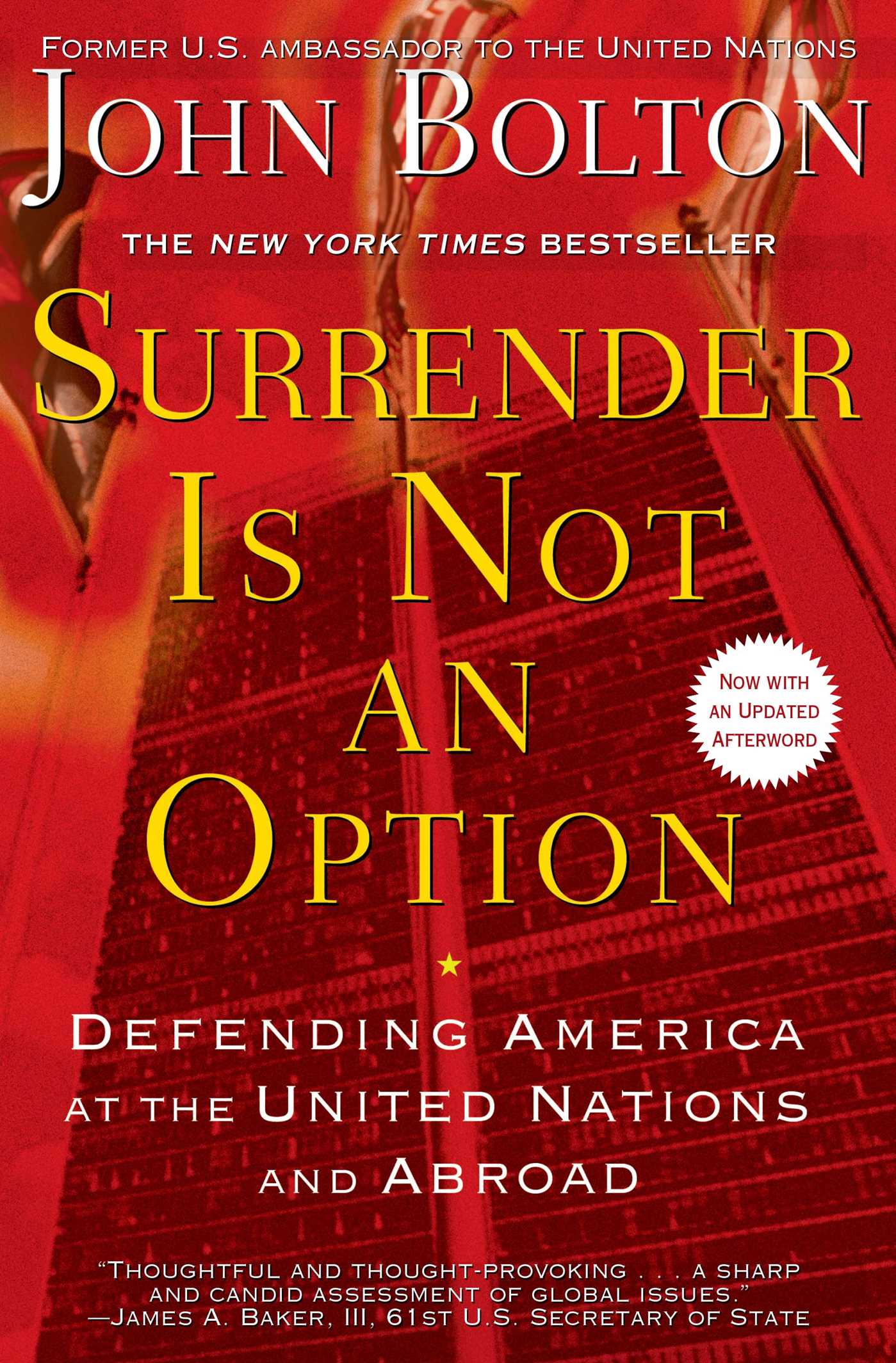
Surrender is Not an Option: Defending America at the United Nations and Abroad
In the book "Surrender is Not an Option: Defending America at the United Nations and Abroad," the author emphasizes the importance of standing firm in defense of America's interests, explaining that surrender should never be considered as a viable option in international relations. The book likely offers insights into strategies for navigating diplomatic challenges while maintaining a strong stance on key issues.
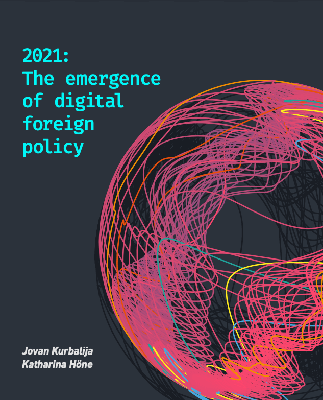
2021: The emergence of digital foreign policy
While digital tools, in particular social media, have been gradually introduced to the practice of diplomacy, many open questions remain regarding the impact of digitisation on foreign policy and the environment in which diplomacy is practised. This is where digital foreign policy becomes important. The report is available for download. The summary and recordings of the online conference 2021: The emergence of digital foreign policy are also available.

Oslo Ministerial Declaration – global health: a pressing foreign policy issue of our time
The Oslo Ministerial Declaration emphasizes the critical nature of global health as a pressing foreign policy concern.

Singapore’s Diplomacy: Vulnerability into Strength
Singapore is a practitioner of focused, innovative diplomacy, constantly in search of the political space for itself that would overcome its sense of vulnerability resulting from its geopolitical location.

A practitioner’s view
Part of Language and Diplomacy (2001): With examples from a detailed case study of the historical New Zealand Treaty of Waitangi, Aldo Matteucci shows us that the diplomat's job is to decode language. Matteucci writes that all language comes with "hidden baggage": hidden meanings and intentions, historical and political context, legal precedents, etc. In order to find these hidden meanings the diplomat needs a broad understanding of the context of a situation.
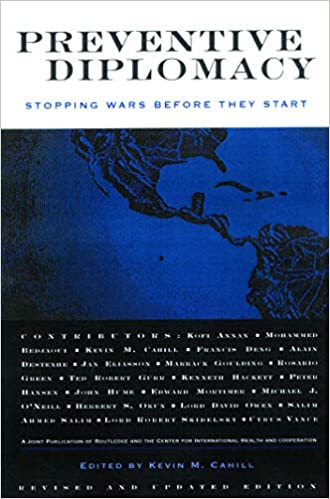
Preventive Diplomacy: Stopping Wars Before they Start
The text discusses the concept of preventive diplomacy as a proactive approach to preventing wars before they begin.
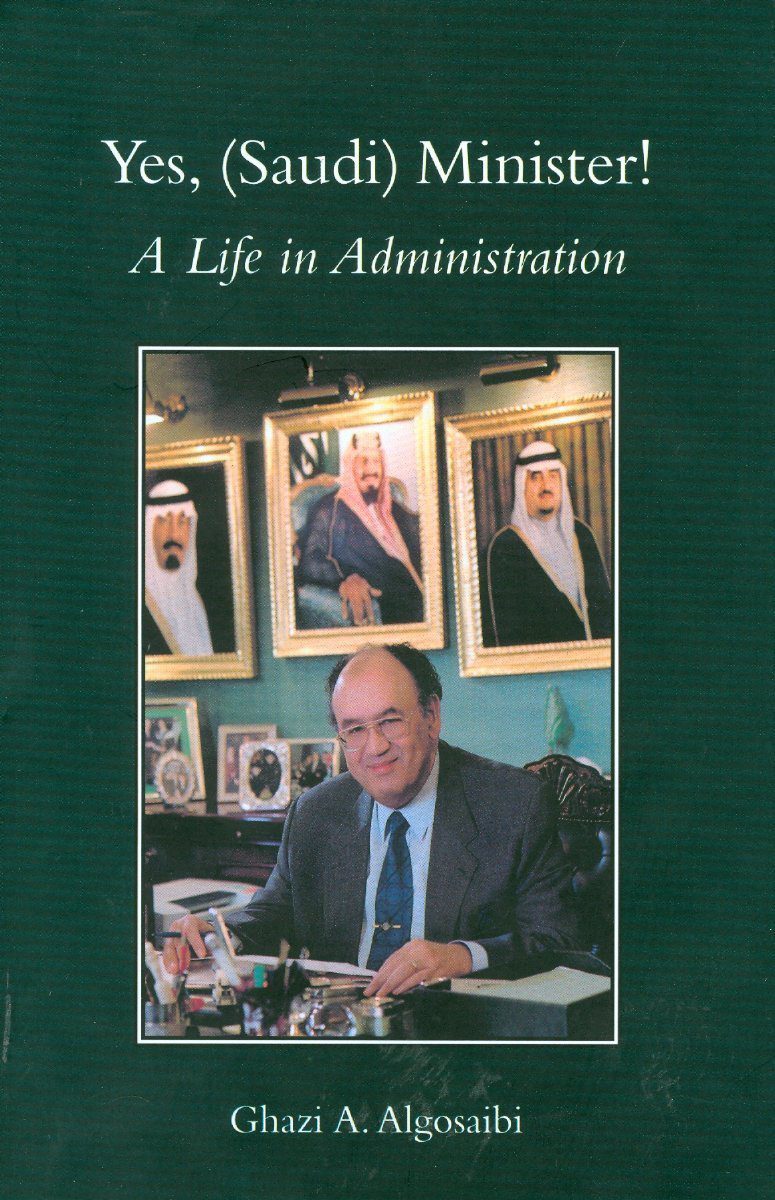
Yes, (Saudi) Minister! A Life in Administration
After a brilliant ministerial career in Riyadh, Algosaibi fell from grace at the Ministry of Health in 1984. This was the start of his diplomatic life, which commenced in Bahrain and continued in London. This is a shrewd and lively book.
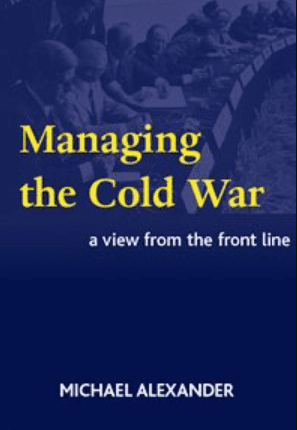
Managing the Cold War: A view from the front line
Michael Alexander, a Russian-speaking senior British diplomat who died in 2002, was a major behind-the-scenes figure in what he calls the ‘management’ of the cold war to a peaceful conclusion.
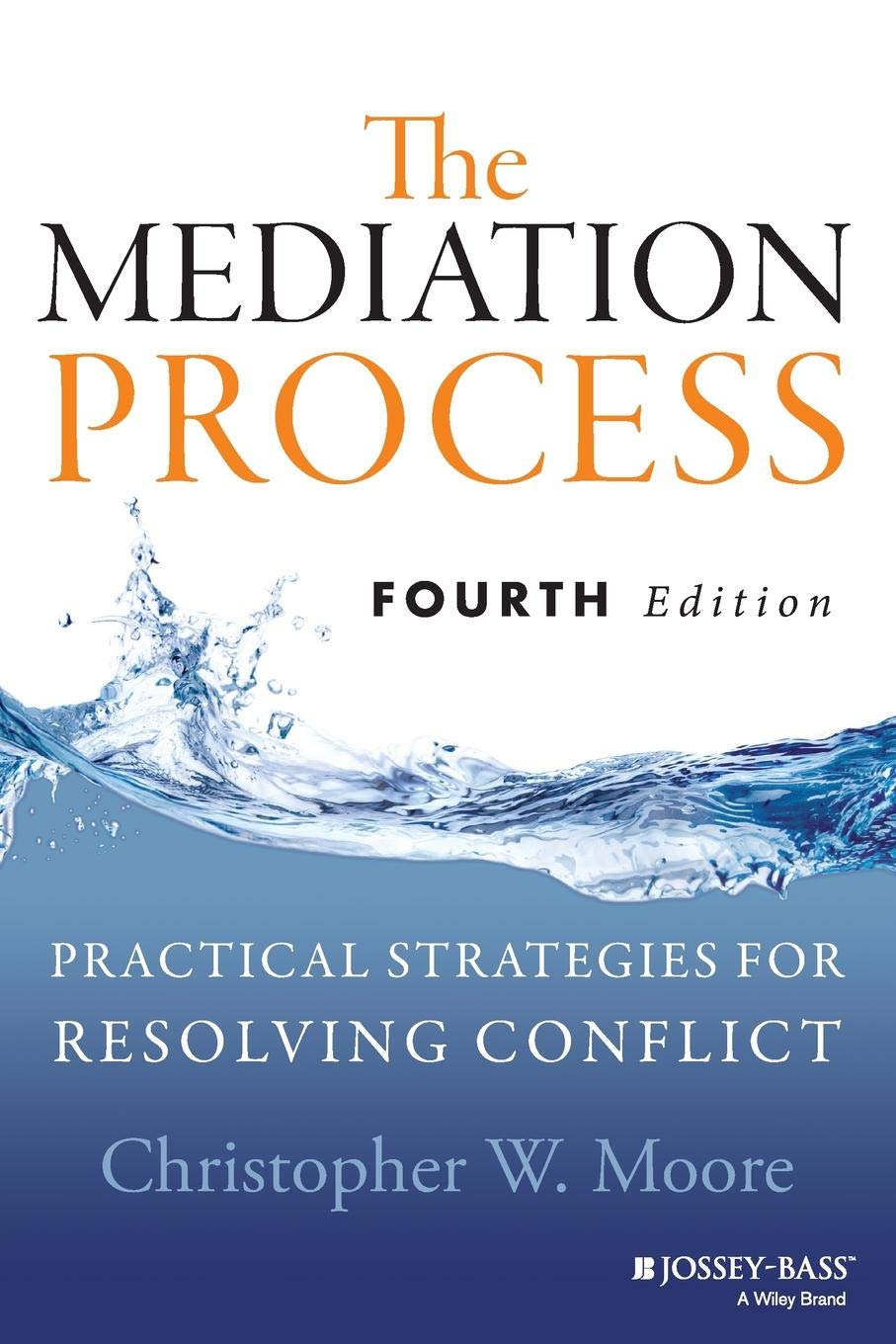
The Mediation Process: Practical Strategies for Resolving Conflict
The Mediation Process: Practical Strategies for Resolving Conflict offers guidance on effectively resolving conflicts through mediation.

Getting More: How You Can Negotiate to Succeed in Work and Life
The text is about the importance of negotiation skills in work and life, as discussed in the book "Getting More: How You Can Negotiate to Succeed in Work and Life.
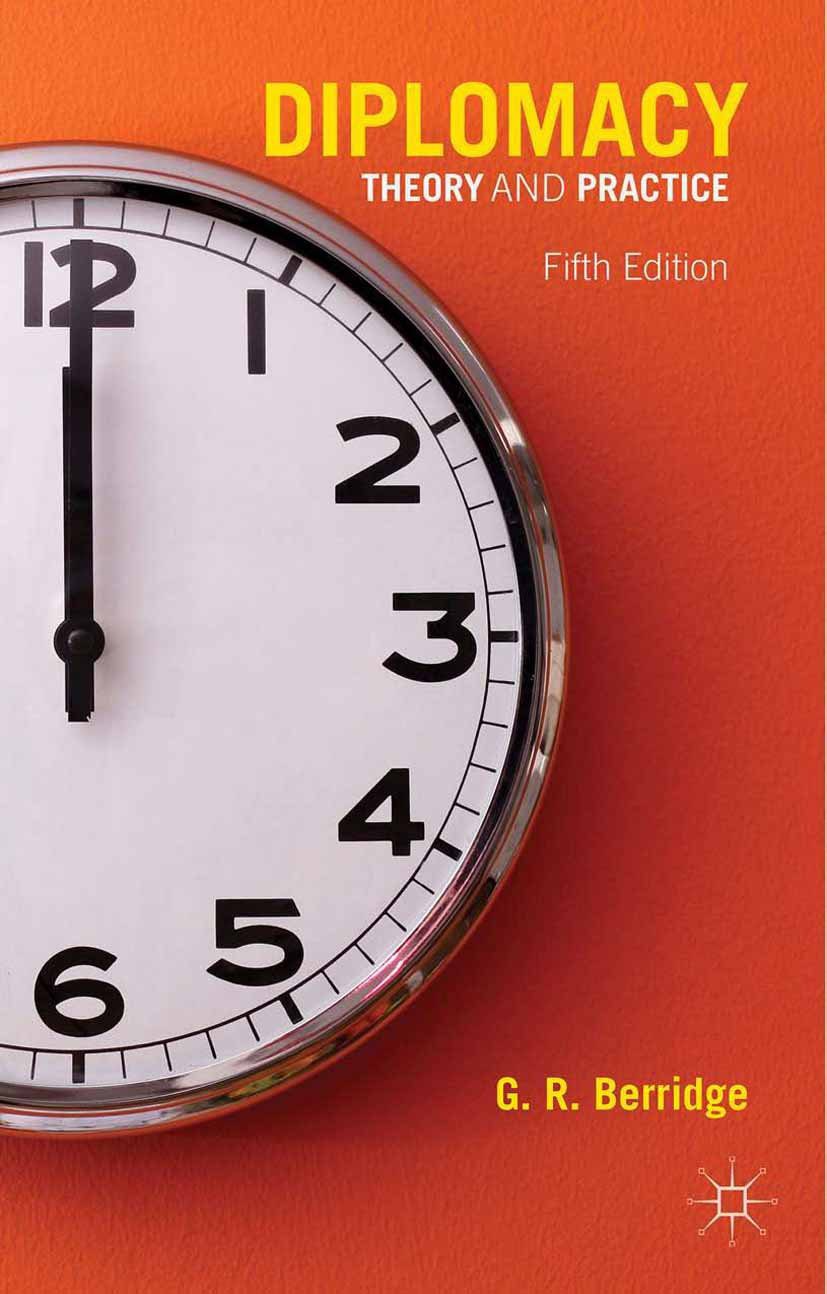
Diplomacy: Theory and Practice, Fifth Edition
In 2005, I reviewed the third edition of Diplomacy: Theory and Practice by G.R. Berridge as essential reading for Robinson Crusoe, had he been a student of diplomacy. We all know that eventually Crusoe ended his assignment on the foreign island and returned to his native country where he found himself a wealthy man for whom bibliography no longer had a role to play … unlike the rest of us, who have continued to practise diplomacy and read books about it.
The latest from Diplo and GIP
Tailor your subscription to your interests, from updates on the dynamic world of digital diplomacy to the latest trends in AI.
Subscribe to more Diplo and Geneva Internet Platform newsletters!
Diplo: Effective and inclusive diplomacy
Diplo is a non-profit foundation established by the governments of Malta and Switzerland. Diplo works to increase the role of small and developing states, and to improve global governance and international policy development.


